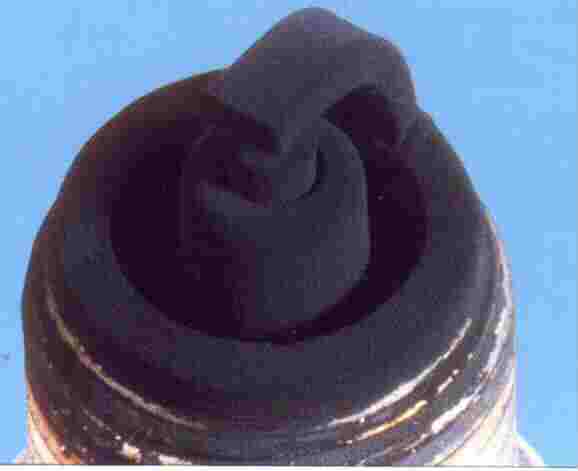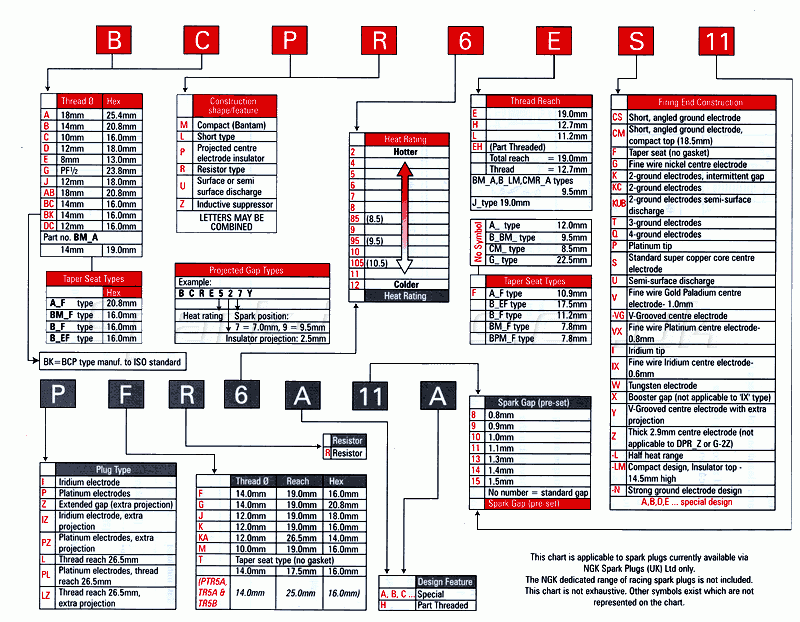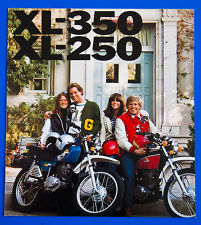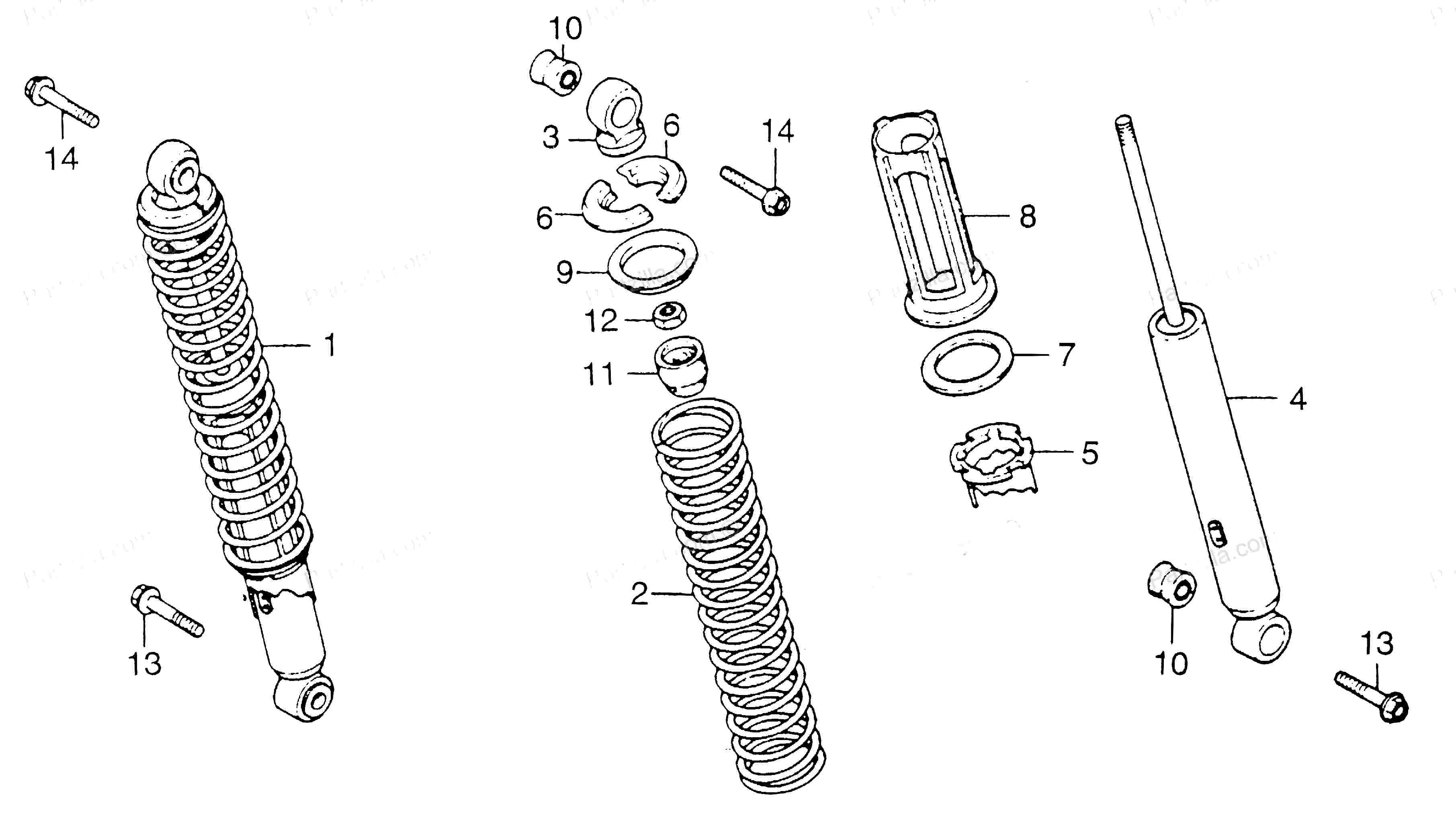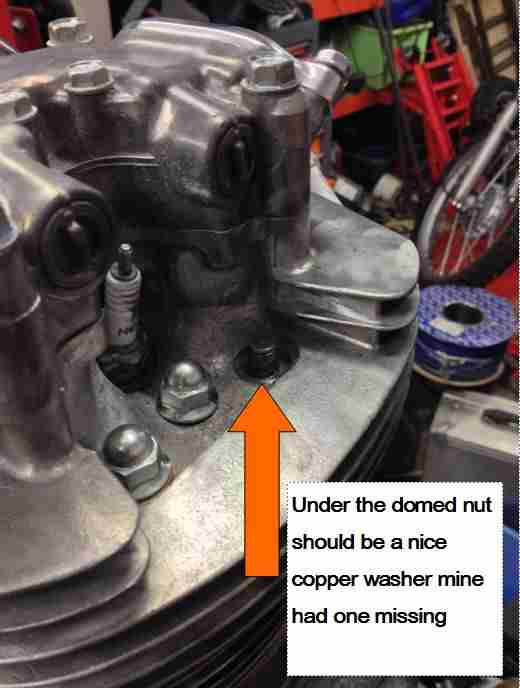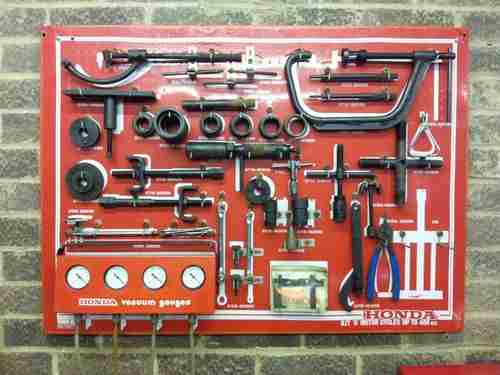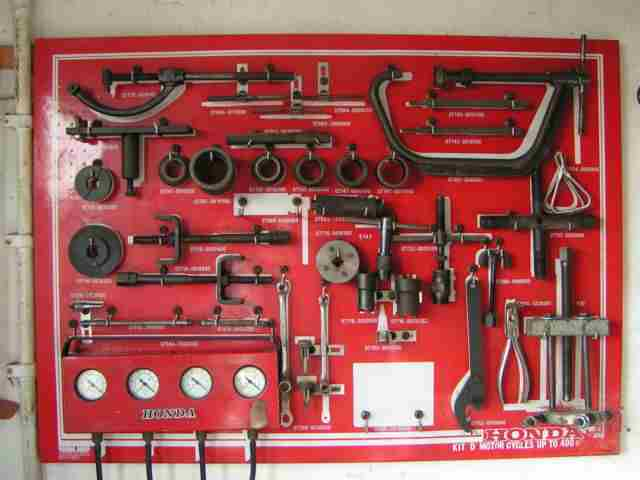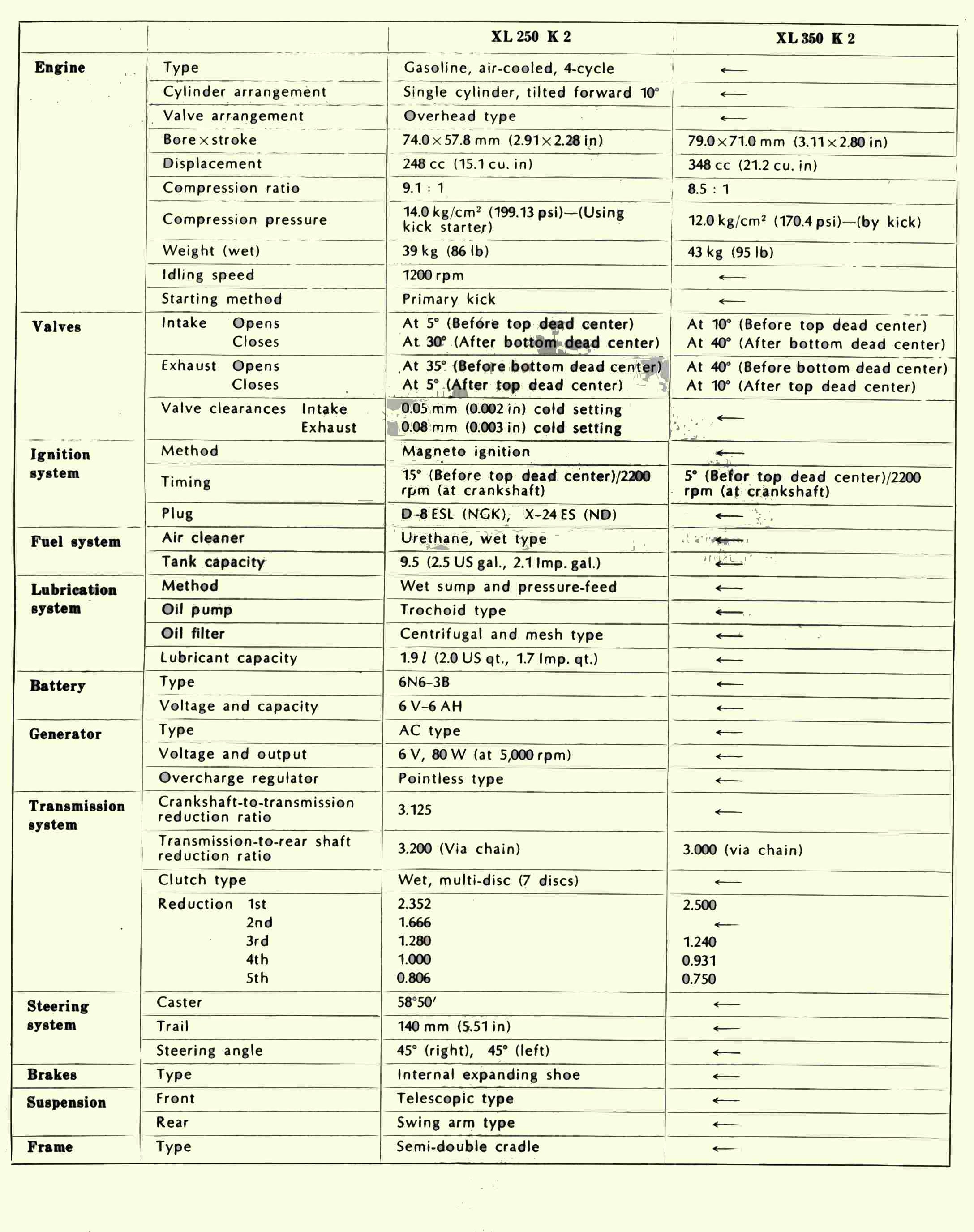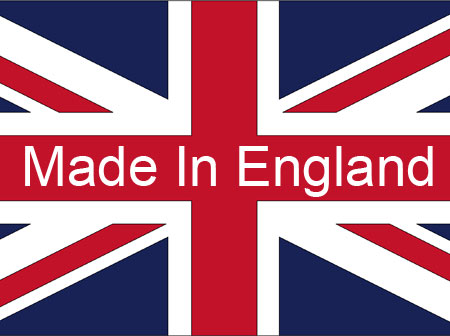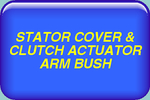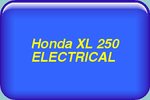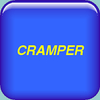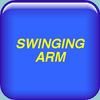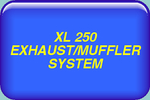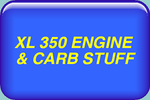G'day Sport! Crikey! Are you using your Sheila's computer? Welcome to my ripper Honda XL250K3 website!
Warning: there may be some Honda XL350 stuff here too! Oh yes, and sometimes I stray into random nonsense if I feel like it.
Congratulations! You have stumbled upon the best kept secret on the internet!
(In order to count you apparently this service uses an American biscuit so by reading this and carrying on reading I expect you to agree to that. The biscuit may be chocolate, maybe not).
...yet already visited by forty three thousand of the most highly intelligent and cunning internet users from all over the world and you are one of them!! The counter only counts you once no matter how many times you visit.
Tech tip: 'This website is best viewed on a computer, tablet device or smartphone' (actually it is fairly crap on a smartphone) so my advice is to buy a proper computer.
Oh yes, motorbikes...
Honda was founded by a nice man in Japan called Soichiro Honda and who looked like this:
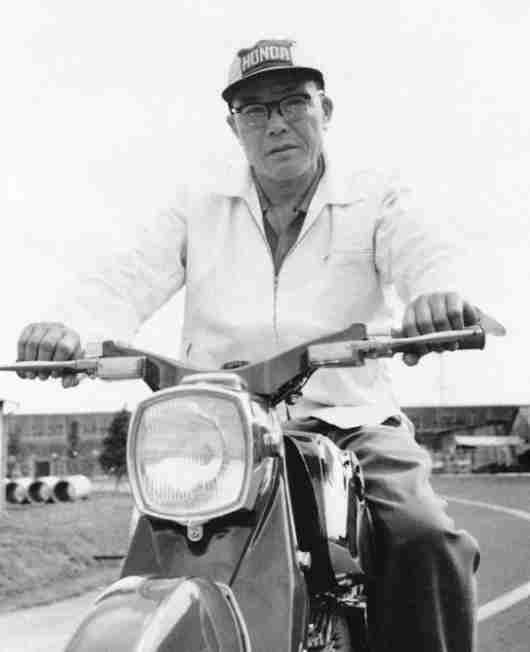
and who once said “Real happiness lies in the completion of work using your own brains and skills."
Mr. Honda was a mechanic who managed to develop his own design for piston rings back in 1938.
At first he tried to sell the design to Toyota but they declined, which made him determined to start his own company; on September 24th 1948 Honda Motor Co. was officially founded.
In their early days, Honda produced scooters and motorcycles and the first Honda model was the A-Type, in 1947. Some idiots don't consider this a full-fledged Honda motorcycle because it came out the year before the Honda Motor Company was formally founded; however, it says Honda Motor on the fuel tank and that is good enough for me.
The first bike under the formal Honda brand was released in 1949 and was called Dream D-Type. It produced around 3 horsepower and had a full 98cc. After this came their first big seller, the 146cc, OHV, four-stroke E-Type Dream which reached a production capacity of 130 units per day by October 1951.
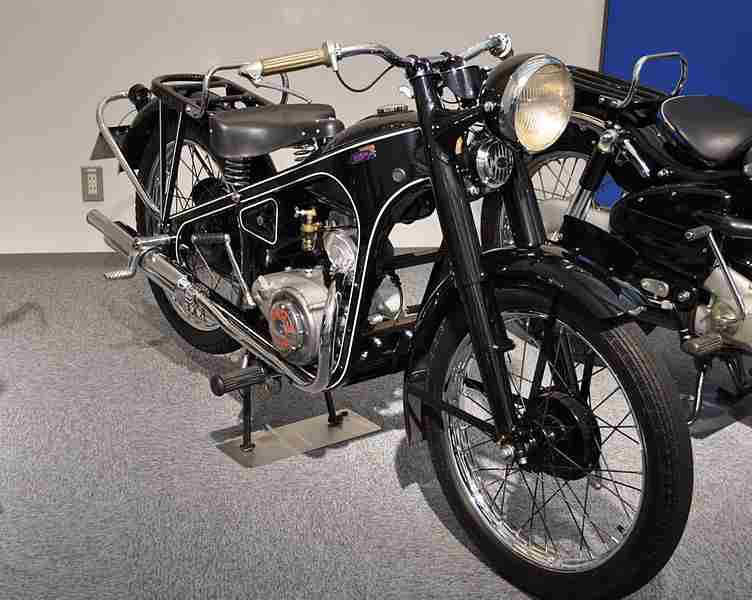
One year later, they made the F-Type, which had a 50cc two-stroke engine which took over the two-wheeler Japanese market producing 6,500 units per month. In 1953 they made the J-Type Benly, and in 1954 (hey I was born in 1954!) the 200cc scooter Juno, and in 1957 Honda introduced their first twin-cylinder bike, the legendary 250cc OHC four-stroke C70 Dream.
in 1959 Honda opened its first storefront in Los Angeles with six industrious employees.
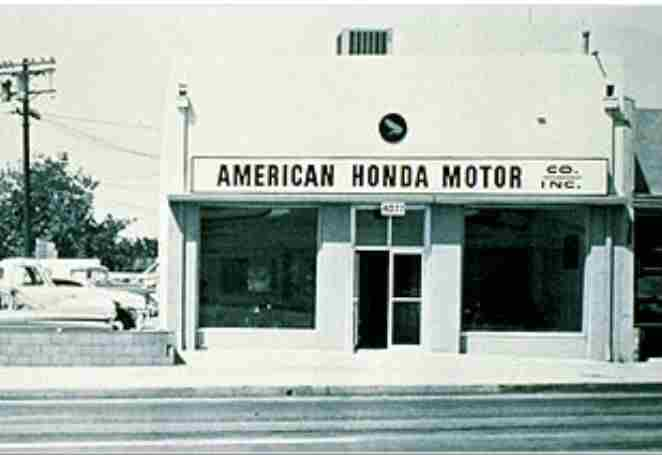
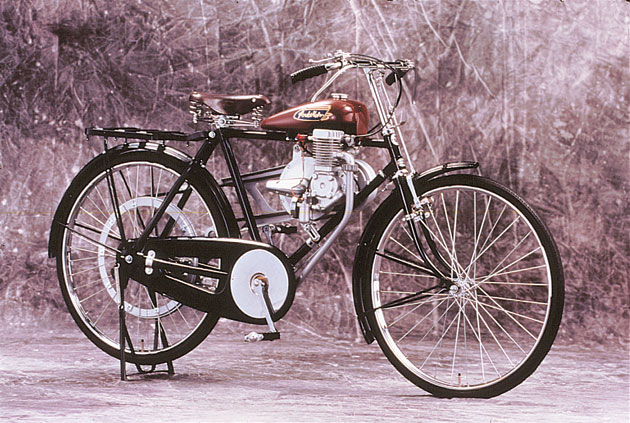
The first Honda production bike from 1947 the A-Type, a bicycle with an engine.. the 2 stroke engine was bought in as ex-army surplus and intended to power small generators, made by Mikuni who still sell carburettors.. because gasoline was in short supply, Honda adapted his motors to run on turpentine, a fuel that he himself distilled from pine trees and sold throughout Japan. Turpentine (or gas/petroleum thinned out with turpentine) was not the best thing for powering motorbikes, and required a lot of strenuous pedaling to warm the engine up enough before you could get going. Because the motorbike gave off a lot of smoke and a stench of turpentine it was known as the "Chimney".
This is however not a Honda History website so lets jump forward...
thirty years later...... 1976 Honda XL250K3 brand new for only £655 GBP! This would have been $1,125.76 USD.
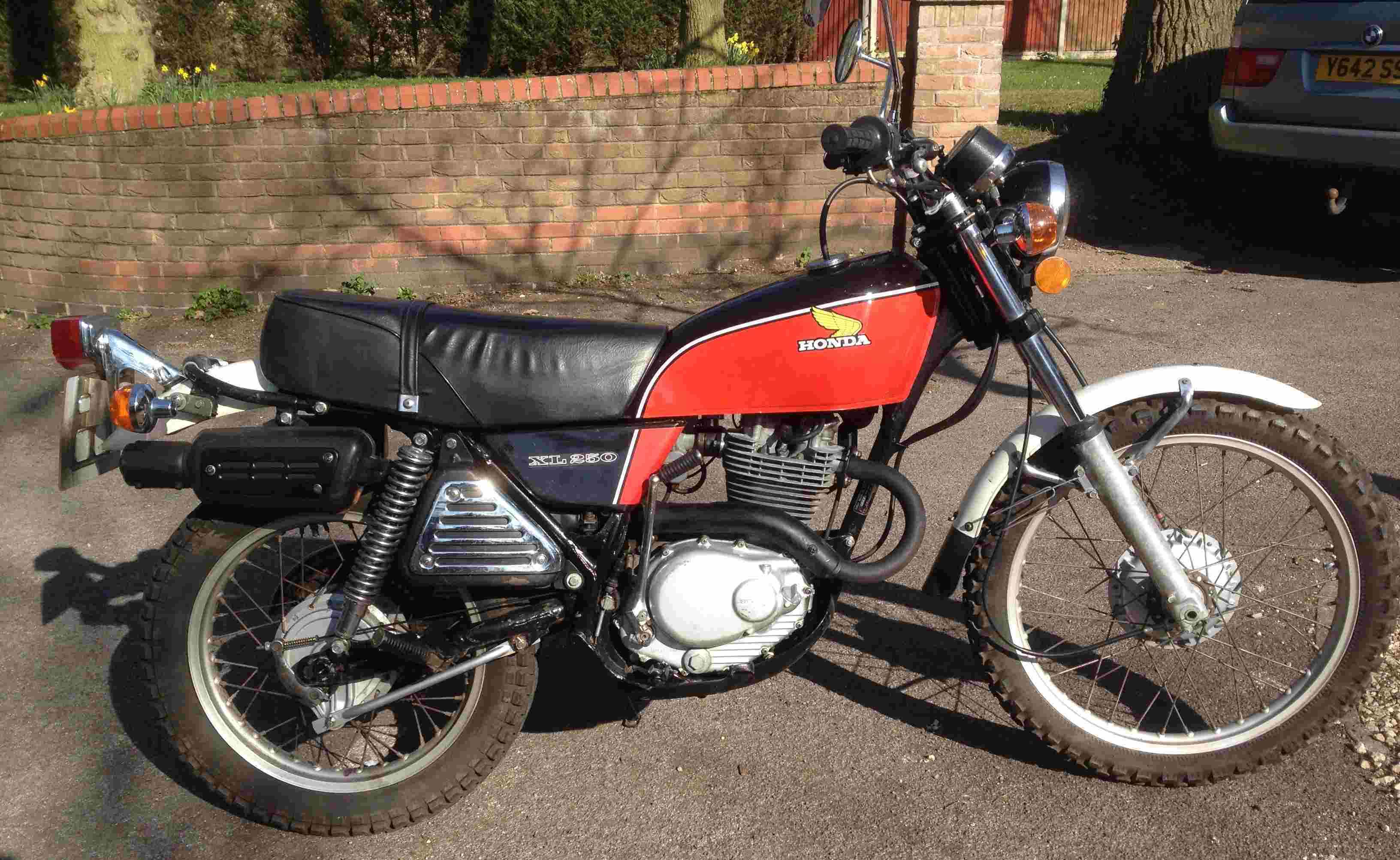
Yeah I know it's a newer piccy that opens. That's my BMW X5 2001 in the background.
The above photo is of the one I have on the road, taken spring 2013. It is not perfect or a prize winner or anything, but is pretty complete and nearly original. Well it is now. I'd call it a survivor. It was first registered in the UK on 7th June (which is coincidentally Lovely Wife's birthday) 1976.
Notice how the fork legs are high in the triple tree? That's because I have short legs...actually it changes the fork castor (nice Honda san even puts a series of rings round the top to help make sure they are set the same each side) and makes for quicker steering on the highway as opposed to off road.
By the way, this site is best viewed if you hold down the ctrl key (bottom left on keyboard) and press the + sign key a few times; try it, you'll see how much better that is.
The name often given to single cylinder 4 stroke (long stroke) engines is a 'Thumper' , beloved for their simplicity, the way they harness their power and transfer it to road speed with a 4 cycle/flywheel combination and the ideosyncratic noise the exhaust makes at tickover ie. "thump,thump thump" .....
'Enduro' means a bike that can be used both on and off road, on purpose; other road bikes can go off road, often not on purpose, accompanied by broken ribs etc.
Click the pictures on this site for a higher definition version but they all may be slow to load if you have dial up... I have super-fast broadband so I don't really care.
Thanks to Karl Johan of Denmark (a nice place, the whole country is built entirely of Lego bricks, honestly, I have been there......and Denmark has very friendly locals - I remember once being a bit drunk in a place called Skagen in the north)......

here is a period sales promotion video for the XL250K3 he found on You Tube!
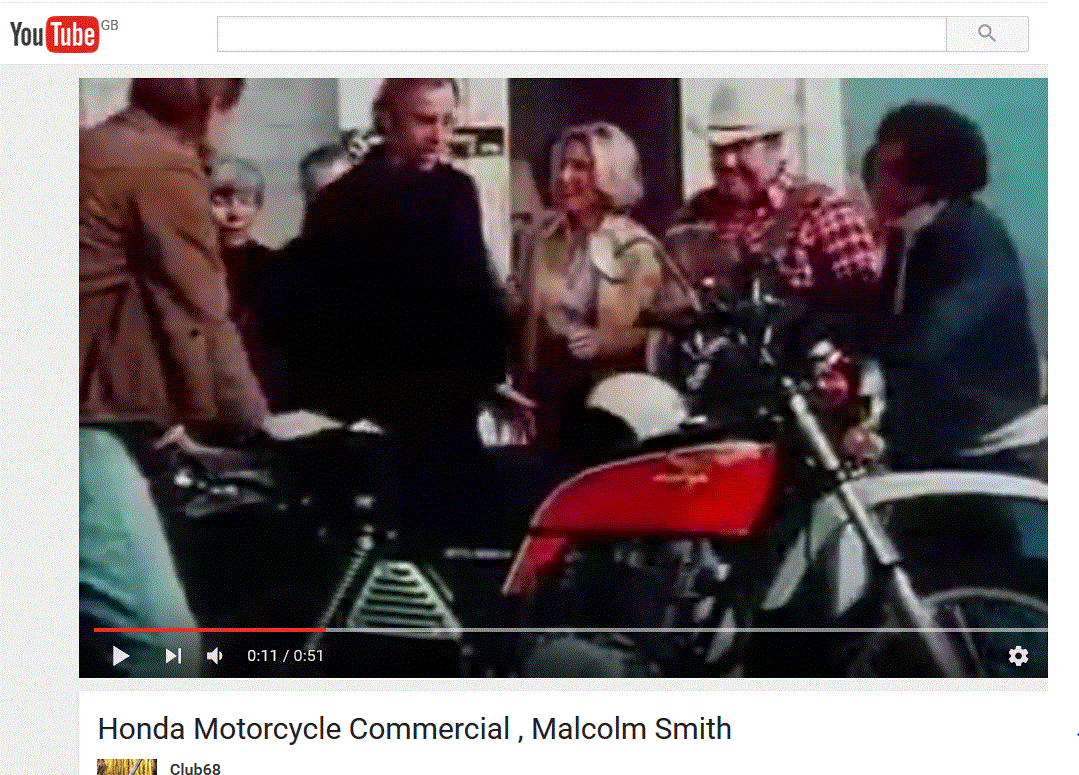
after you watch it use the back button on your browser to return here.....
Here is one restored by someone whom Groundskeeper Willie 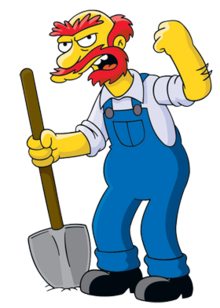 calls a cheese eating surrender monkey, in France, belonging to M. Clement Bour it's very very nice indeed.
calls a cheese eating surrender monkey, in France, belonging to M. Clement Bour it's very very nice indeed.
However, note yellow headlight bulb, chromed or plated exhaust pipe and flange not black, pierced not plain pipe heatshield, black springs not chrome, and different pattern mirror stems... I envy the lovely rear carrier which he got from ebay Germany. There is a high def picture if you click it.
Clement managed to get a NEW exhaust online and also a new tank. These items are as rare as hen's teeth.
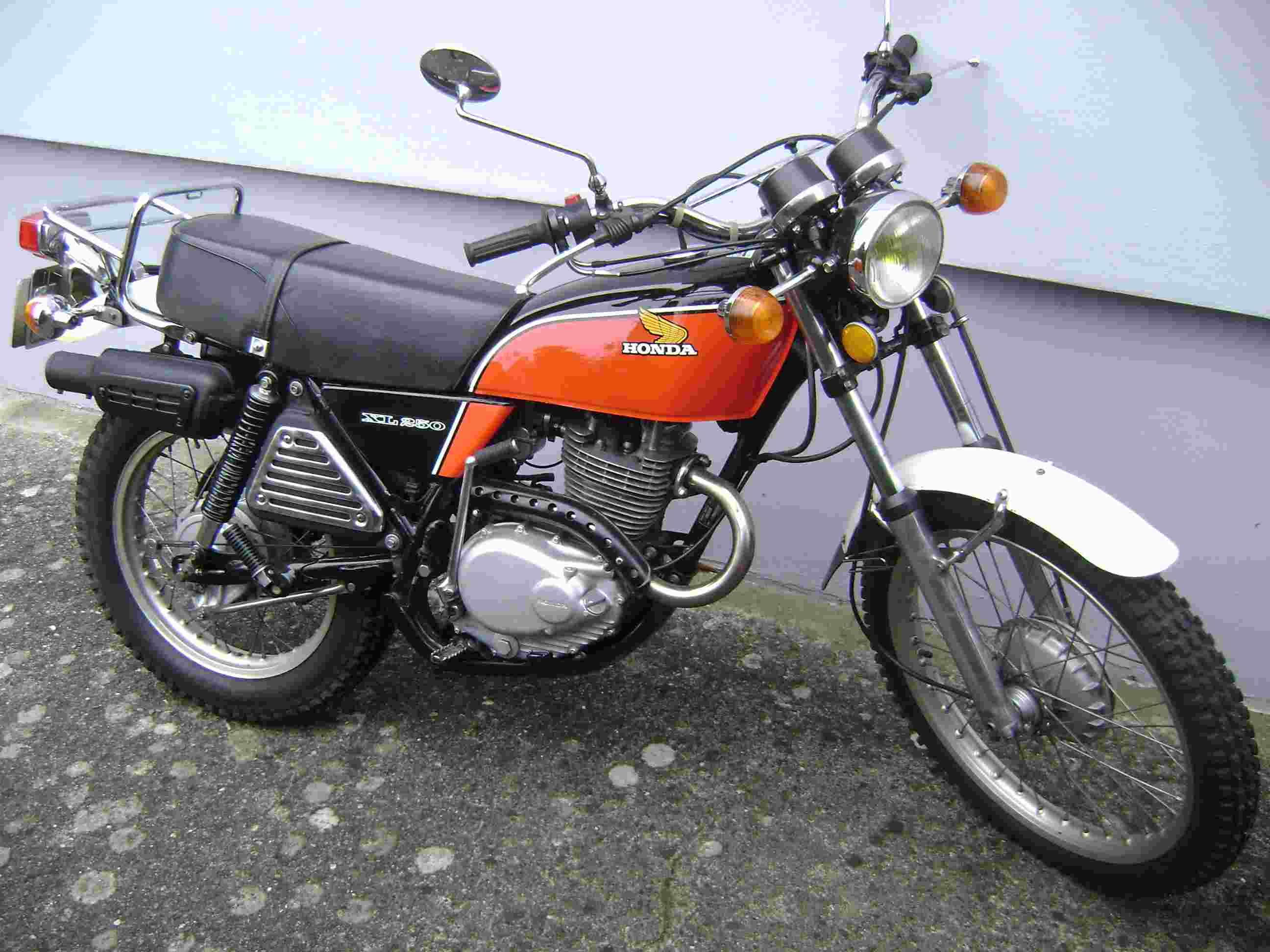 and the other side
and the other side 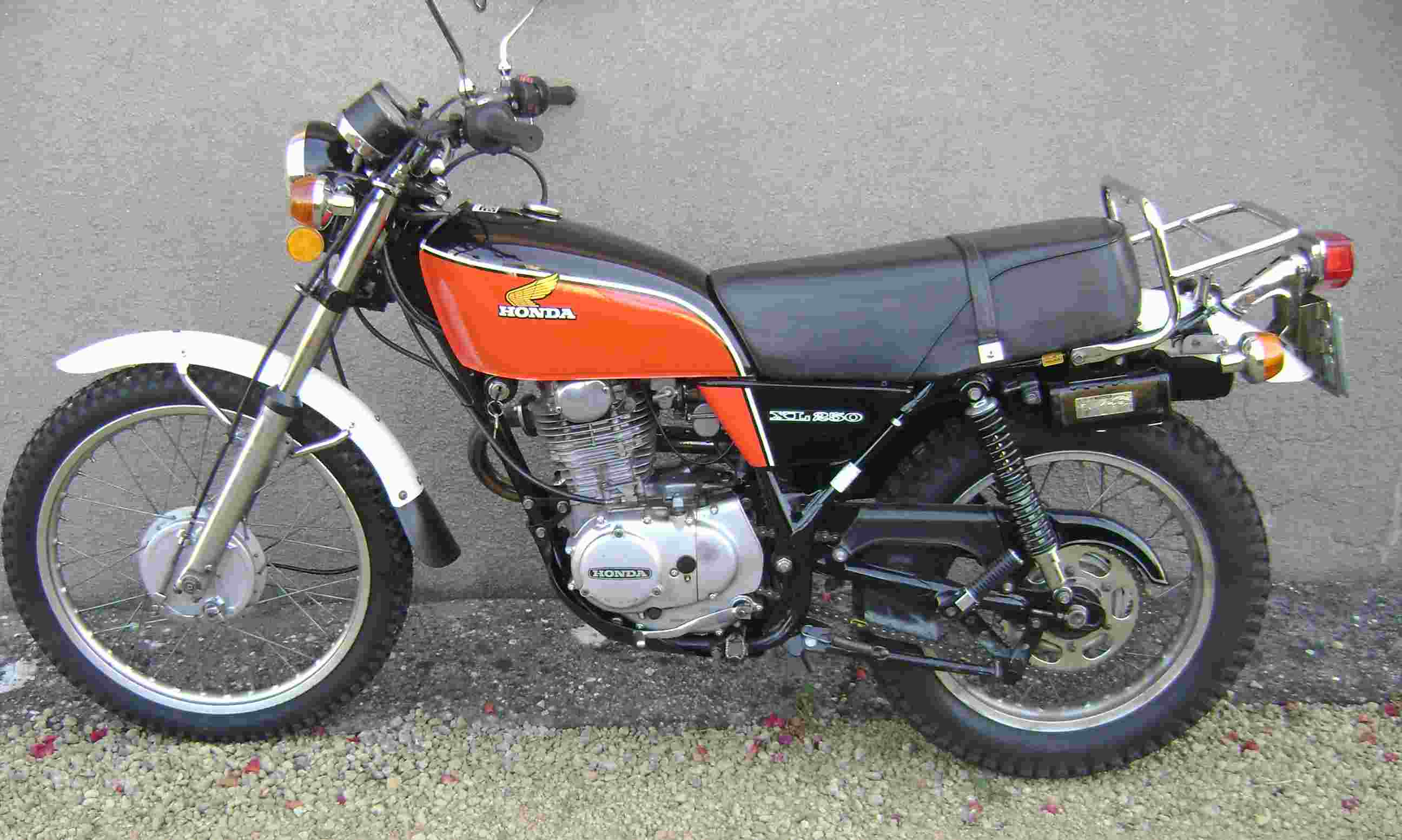
They don't all look this good, here are the 'as found' and then 'dragged out of the bushes' photos of one!
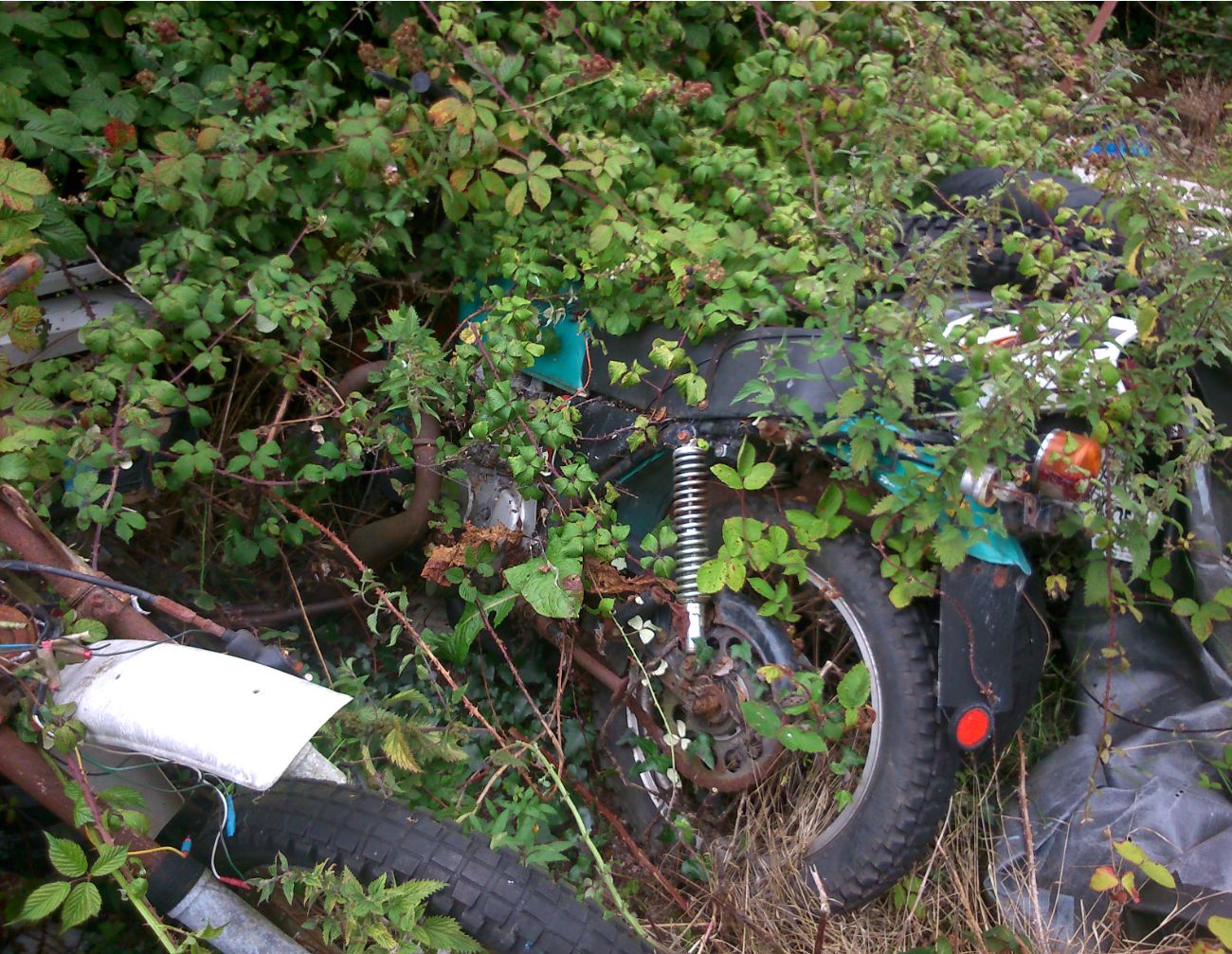 and recovered
and recovered 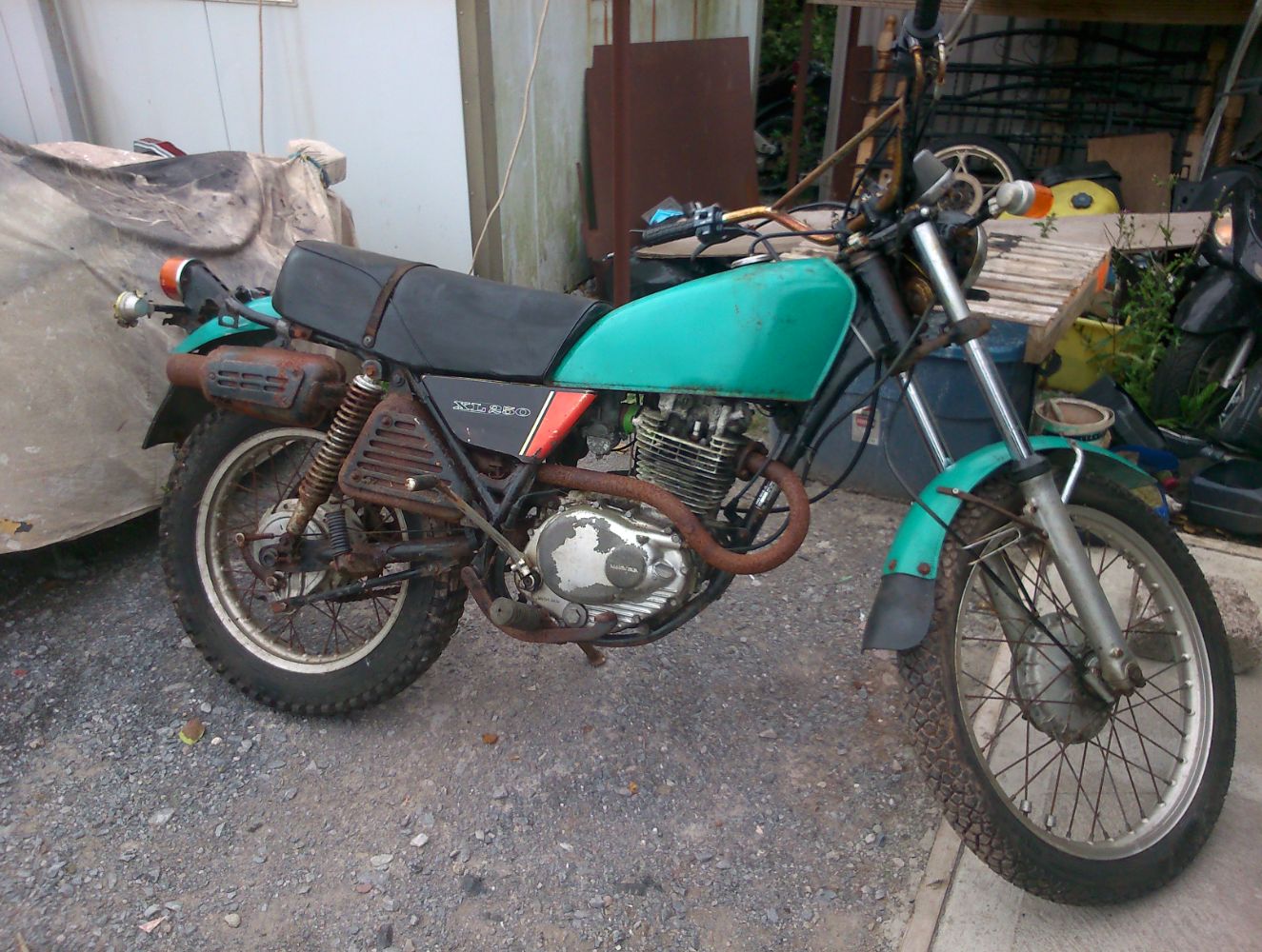
This one was found in Ireland by correspondent Tim, but looks to be a German model. Whoever restores this has his work cut out but it is do-able. At least it is 99 percent complete, but not for the feint of heart though. The photo of the oil filter on the XL350 engine page is from this bike....and one of the tappet locking nuts was in the sump..
Je suis conscient que j'ai beaucoup de lecteurs francais de ce site et maintenant voici les deux faces d'un tres rare 1976 XL250 K3 brochure de ventefrancais
You are also allowed to look at it if you are French Canadian. The scans are in high resolution so may be slow to load...
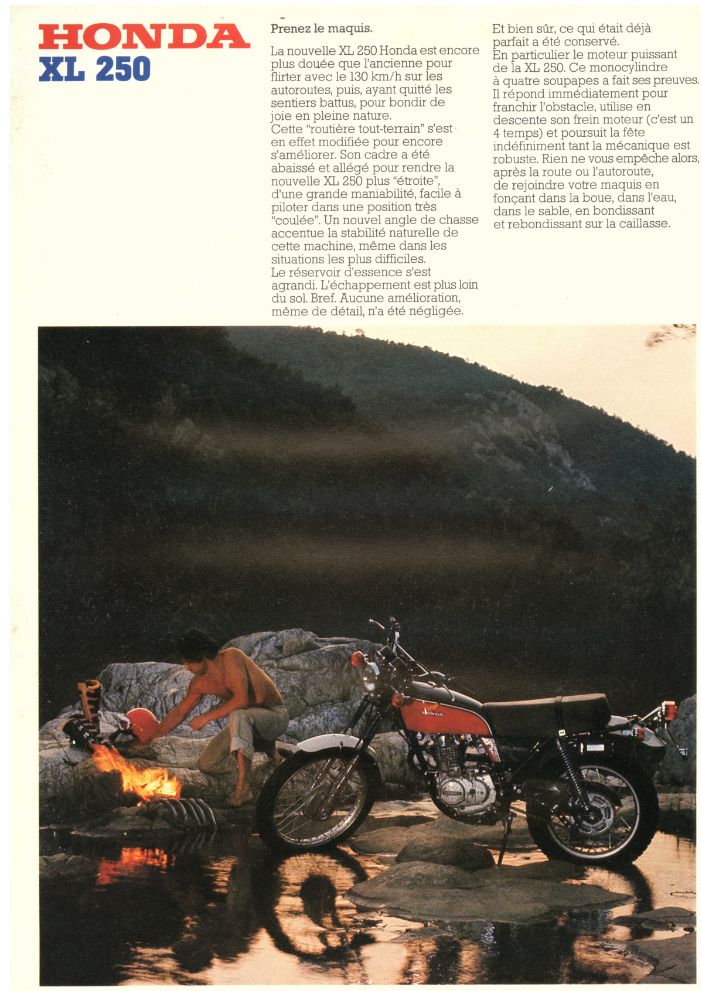 and the other side
and the other side 
Please note that this is a personal site (the opinions expressed in this website are mine and may be whimsical, plain wrong, biased or perverse but that is the beauty of the internet) to inform support and maybe even amuse anyone wanting information regarding the Honda XL250 motorcycle made and sold in and around in 1976 and 1977 and there is a bit about 350's here and there..
I am doing this as and when I can, time permitting so bookmark this page and check back from time to time. It is a gentle ramble, there is nothing for sale, but have a can of cold beer (any kind will do), and enjoy reading; If you can't read, this site may not be for you, but you can look at the pictures..
The general ethos of my site is that bikes are for riding, it doesn't need to be pretty, so make it rideable, then get out on it if you can......
Let's agree the XL250 K3 isn't the best bike ever, but it is a real fun bike.
I have quite a lot of photographs of parts from the Honda Parts Manual (Part Number 1338631) for the K3 on a separate page, there is a link further down, or click
 HERE
HERE
"The time you enjoy wasting is not wasted time".
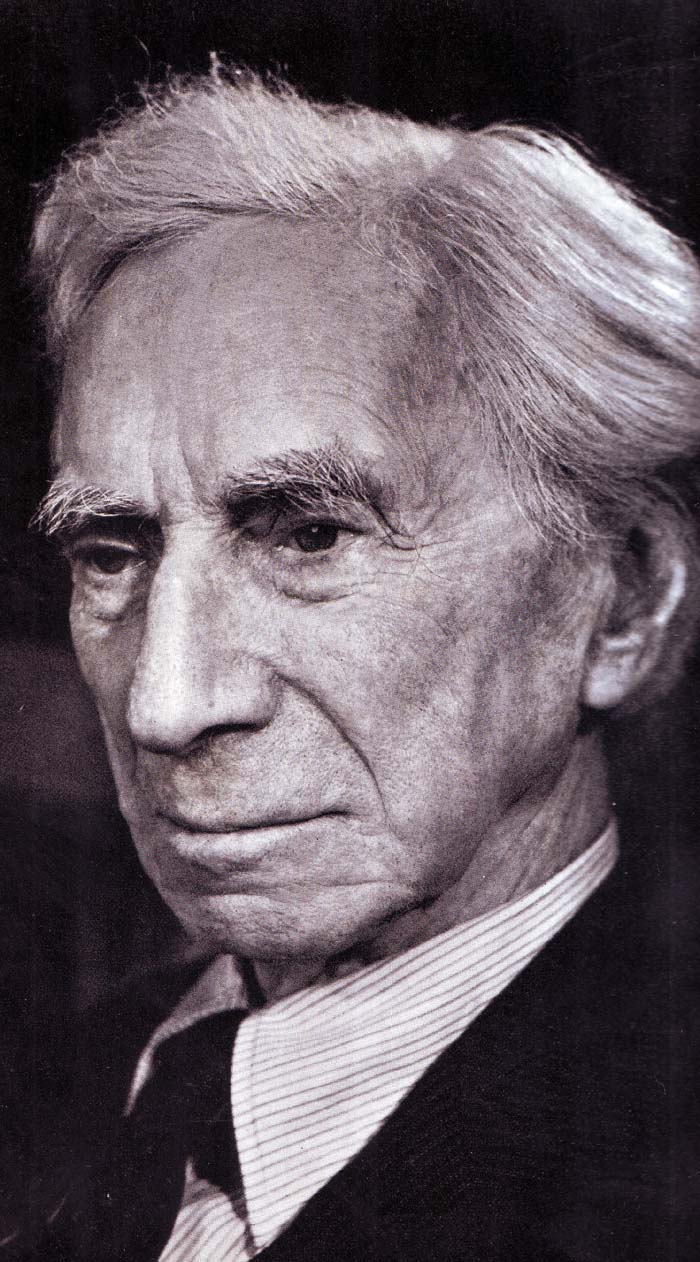
Bertrand Russell 1872 -1970
so feel free to waste an hour here
On this site 1976 means 1976-ish and 1978 means 1978-ish and so on.
Formal Legal Disclaimer as required by our legal department (me):
1. I may have deliberately or accidentally stolen appropriated or used (or whatever) your copyright pictures etc if so let me know if you are so cross with me you'd like them removing, which I will gladly do, but hey get a life. Go away and read The Selfish Giant by Oscar Wilde.
2. If you do something that hurts you in any way as a result of reading this site (or if you cannot read, looking at the pictures but then how are you reading this?), or copying what I do, or visiting an external link, or results in you thinking dark and evil thoughts and fills you with the desire to shoot everyone where you work at the post office, then that is your fault, and not mine and you agree by reading on that you are stoopid and you don't blame me in any way if you do hurt yourself, (or if for instance you fail to eat your dinner without putting your fork through your cheek, which is also not my fault).
3. Any words or pictures of mine on this site you can steal to your heart's content.
4. Special thanks to The Honda Motor Company of Japan who are very kindly unaware of their input to this site but who are known worldwide to be very helpful to non-profit making fan websites about their old bikes and let them use and distribute old and otherwise unobtainable commercially non-valuable resources. (I hope).
Otherwise thank you. This site is a free resource for the world....... whether the world wants it or not.
Why, oh why, oh why does this site even exist?
I have found it quite hard and very time consuming to get enough details and help with my restoration that is ever on-going of one (now two) bikes and the upkeep of a second one that is complete and on the road, so I thought it would be useful if I put the resources I have gathered here in one place in case anyone else wanted them. There have been times when I wished I could just ask someone what colour is the rear brake stay or how is the choke cable routed? You get the idea.
If you want to contact me you can send a message to

I updated this 11/18 as the old address has become obsolete. If you did send me something to the old ntlworld address, and didn't get a reply (I reply to all of them) please re-send it to the gmail address above....
This is a .gif just in case you are an internet spam robot and not a human being. You're not are you?
I will try to help if I can. I also welcome any editing/correcting if you spot a blunder. Just let me know, and if you are correct, I will make myself sit in the Naughty Corner for a while.
My XL250K3 bikes are both the UK version; there are differences in each model depending on where it was originally sold by the manufacturer in order to comply with what in the UK are called 'Construction and Use Regulations' and each country will have somewhat different requirements, sometimes called 'Type Approval'.
For instance the USA version has a smaller licence plate holder (number plate to us) and a squarer tail light (rear light) and the sidestand has a rubber end to fold it away in case you are stoopid enough to ride off with it down, the rubber end is meant to fold the stand away so you don't pivot on the stand when turning left and fall off and possibly hurt yourself or be run over by a sixteen wheeler or worse still scratch or dent the tank.
Oh yes, the headlamp is plastic on the US model and the headlamp a 6V sealed beam for reasons best known to you Yankees so when dip beam (they call it dim or low beam) dies you have to buy the whole thing, not just a bulb, whilst we in England had a reflector and replaceable bulbs. Also, because it is plastic and not steel the headlight shell in the US cannot be used to connect ground/earth wires to so there are a couple of extra ground wire nuts inside the headlight on each of the M10 (fine) bolts (really setscrews) to do this job. Like these....
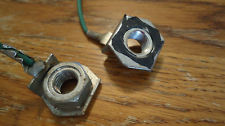 (part 21 below)
(part 21 below)
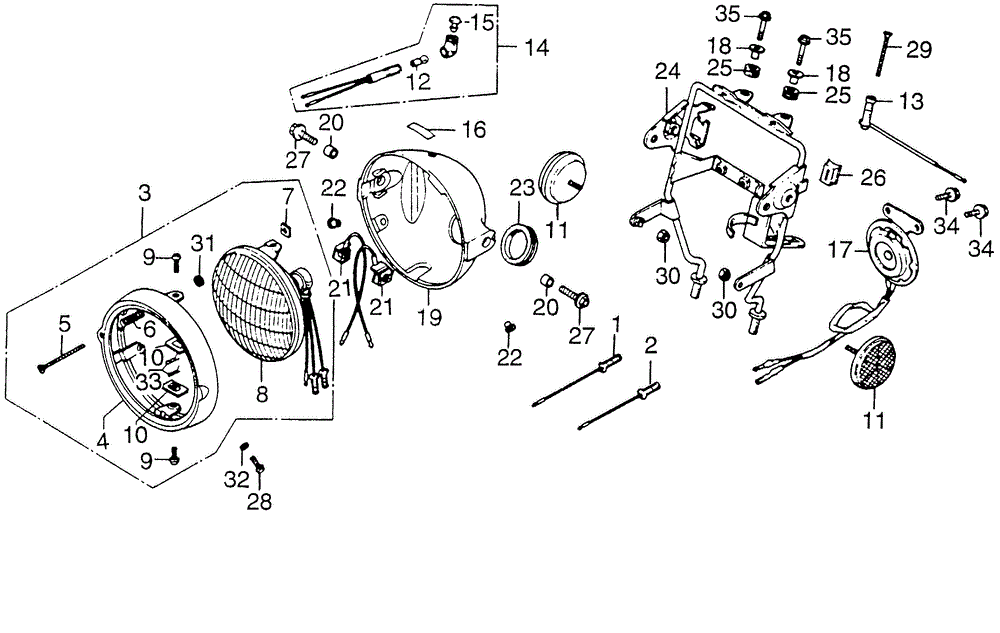
This schematic is for the USA model, part 19 is plastic, the UK version is metal and doesn't have part 23 above or part 21. The rim is also different in the UK we have no beam adjuster screw (part 5) The horn bracket is also different.....and part 20 is a small collar to stop you breaking the headlight when tightening the mounting bolts, and is found only on the plastic headlight. Notice how part number 8 is all one part.
The American version also had a high motocross style front mudguard/fender and the chainguard doesn't have the metal part that covers the rear sprocket that it has in our version. The steering lock is different too, so if you buy a complete USA lock set the steering lock part won't fit your frame in the UK, but the ignition and helmet locks will.
In Germany the number plate holder is also different, and the indicator lenses (turn signals/winkers) are longer and not rounded but flat at the front. Rear light looks strangely round too. Also, curiously the rear indicator stalks are mounted on the number plate, the 'normal' indicator mounts are still on the frame, but unused. I suppose we all have our different little ways... here's what I mean.
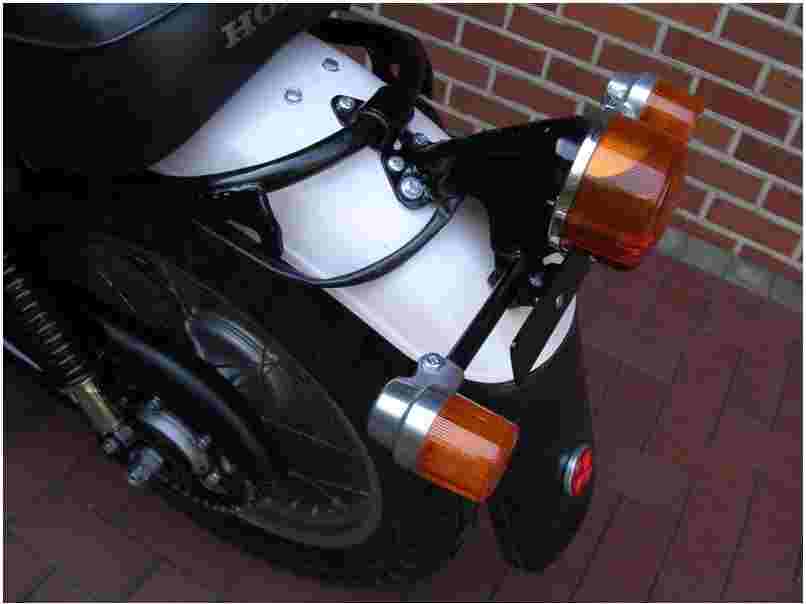 closer up
closer up 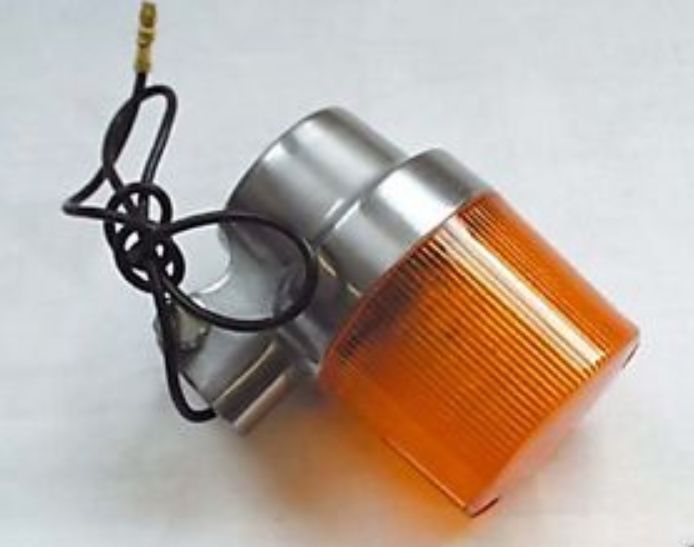
Whilst we are in Germany, here are three photos of a restored bike back on the road, owned by Mark, with the German type indicators. I received these March 2016 so I thought you might like to see them. Well done Mark!
Mark contacted me in May 2017 to say he'd found another chrome carrier for sale on line. He advises that "The K3 carrier was exclusivly made by local dealer Honda Schuh of
Germany. The Schuh company was also a manufacturer of carriers." Mark kindly acted as my German Agent and today the carrier arrived. I am very pleased, and will fit it to the bike as soon as I get time. There are some pictures below:
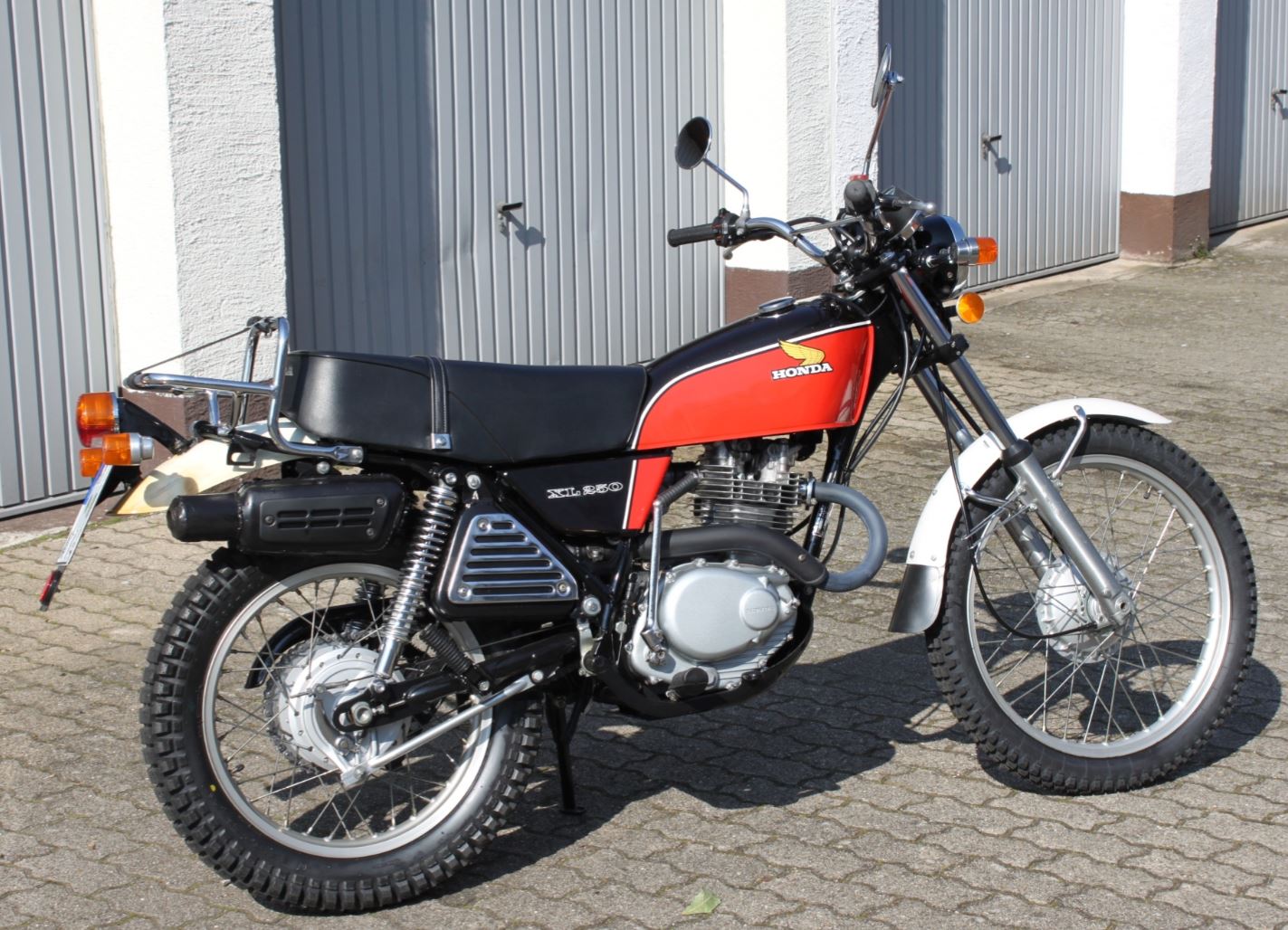
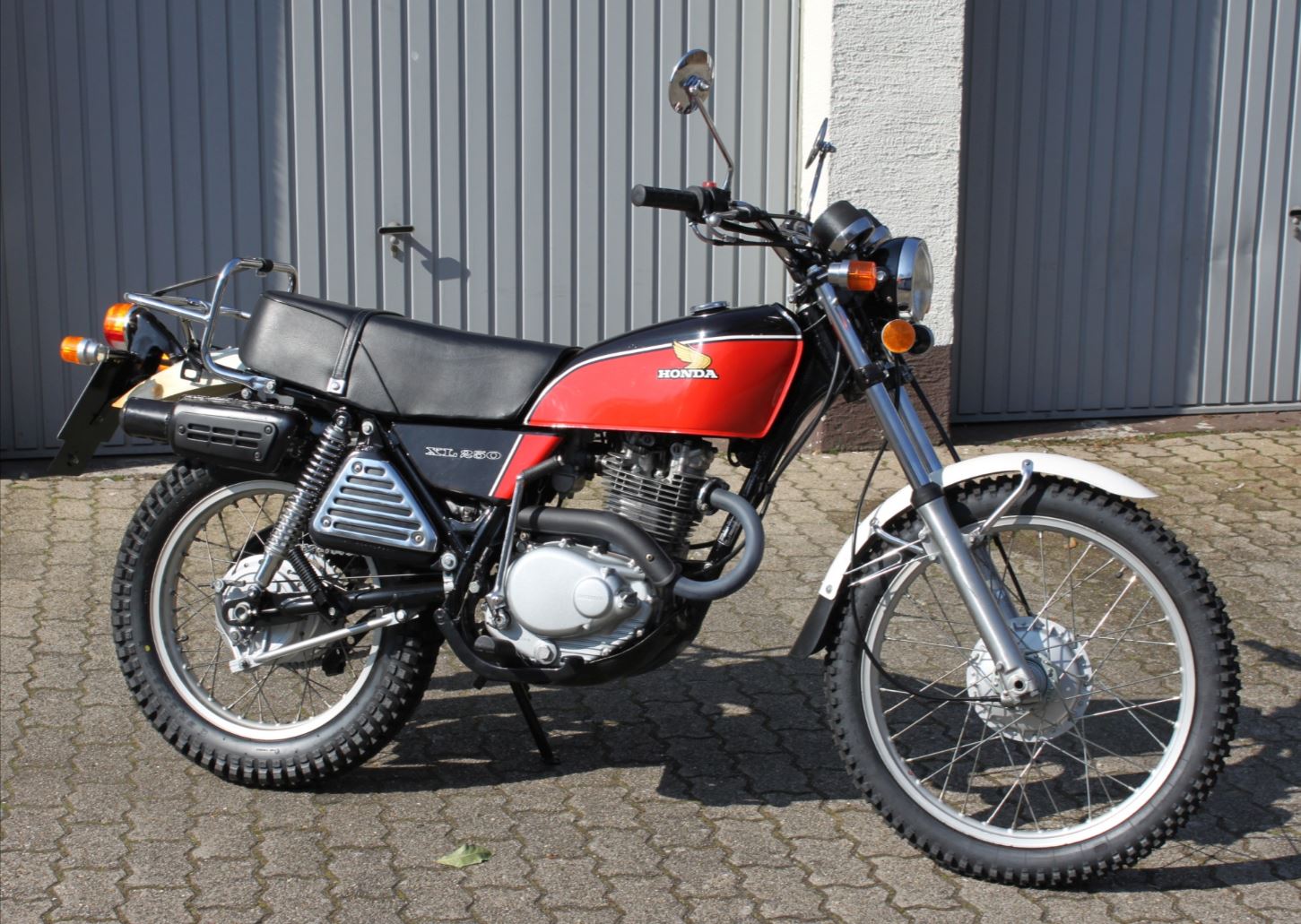

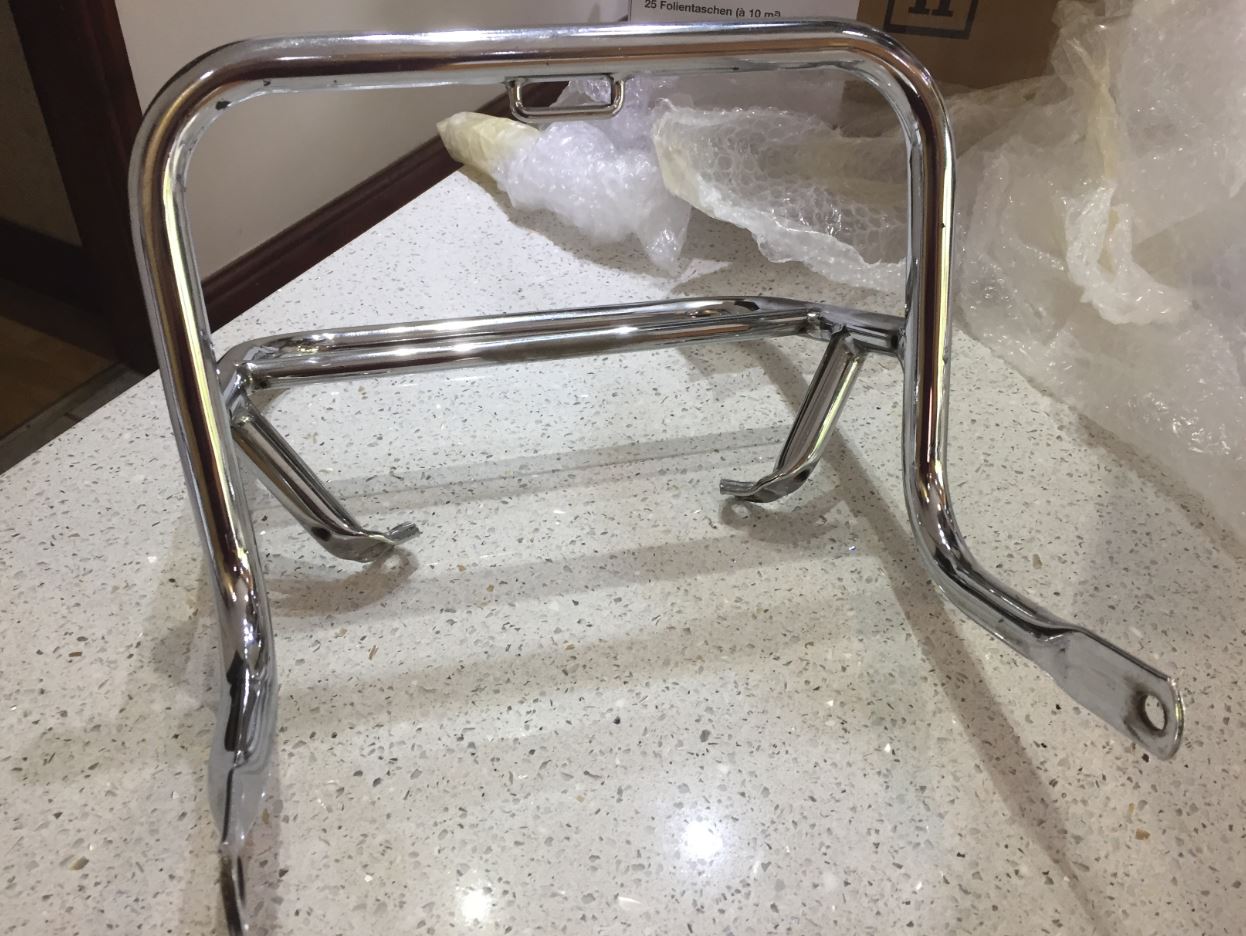
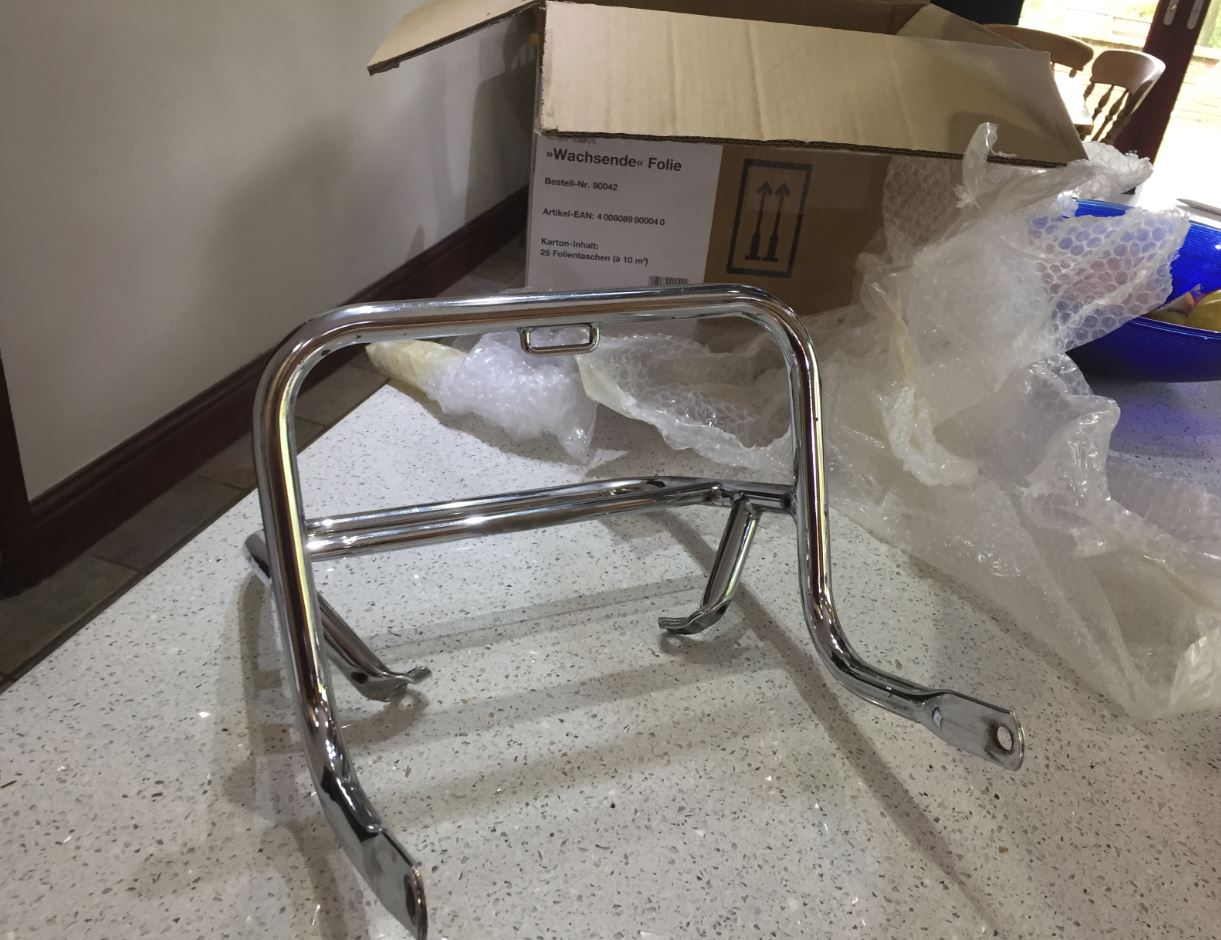
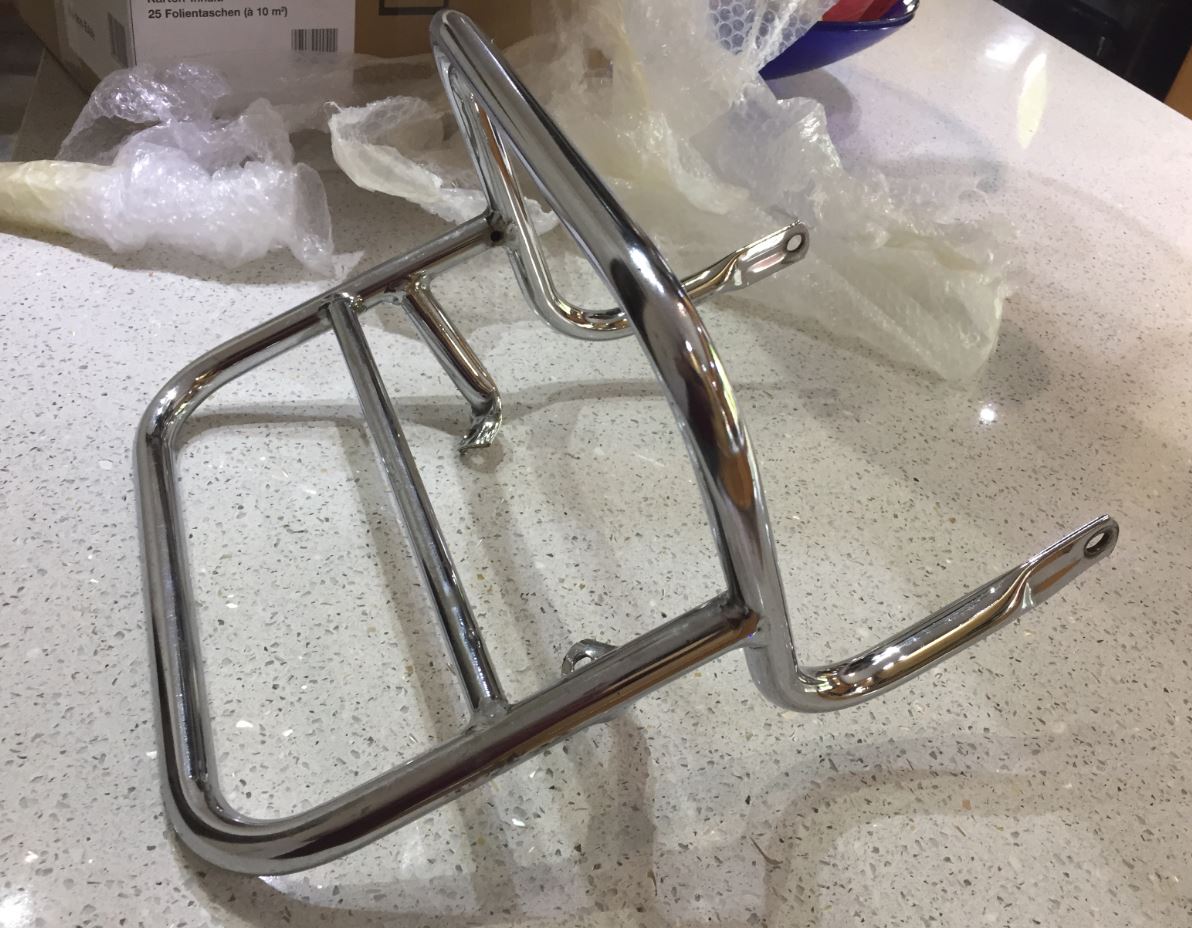
This is the 40 year old Schuh carrier. Honda-Schuh were a Honda dealer in Frankfurt Germany who sold Honda bikes and also manufactured accessories, including these lovely rear carriers. sadly they ceased business sometime in the 1990's.
Normally the rear frame tube is drilled for the support bars like this:
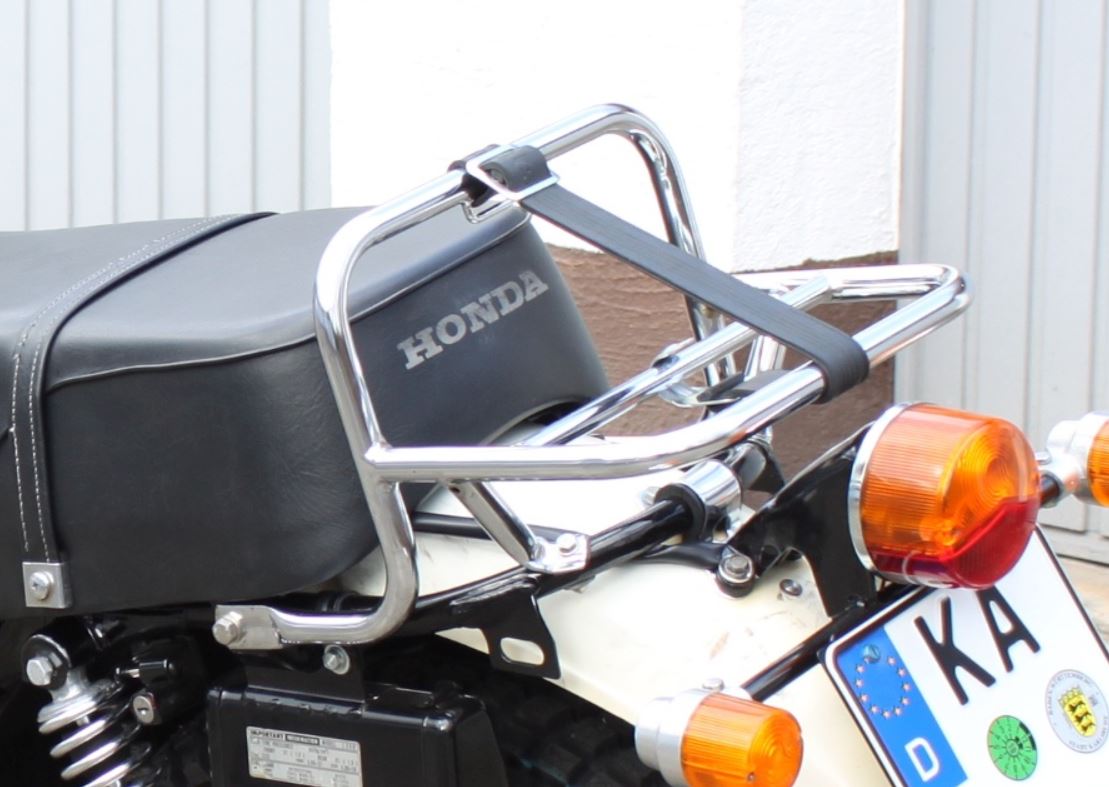
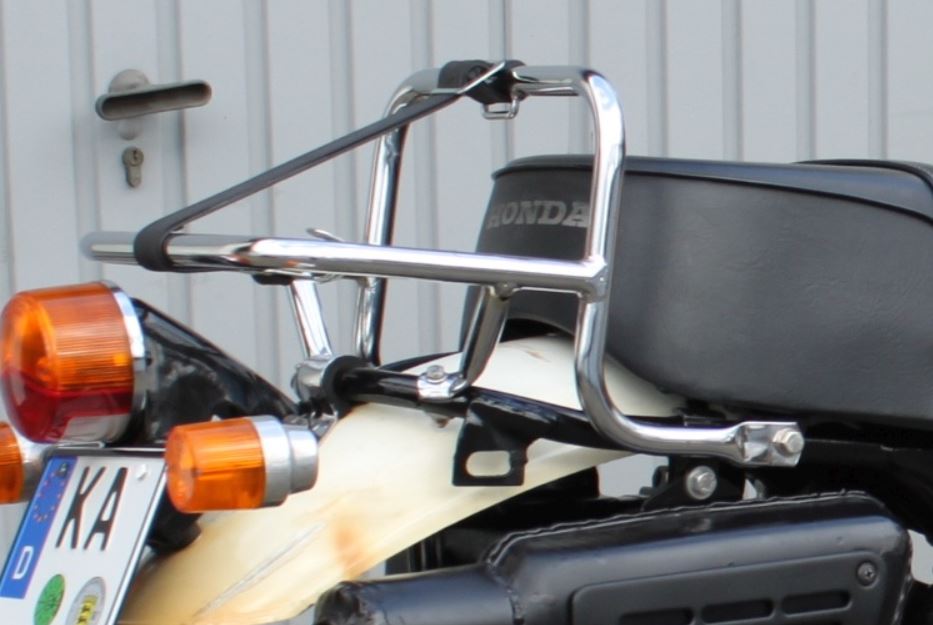
.....................................................................................................................
Here is another German bike showing the rear indicators (note end of the exhaust is missing, this is quite common)
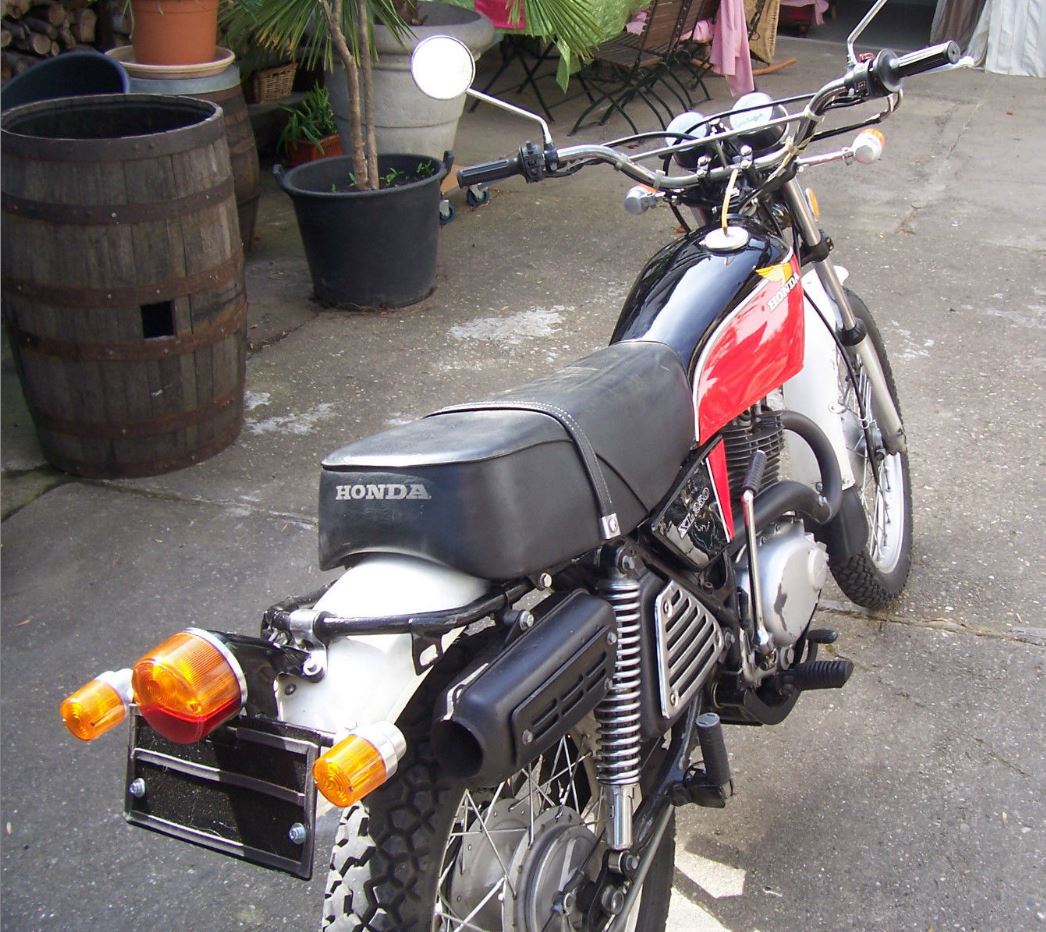
The normal winker mounts being unused in the German version make handy rear carrier mounts.
For sale online from Canada I found these red Honda indicator/turn signals. Hmmm, curious. I did ask the seller if these were standard in Canada but he says not. Where in the world do they use red ones? Answers by email please!

An overview....or 'why are these bikes just so nice?' Or a very brief history.
Firstly I think it is fair to say that these bikes are simple. They are proper bikes, and like old British bikes, they are a bit agricultural in their engineering. Unlike British bikes of the period whose crankcases split vertically and were therefore hard to keep oil from dripping out of them, Japanese engineers split them horizontally and they were therefore oil-tight. Simple!
There isn't much that the average owner cannot do himself with a few basic tools and a little knowledge. Parts are well made and solid. Simplicity is the name of the game. Most jobs can be done with the toolkit that came with the bike.
See how simple for instance the rear chain adjustment is, just a couple of back to front bolts and locking nuts. There are not too many moving parts, and there is no need for extensive workshop facilities to keep these bikes running, which is useful especially if you live miles from anywhere, in the never-ending plains of the central United States of America, the wilderness of the Canadian Rockies, the desolate sun scorched outback of Australia or Wales. So it all began in the early 1970's..............
'Coming soon' type ad from Honda
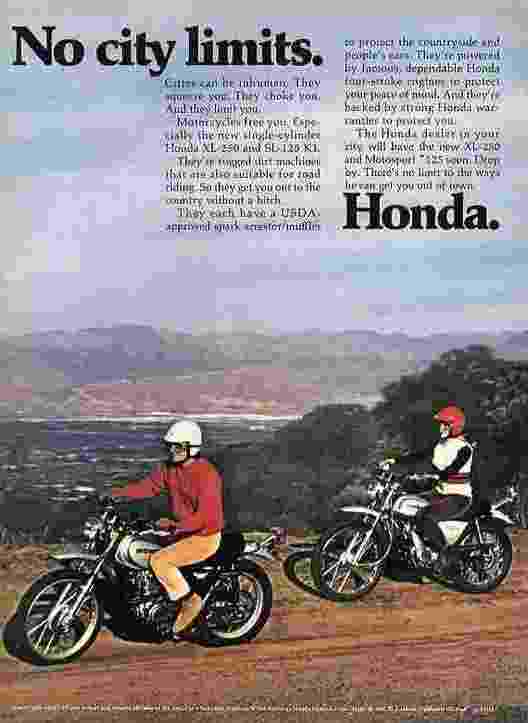
In the early 1970's (1972) came the Motorsport XL250K0, not officially imported to the UK I believe.
This was an Australian Ad. You can tell it is not England because it is not green.
Read about a bloke in Australia called Wadey and his XL250k3 1976 project here possums it's early days but a great project.
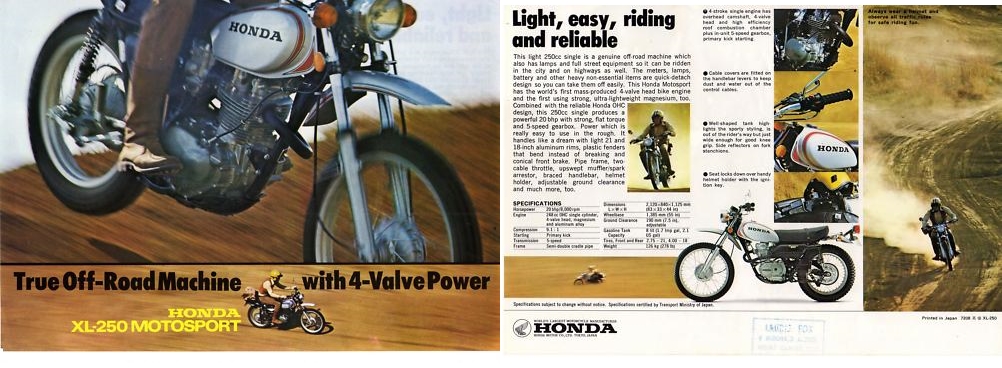
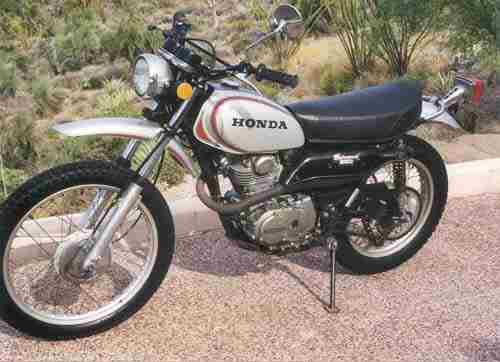
Then in 1973 came the UK version it cost £545.63p including tax.
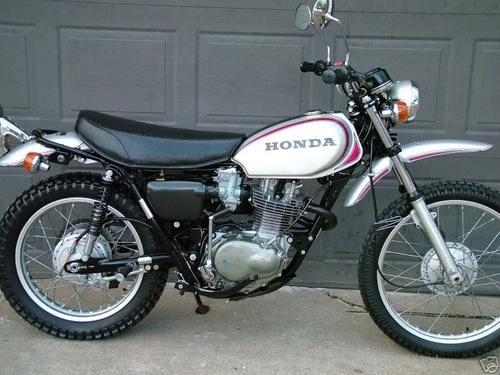
Meanwhile although this site is not at all not even a bit dedicated to the K0, a correspondent called Ian restored his one; this is Ian's synopsis of the rebuild so far....
" I was lucky with the Motosport as a starting point, most parts were there and the originality was good it had an easy life one owner and based in California but age had taken its toll been sat in a shed for over 40 years
So it was just a case of strip clean, fasteners for plating, powder coating, most of the replacement parts are NOS available from the same guys you use DSS, CSMNL, Ling's DD moto team.
Had a local guy paint the original bodywork with paint supplied by RS bike paints, colours were spot on. Decals were supplied a Canadian mob Reproduction Decals they were spot on and also supplied all the warning decals too, quality is good if not better than OEM.
I did nothing to the motor, it only has 3000 miles from new, usual check timing, valve clearances, resprayed the engine and the clutch cover, but not happy with the colour of the clutch cover and will address that at some point.
After the rebuild I was unhappy with the original clocks to me they let the overall look down. The tacho was acceptable but the speedo was sun bleached so I started a search for NOS items, the tacho was an easy find plenty out there, but the speedo was another thing, it is apparently a rare item, only used for one year on the K0 model, after much searching came across one in the States..........and paid for the privilege :)
Other hard parts to obtain, the tool tray and fuse holder, battery cover, few of the cable holders, the kill switch I have just sourced NOS.
Parts still to do, not happy with the seat, it is original but would like a NOS item or a better one,and as mentioned the engine cases need the right colour but these can wait, spring is on the way, need to get the bike registered and get out and ride her"
Back to the Motorsport..... this was a four stroke, overhead cam 250cc from Honda in Japan. When it appeared it was the first modern four stroke enduro motorcycle and the first mass-produced 4-valve motorcycle. This proved a massive hit all over the world, and sales were high, because riders loved them especially in the USA, Canada ( a big country near the USA but with a national health service and where they can’t decide whether to speak French or English) and Australia where dirt roads are a way of life for many people.
Honda raced a modified version of the retail bike and they simply blew everything else away. This is a magazine ad from 1973:

Here is a two page spread advert
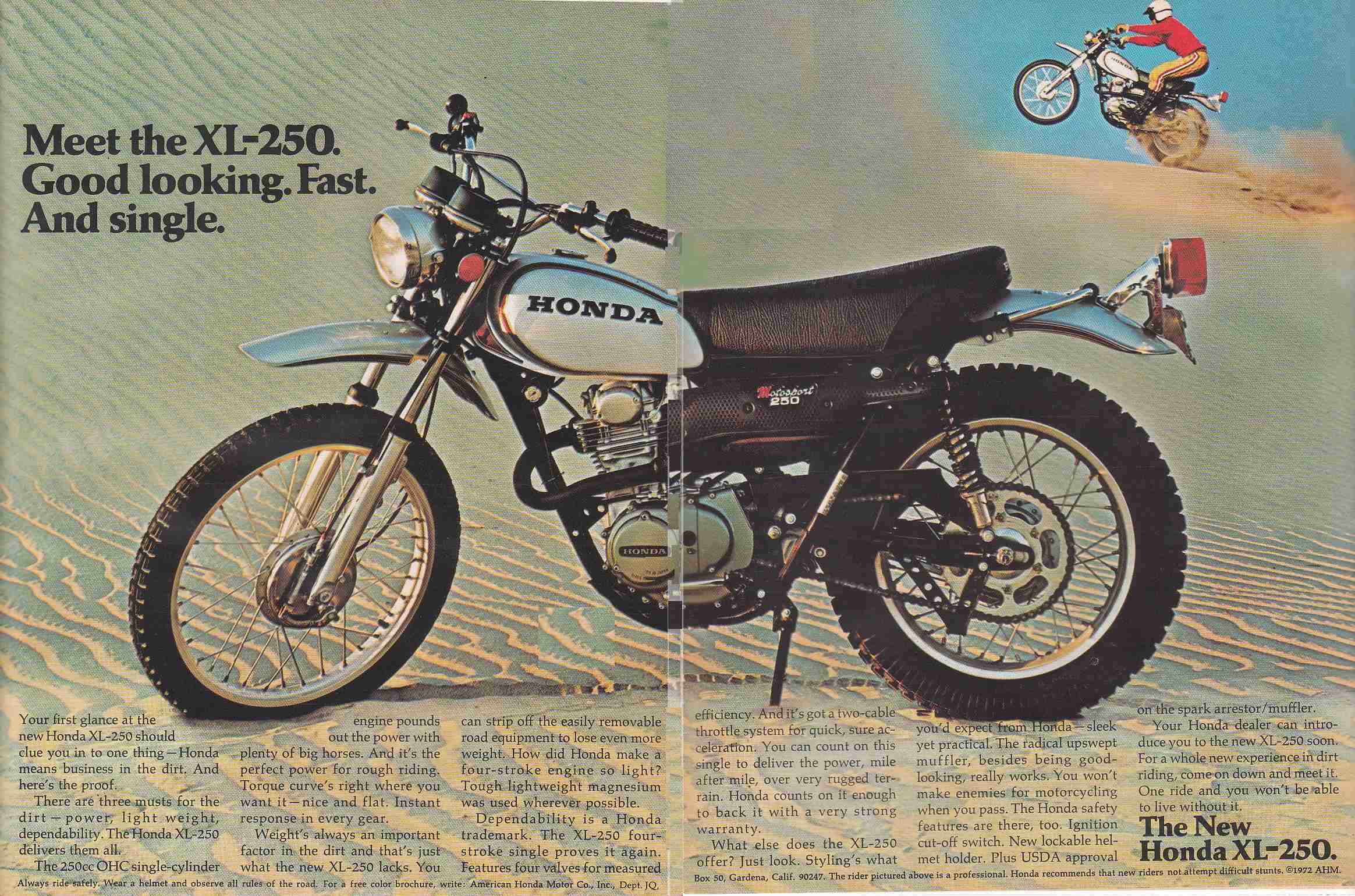
1974 saw the arrival of the XL250 K1 click the photo below for one with specs
Getting a workshop manual is a very good idea, but there are none exclusively for the K3 as it wasn't around long enough. Here are some you can find but note these are not links, we have to preserve the owners copyright. These are by Haynes; they are however discontinued so it's eBay time again!
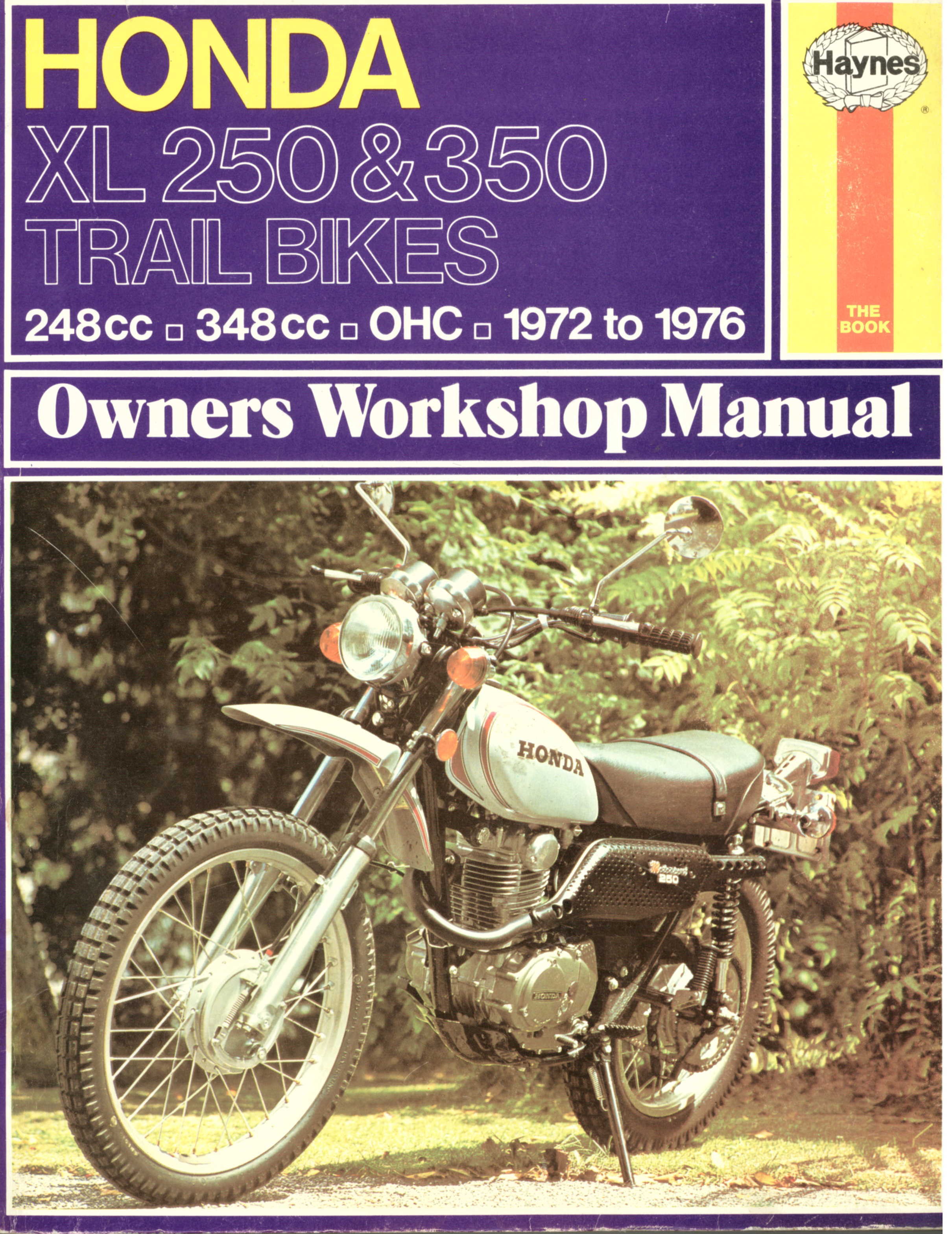
This one is from Cycleserv, in Australia. It is basically the original Honda manual, reprinted under licence back in the 70's. I like this one.

and from New Zealand, also a reprinted Honda one

In the USA they like this one
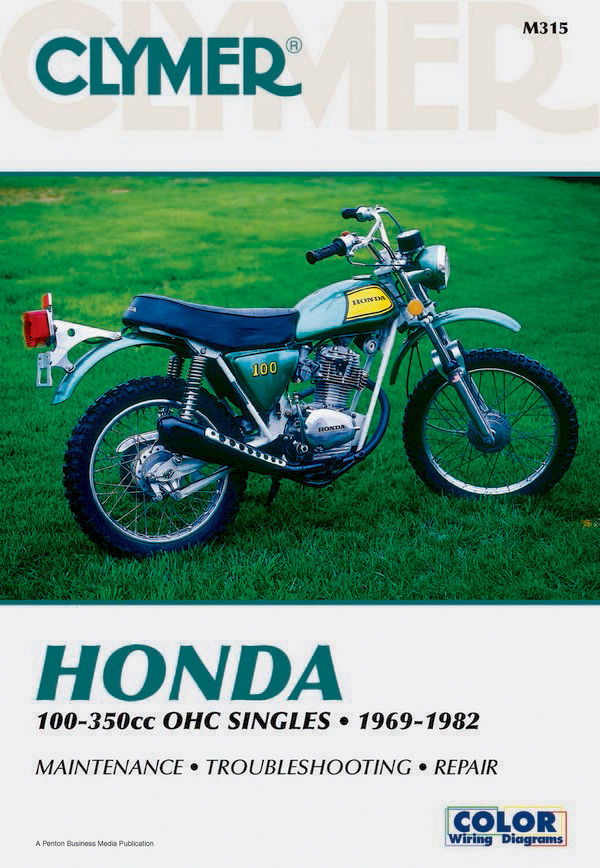
but this is the 1975 Honda one
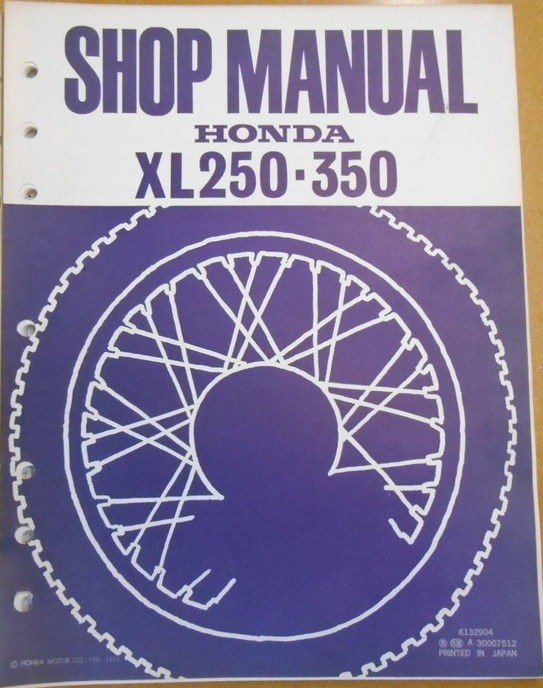
and now some more historic documents, click to view.
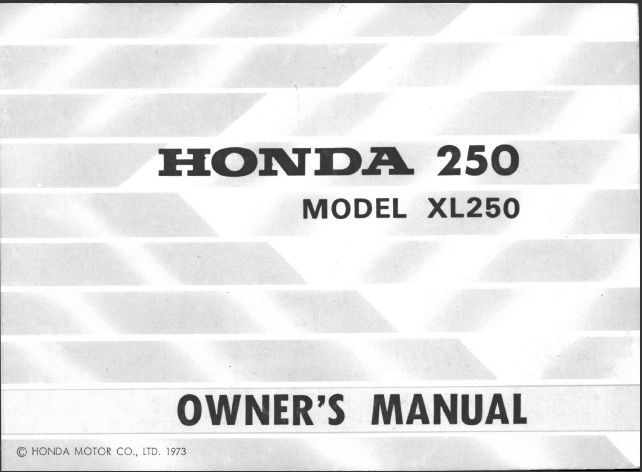 Click the cover to see it
Click the cover to see it
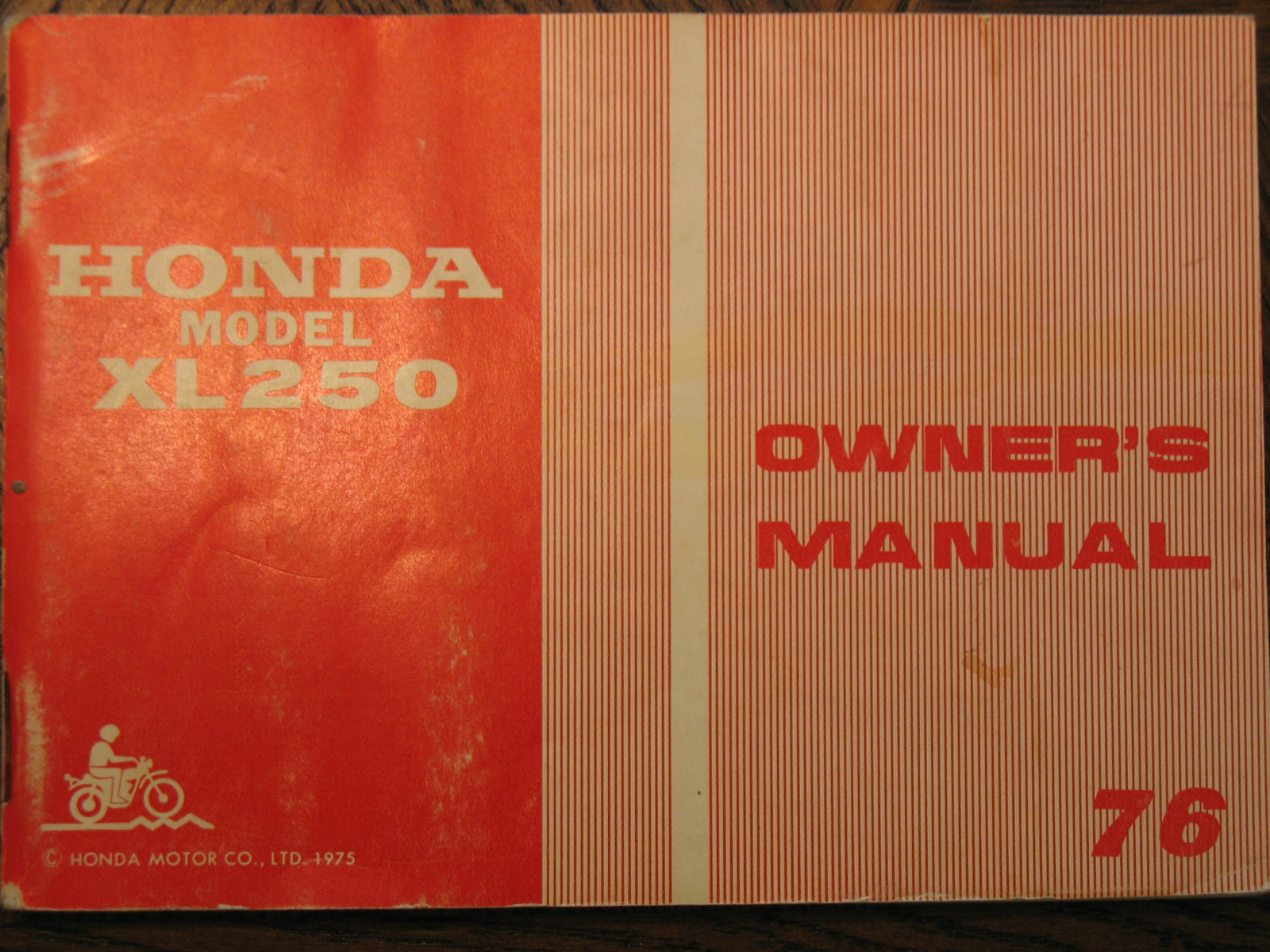 This is the 1976 US cover but don't click it. No, don't.
This is the 1976 US cover but don't click it. No, don't.

European 1976 Honda XL250 K3 Owners Manual, and there is a .pdf of it HERE it is a big file so give it time to load. You will need Adobe Acrobat or equivalent to see it.
And just because I can here is the 1973 XL350 Owners Manual too, also a .pdf file.
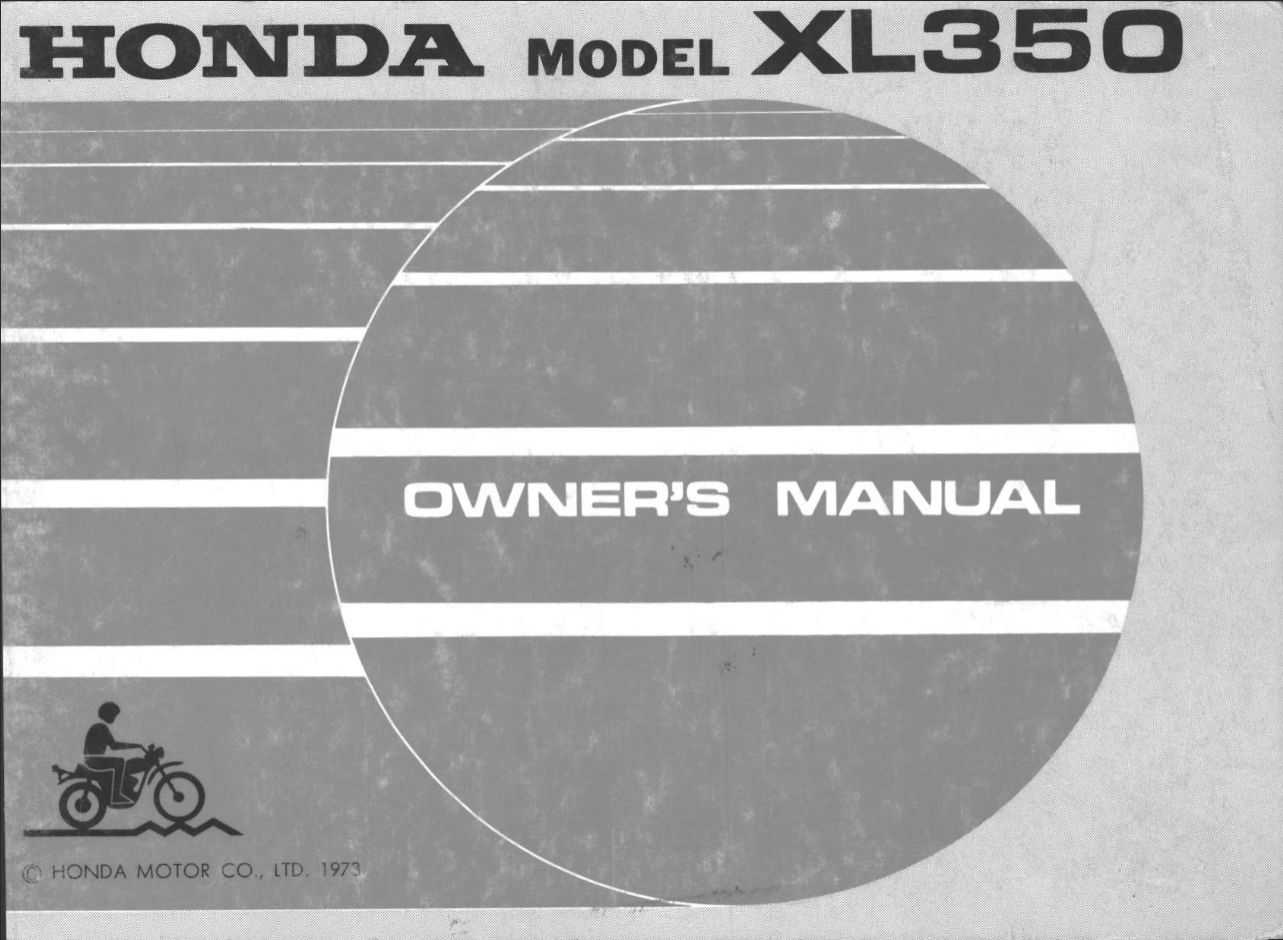
Here is the rare USA version of the 1976 XL350K3 Dealer set up manual (taking it out of the crate and setting it up for the showroom, and oh boy, they have to do a LOT for Honda) click the front page to see it!! Use control+ to make it easier to read.

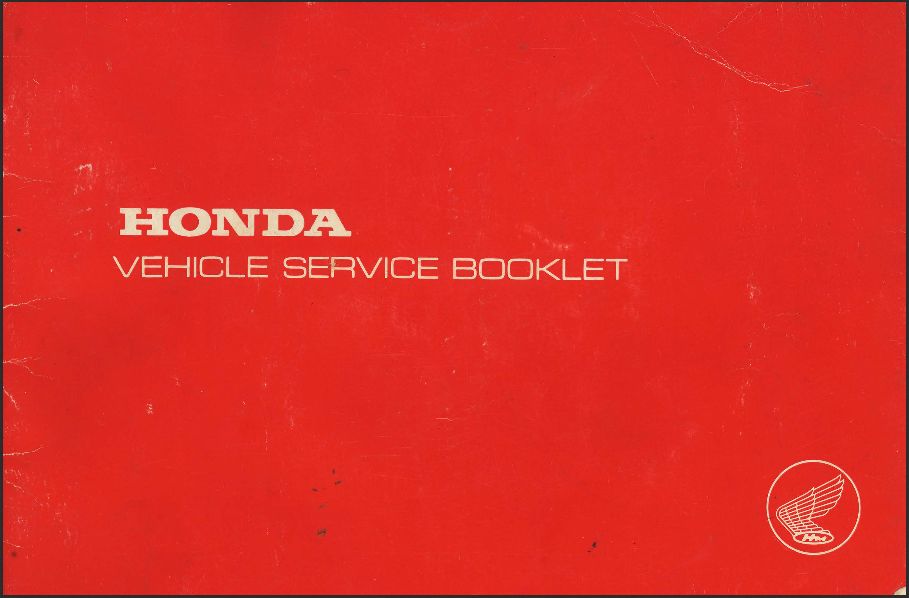 and if you want to see what an original 76/77 Honda XL 250k3 Vehicle Service Booklet looks like. Andrew Kinnear kindly sent me this one; names have been removed to protect the innocent.....
and if you want to see what an original 76/77 Honda XL 250k3 Vehicle Service Booklet looks like. Andrew Kinnear kindly sent me this one; names have been removed to protect the innocent.....
More History
Then the earth warmed and the ice age melted and after a few revisions, (ie indicators) the Motorsport age ended and in late 1975, the XL250K3 (at a price of about £500) came along but it was to be short lived, for a year or so only, OK two if you count the ones sold in 1977. They were criticized in the motorcycle press in 1976 as being heavy, (323 lbs = 146 kilos) but later incarnations were in my opinion flimsy and less solidly built. K3's can last forever. They are 'proper'. True, it is not easy to get the front wheel up in the air, should you wish to do so. I do not wish to do so.
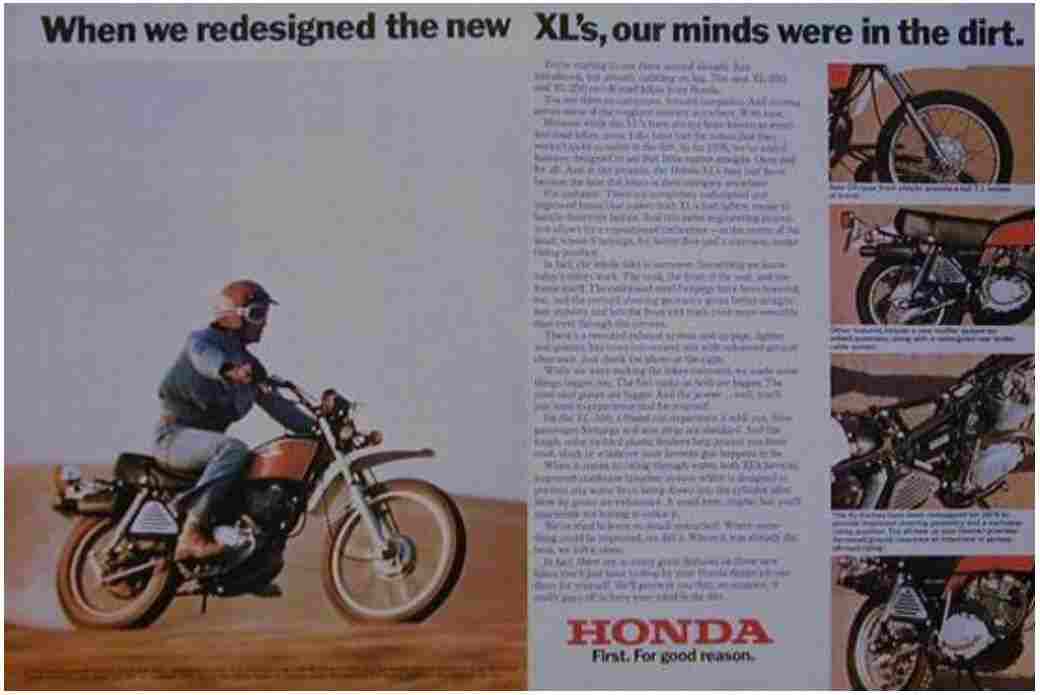
Now for a stock publicity shot of the US '76 bike from Honda - isn't she lovely? (ain't she purdey?) Honda were no doubt justifiably proud.
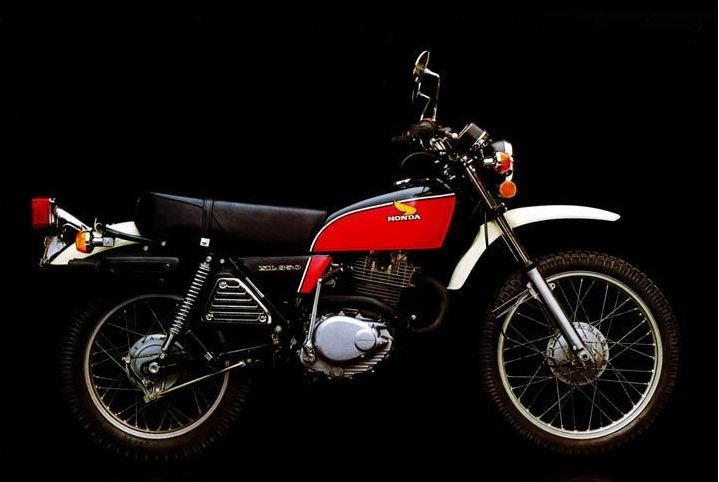
It doesn't have to be Tahitian Red (colour code Honda R32) and Excel Black, it can be Candy Blue (Honda PB3C)
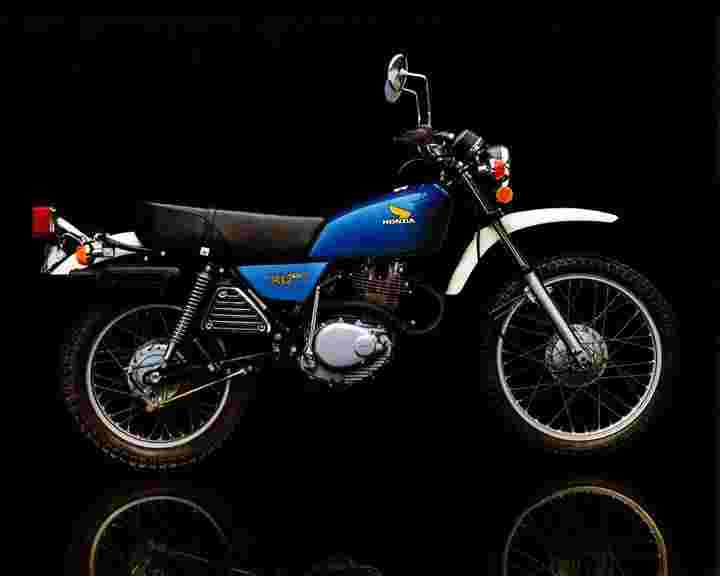
Can't make your mind up as to colour? Answer buy one of each..these guys did
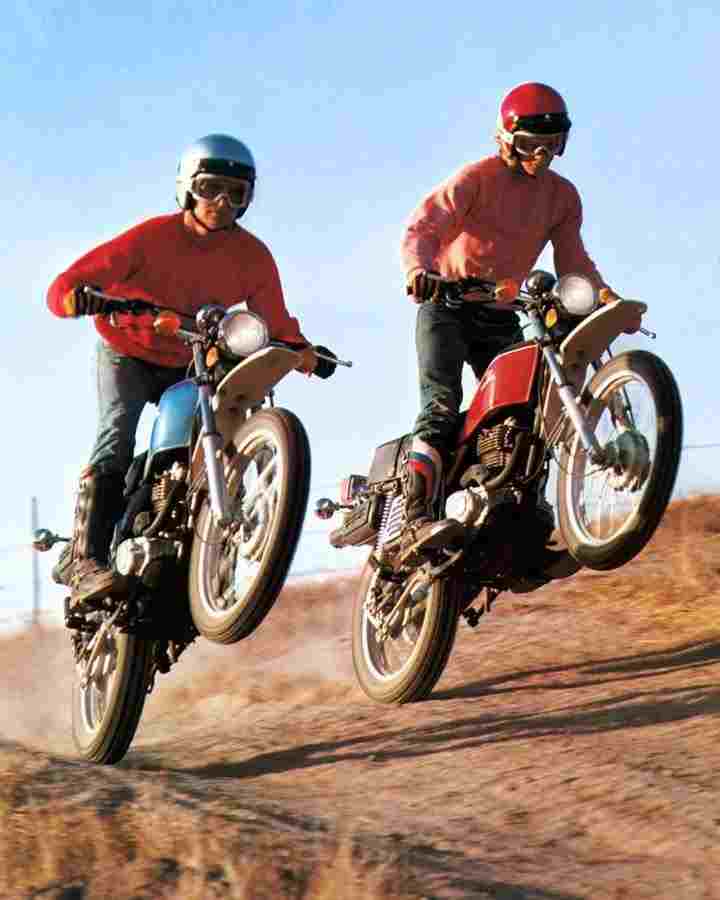
Read a review of the 1976 XL350 HERE
and here is a 5 page 1976 Honda Motorcycle complete range brochure
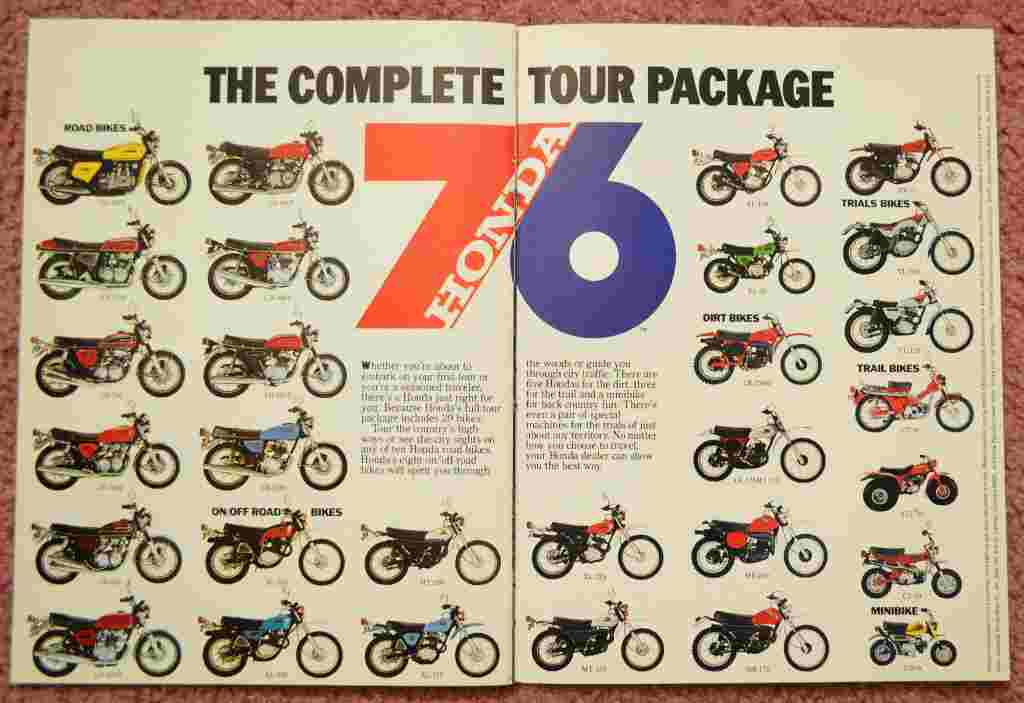
Some Historical Background - The History of 1976 in The Colonies
1976 was a funny year in our former colony now called the USA, as it was the Bi-centenial (200 years since Independence in 1776 dummies) with a real self-congratulatory vibe happening, and everything was red white and blue or covered in stars and stripes...... it was organised by someone's Uncle Sam who apparently has a cracked Liberty Bell......
Also in 1976, "Convoy" by C. W. McCall was a hit in the American music charts. Hmm.
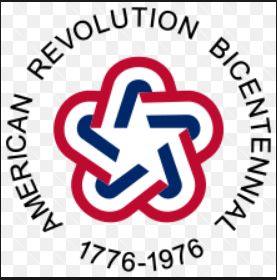
but enough history lesson from an English perspective.
Meanwhile those cunning Japanese engineers at Honda had been working on a drastic revision of the old bikes, so in 1978 all hell broke out with new XL250's which featured better electrics (still 6v to start with), dual exhaust pipes, reduced vibration, the engine became part of the frame, they were lighter faster and although they still shared a lot of the old components they had a lot of new ones.
All very good but some of the solidness was gone, but they sold very well indeed.
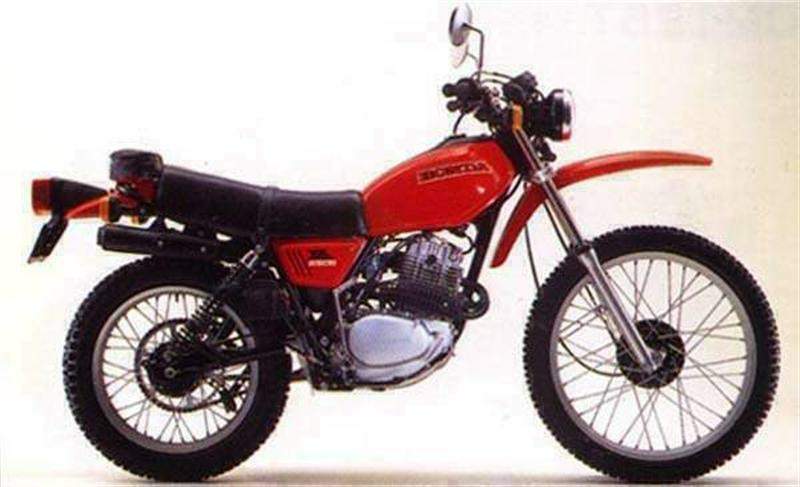
The newcomer was a massive hit for Honda, but the 23" front wheel was hard to get tyres for (still is) so many owners swopped them for 21". The twin shocks later changed to mono-shock, as the model evolved but the pedigree from the motorsport and the K3 is still apparent.
By 1980 the world had discovered that you can make a motorbike engine smoother, with less vibration with a counter rotating balance shaft whereby a lump of iron rotates away from the crankshaft as the crank rotates, producing an opposing force, so these later Honda engines were smooth.
Funnily enough, balance shafts were first invented and patented by British engineer Frederick Lanchester in 1904..... you'd have thought the designers of the much vibration Triumphs and Nortons of my youth would have heard of them? In fairness, it does take some engine power to turn the shaft so maybe they were wanting to maximise engine power available at the wheels? Maybe. I am being generous. Another way to minimise vibration is to mount the whole engine on rubber bushes. Norton Commmando owners are aware of this.
Large numbers 70's XL's were robbed of their engines for many kinds of racing, especially in the USA, the engine being a high revving single with 4 valves it went into all types of race frames, so there are probably more engines and engine parts out there than actual complete bikes.
A Sales brochure from 1976:
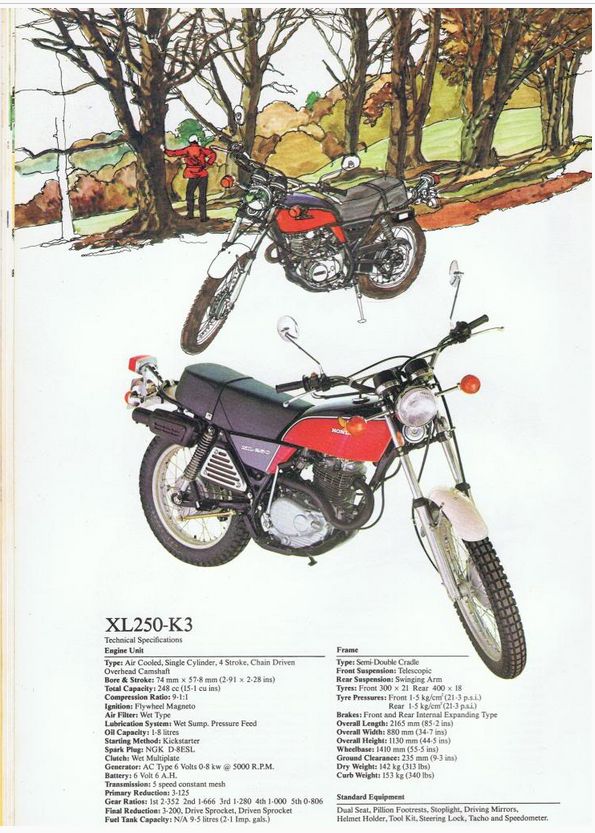
The XL250K series are well made, solid, simple and reliable. Most owners still report starting first or second kick everytime. Not bad after so many years! If you want your son to learn about bikes and work on one, give him a 70's Honda XL250. And two or three spanners.
The engine is regarded as being hard to break, especially if you change the oil often. It is really really a good idea to clean out the engine oil filter (located at the bottom of the right side engine cover with a big hex head) every 500 miles (Honda's recommendation not just mine). This was what I found on the filter in my XL 350 project bike when I opened it up!! Remember this is only as big as half a finger, and it's the only oil filter on the bike.
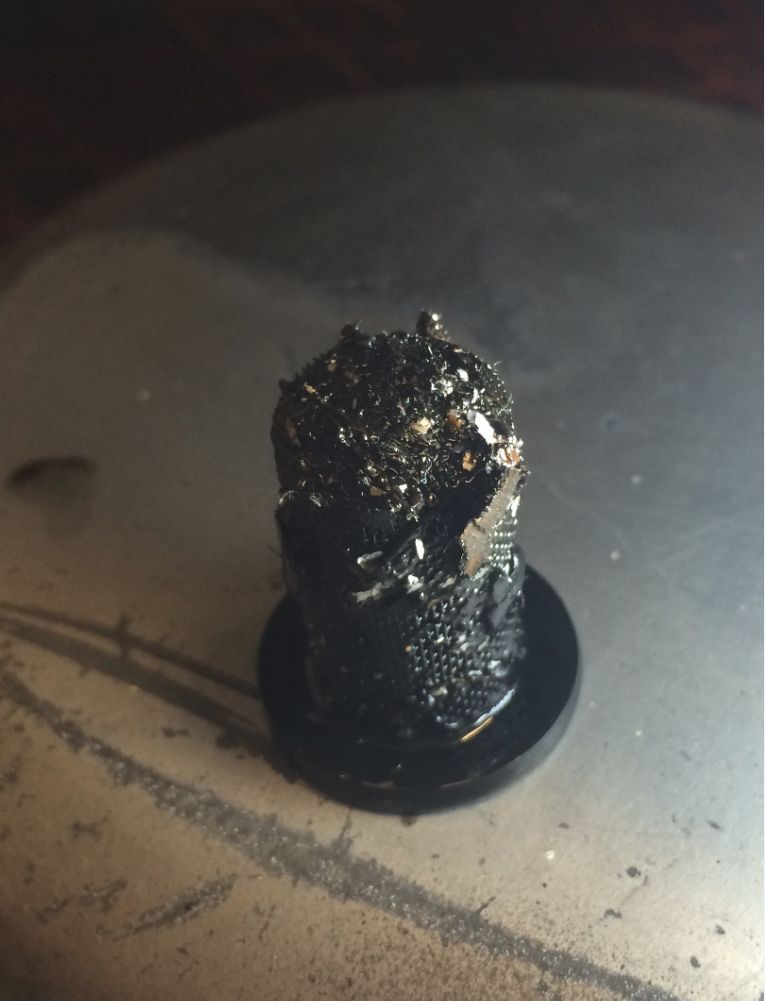
Oil change is 1.9 litres of 10-40w or 10-30w engine oil. Engine oil is cheap. After finding this crap, I also fitted a magnetic drain plug!
The main weakness is that the overhead cam runs direct in the alloy head ie. no bush or bearing, so over enthusiastic cam chain tensioning will pull the cam down into the head cutting a deeper groove and then the adjustment stops and the looking for a new head begins.
Most XL 250's are a little noisy, a bit tappety and have some cam chain noise, it isn't normal for the engine to be super silent in my experience. There are specialists like Dave Rhynehart at Xlinterperformance who make a cam for racing and fit a needle roller bearing in the head. It is a pity Honda san didn't do this from the outset.
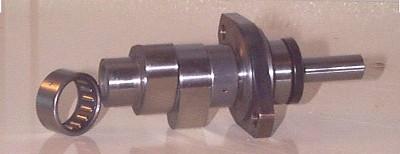
For a single it is quite advanced with 4 valves, and is a high revving engine.You wouldn't ask say a Triumph Tiger Cub to rev to 8000 all day. I know I had one. 3 big ends in 4 months. Deep joy.
For no good reason I thought I would mention Sprocket Stuff and my swinging arm adventure.........
For road only use the standard rear sprocket is 45 teeth (48 for off road) but it is an odd size fitting, and so whilst there a lots and lots of different sizes for the later 1978 onwards XL's these don't fit the K3 or earlier XL250's. This biggish sprocket also revs the balls off your engine and limits top speed on the road. However you can get a 42 tooth one from PBI Sprockets.com (part number 3054-42) in the USA for about £30 and they ship worldwide ( I bought two and got hit for £28 vat and handling by Parcelfarce), or a 41 tooth JT sprocket (a JTR 486-41) black powder coated adapted from a sprocket made for a Kawasaki Ninja 250R and with added inserted bushes to suit the Honda sprocket holder,
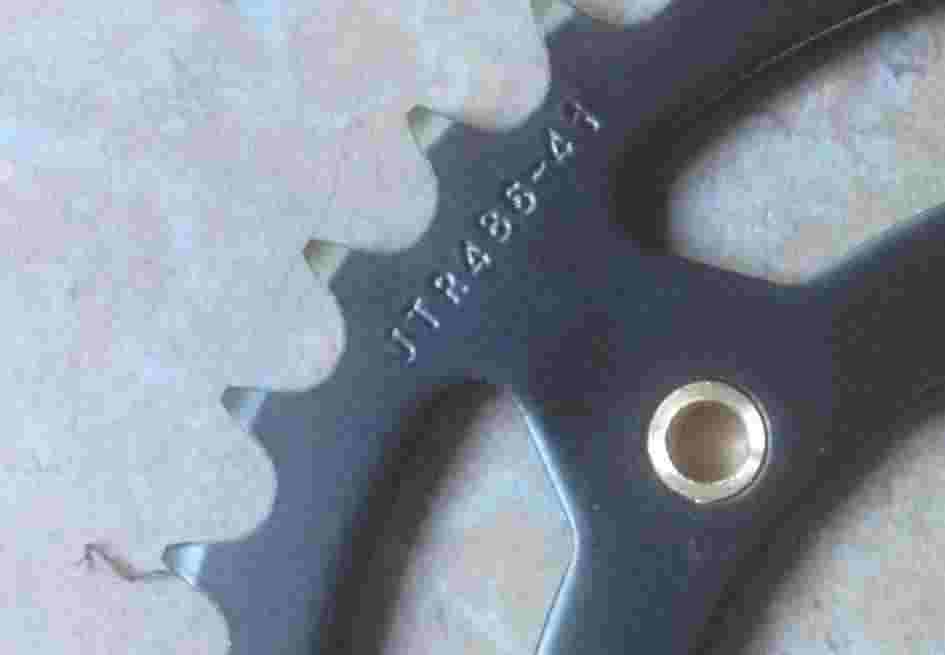
for about the same price from Dave at xlintperformance.com also in the US in somewhere called Tennessee ya'all where the out of town road signs have bullet holes, (true, just Google them). Tennessee is famous mostly as the US state where miniature golf was invented.
JT sprockets are readily available everywhere but they seem only to do one specifically made for the K3, a 45 tooth (part JTR-1977) manufactured I believe in Thailand by ladyboys. note to self do not edit website after drinking.
There are also quite a few one off sprocket makers out there who mostly seem to make them from aluminium (or aloominum in the US). It isn't unknown for owners who don't like the very close ratio gearbox on the XL250 to swop it for one from an XL350 with more spacing between gears, and a straight swop too but I haven't tried it. I did read somewhere on a forum thing that the XL350 swinging arm is a bit longer and is a straight swop and improves handling but again, never done it myself, and I don't know if it is true. The 350 swinging arm I just fitted (see below for link) was the same as the 250 I took off so who knows? That's the wonder of the internet.
The Swinging Arm Adventure
I found that a previous owner of my bike had hit a cow with it and damaged the bike (no idea what happened to the cow) so some new parts were fitted. I have been wondering why I can't seem to tighten up the rear offside (RH) footrest, so I took it off and found instead of the nice M10 fine bolt into a captive nut, a nasty M8 nut and bolt and no captive nut.
The arm had been brush painted black, even Conrad the MOT tester said it was a shame someone had painted it. Now we know why, because there is evidence of welding on the hanger too, so I am going to replace the swinging arm when the 'new' one bought on ebay for £34.99 arrives, and I'll have chance to compare because it is from an XL350.
Later.... I have got the new one, had it sandblasted, then etch primed it and painted it with black 2K paint. It looks fab. I like to avoid powder coating because I don't like the way it eventually flakes off, and you can't touch it up. I've ordered the missing footrest mounting bolt. Even later.....I can't be bothered to wait for CMSL so I have now done the swop, read about it by clicking HERE or the title above, you choose.
Rear Sprocket Stuff
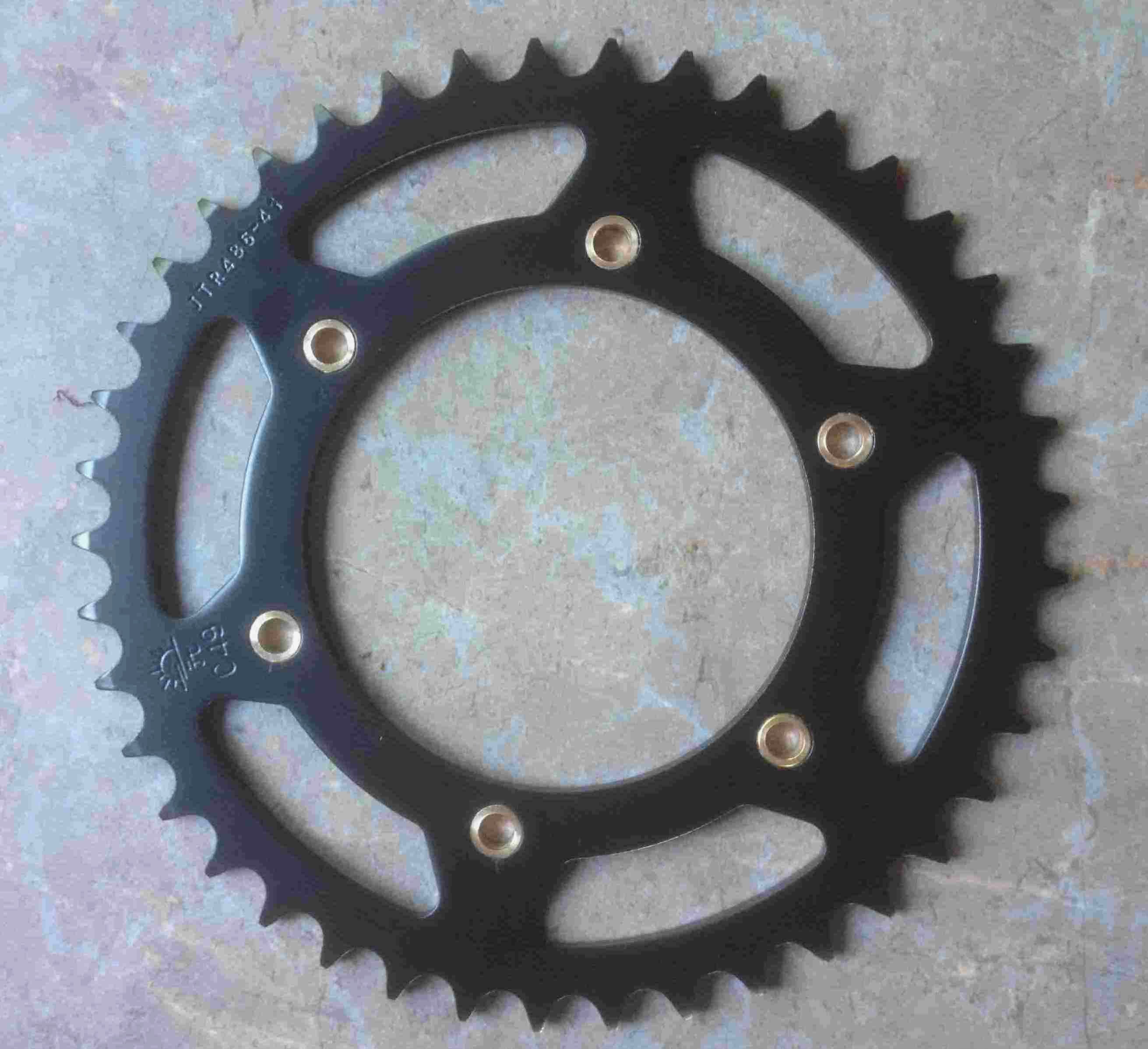
JTR 486-41 with bushes
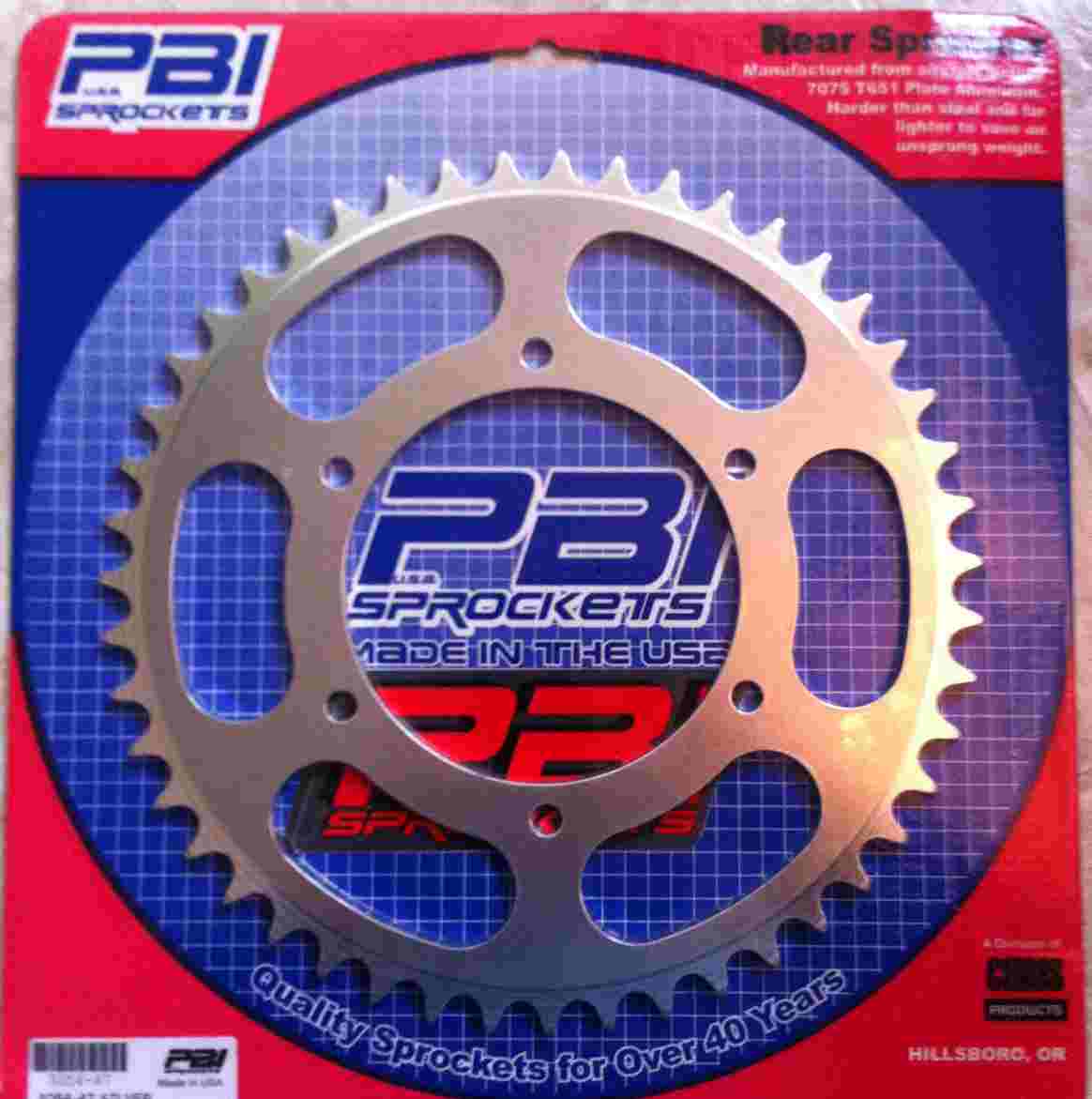
PBI 3054-42
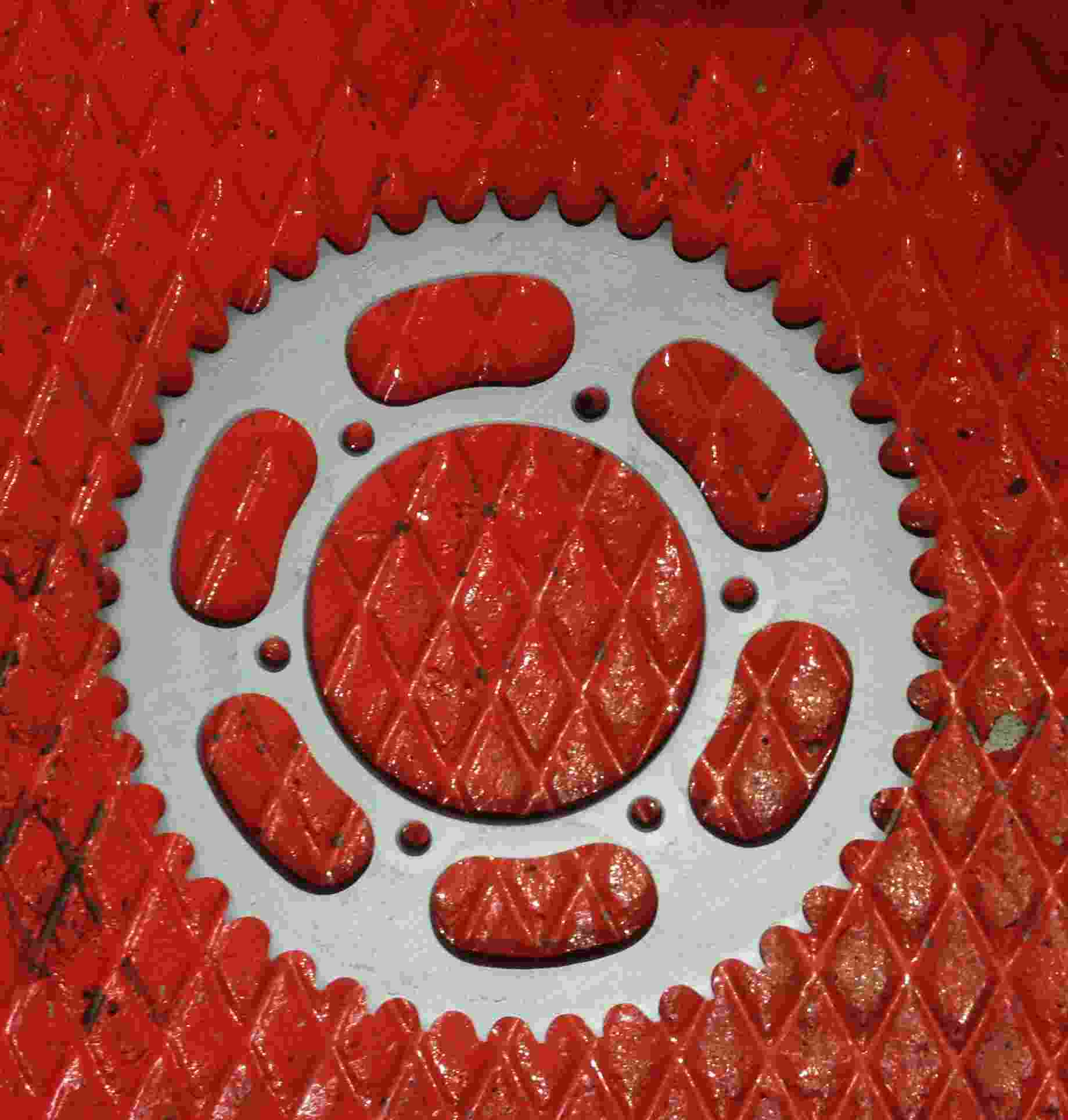
Honda part 41201-329-730
Front sprocket wise the off road is generally 14 teeth (the later models had 13 tooth and same fitting but why would you want one?), and 15 for the road. It even says on the magnesium engine cover '14 and 15 Only'. If you try and fit a 16 at the front there is a bit of crankcase casting in the way, and even with this cut away (shame on you) it is very tight especially with the case saver guard in place.
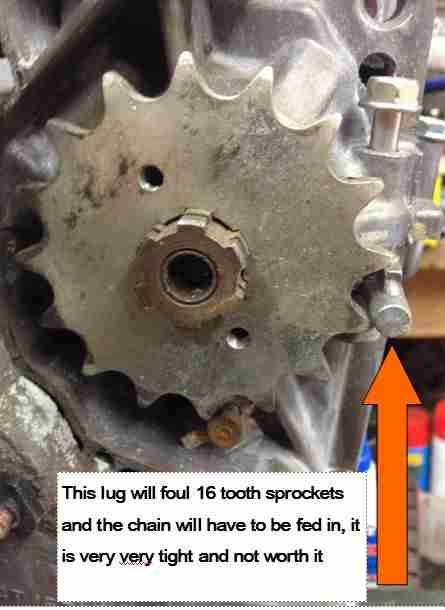
There's not much gap between the sprocket and the case saver guard, and you would have to feed the chain over the sprocket to even get it on. Probably a bad idea, much easier to change the back one.
When I say easy.......I decided it was time to do the rear sprocket on my bike, by fitting a 42 tooth. See how I got on HERE
I also get puzzled and yet strangely amused by people trying to sell completely worn out rusty hooked gearbox/final drive sprockets on eBay when a new one is cheap? So how come there are loads for sale next to the new ones (especially in the USA)? Who the f**k would buy these......? but there are loads for sale! I feel like writing to the sellers, "Hi, no-one will ever buy this from you because it is completely worn out and a new one is cheap and if they did buy it , they would just ruin their chain. Why have you wasted your time and your money listing this?"
Like this:
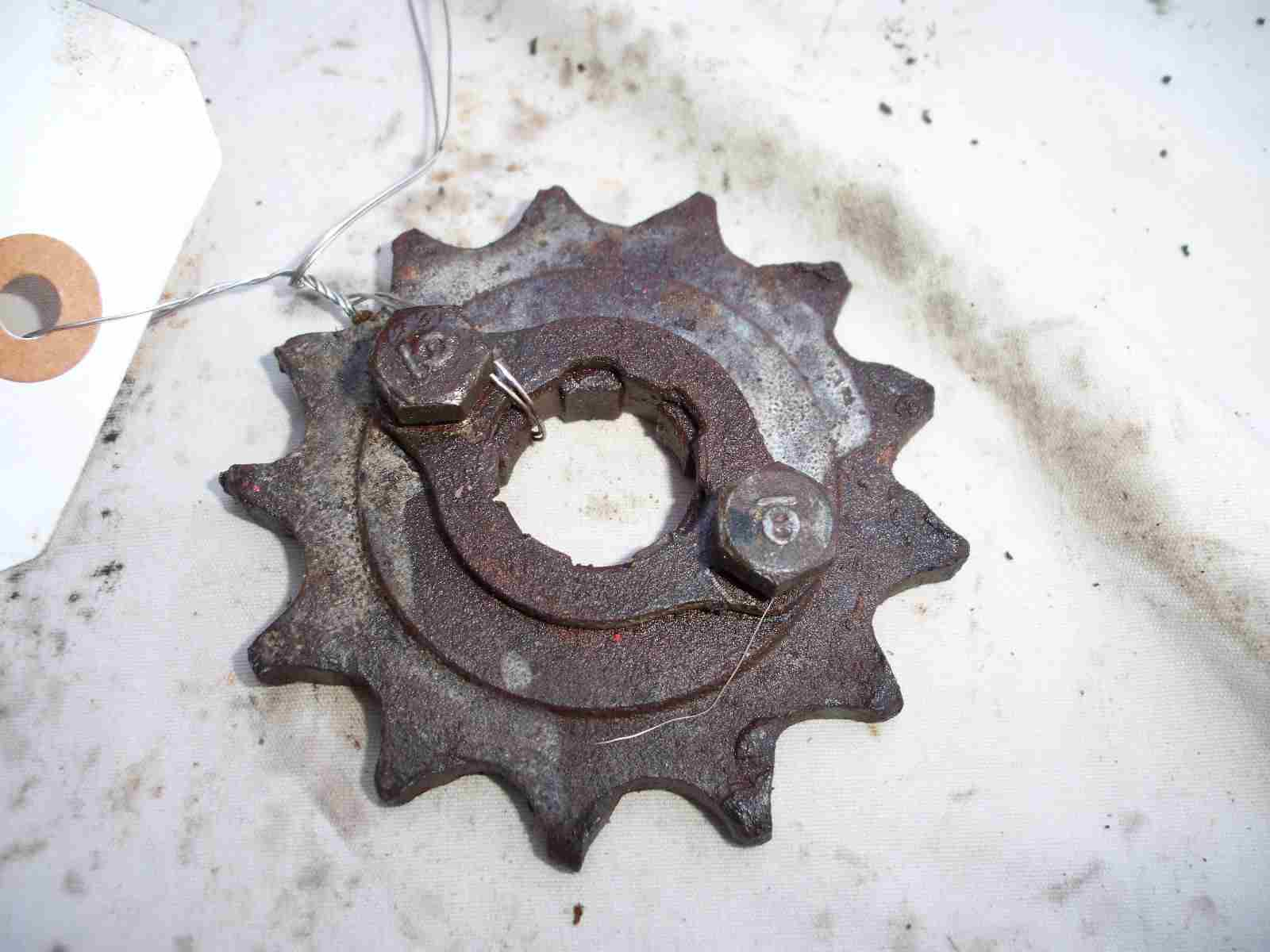 or
or 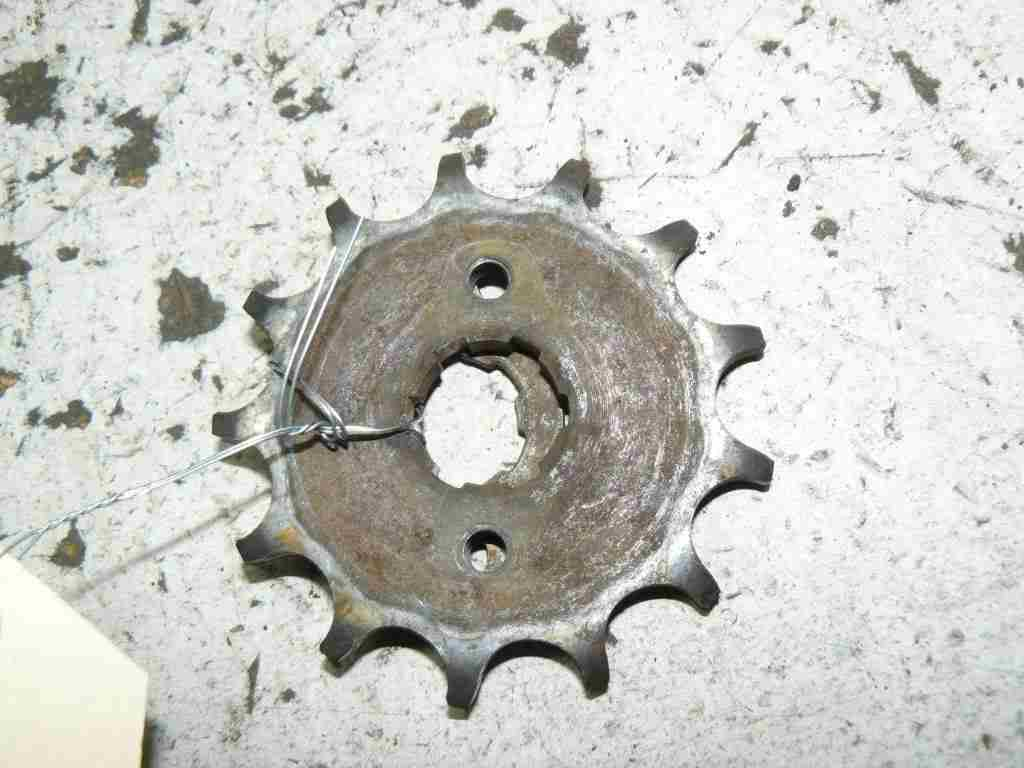 or
or 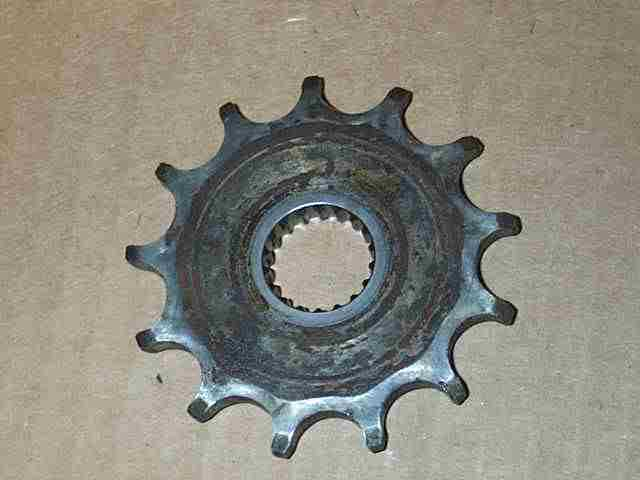 or
or 
But there's loads of them for sale! Explain that! I know I have written 'loads for sale' 3 times.
Also, who would buy a used chain? especially a used camchain? Who? In the UK for the MOT test the rule is
"Both sprockets should be securely mounted and not excessively worn" or the bike will fail.
Sorry for the slight digression.
Last of the K3/K4
So if you want a K3, they are not really plentiful, whole complete bikes are now a bit rare in the UK and many in the US are worth more for spares so are broken up ('parted out') but that gives a continuous supply of spares. Whilst the K3 shared some but not all components with the motorsport, they have a unique quality, look and feel that is hard to match. There is of course an XL350 which looks very much the same as the 250 but has a bigger engine (obviously!) and different gearbox ratios and a thicker chain (530 instead of 520) and drive sprockets and rev counter.
Lots of the XL350 parts are identical to the XL250, but not all. In addition to a gearbox, chain and sprockets to suit are all different, the rev counter red lines at 7500 rpm on an XL350 as opposed to 8000 for a XL250, for example.
There was even a K4 in 1977 with rear footrests mounted off the swinging arm so the passengers knees do not go up and down over bumps! It had a different petrol tap, screw-in not bolt on. It also looked like a wasp. There's a picture of one below, can you tell the difference?
Whilst on the subject of petrol/ gas taps, I couldn't get mine to stop leaking - it let a gallon of petrol out over night when I left it on. So I ordered one of them there pattern ones off the interweb and it looked lush but after fitting......it too leaks if left on. I have to turn it off when I leave the bike but I have now found a NOS one boxed and ready to fit when I get time, and a petrol tank that isn't full. I would advise against paying good money for the pattern one, they are rubbish. But they look nice.
This is what not to buy (mine was from Thailand) unless you have to,
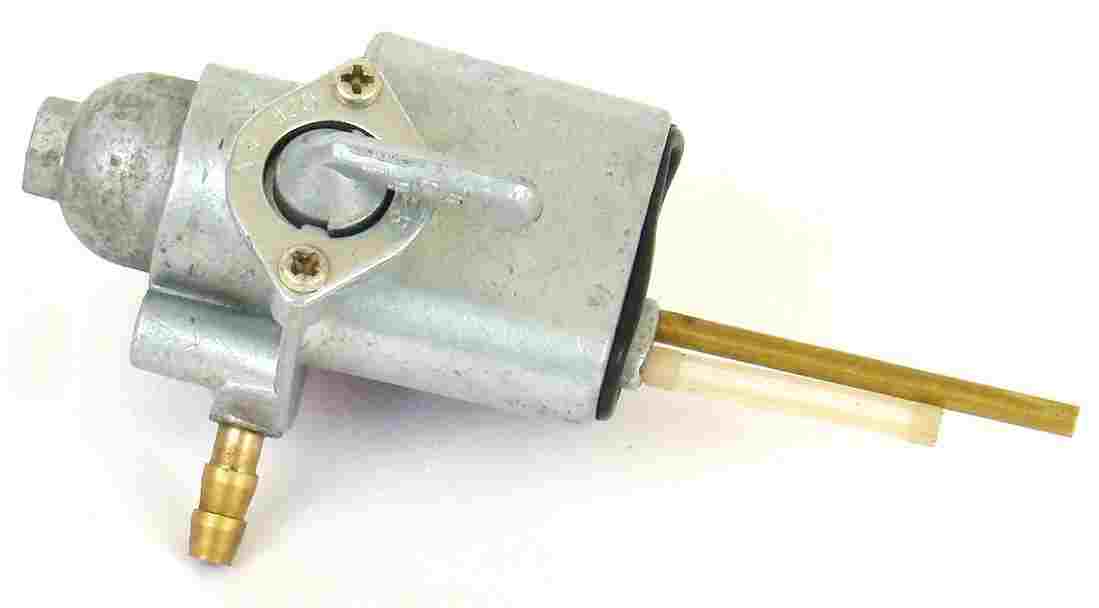
better to buy a used one and a refurb kit that can be found on ebay USA. I did find one USA seller that was advertising this by Honda part number, making no reference to it being an aftermarket copy part. Beware when a new Honda part is shown on ebay that is conveniently obscuring the part number on the Honda parts label, that is not what you do if the part is really genuine is it? A Honda background label or parts bag does not a genuine part make. This sort of thing
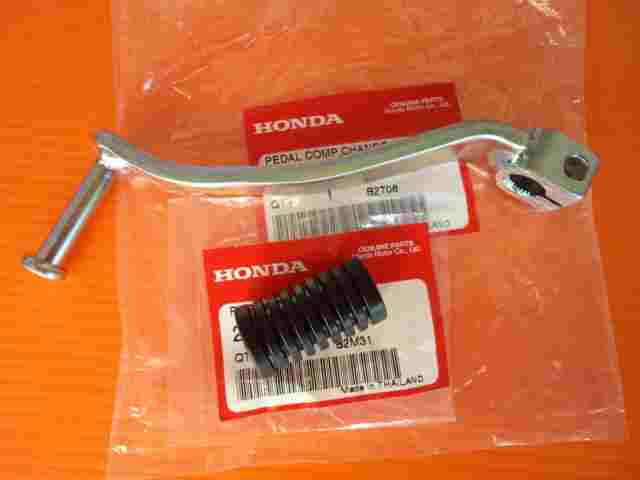
they may well be new Honda parts but why obscure the part numbers? I just find it really odd, but it is fairly common.
Finally, some sellers especially those breaking (parting out) a bike will advertise parts as being off a given bike, but they don't know or care that they are not original parts but something that has been changed during the bike's lifetime. Just because that is the gear lever kickstarter or headlight that is on the bike now doesn't mean it is definately original, or even the right one, so if you want the right part, it pays to do your homework first.
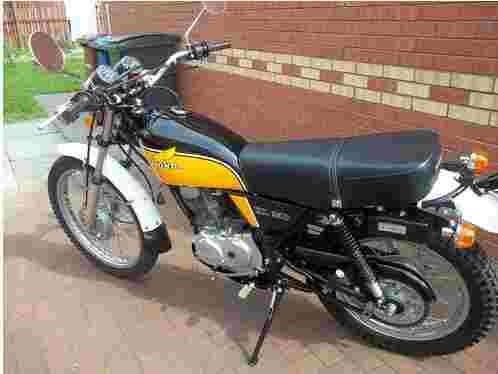
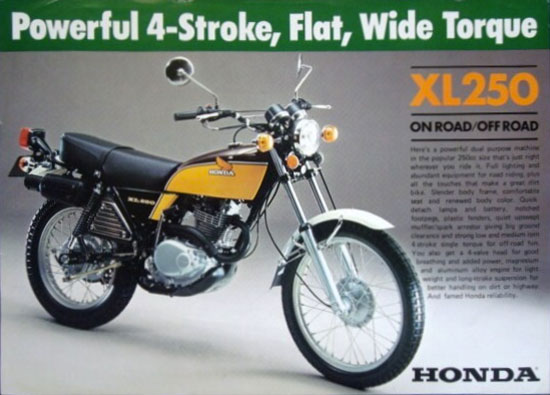
 (this one is a wasp)
(this one is a wasp)
There are more pictures of a very nicely restored 1977 K4 bike belonging to Hugo Gomez with polished magnesium side covers (are they lacquered Hugo? This bike is very well restored, a credit to the restorer.....) here
Just out of interest, what have been the hardest parts so far for me to find?
I would say the close fitted front mudguard (part no. 61100-386-000) (I'm told the cream colour is called Honda Championship White by my paint supplier) but they do turn up also the rear UK correct number plate/rear light bracket (84701-329-600XW) is mighty hard to find.....as are
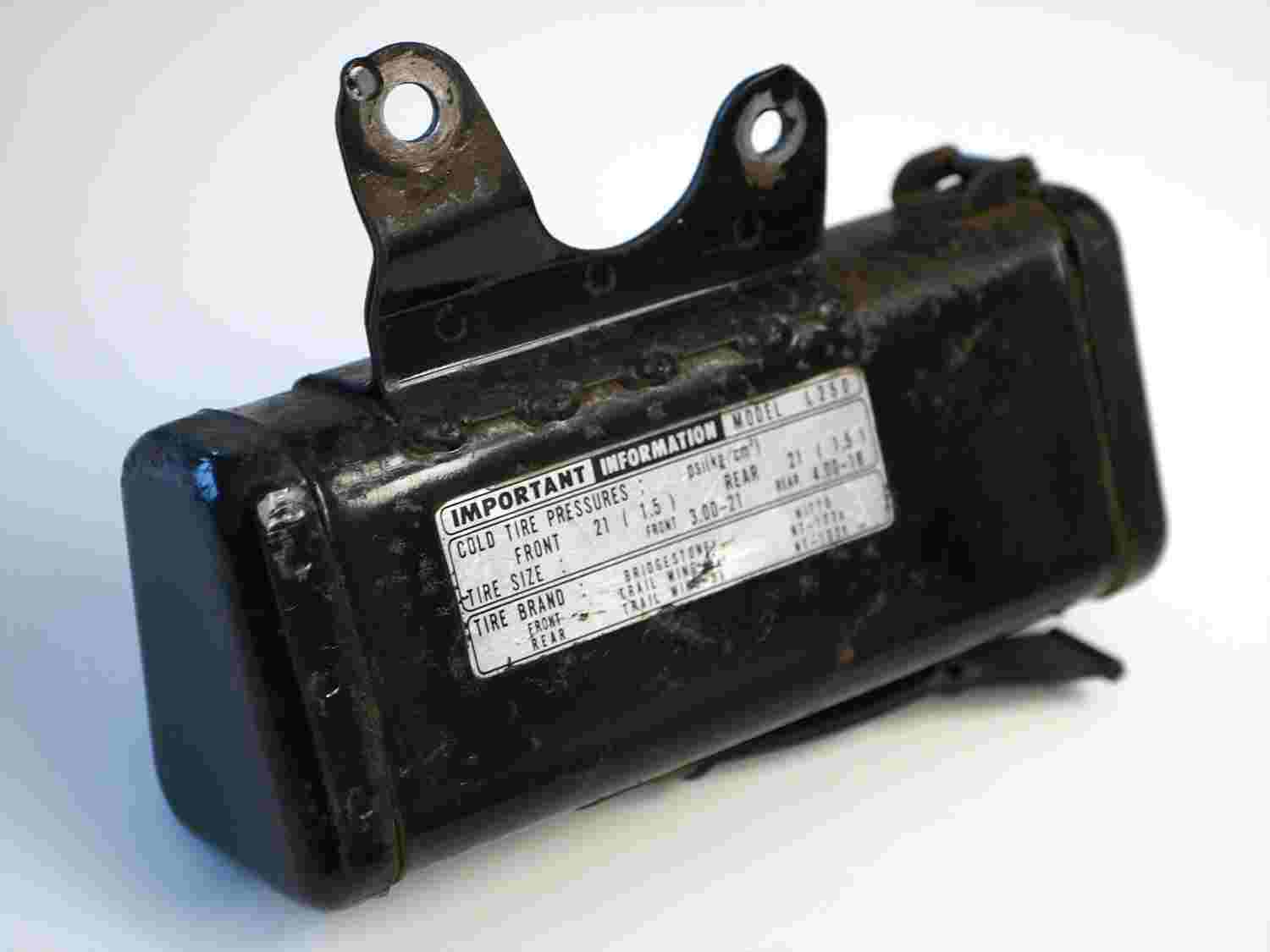 the toolboxes (part no. 83500-385-000) which are nearly always empty, and if there is a tool bag it is never complete! However the rubber strap or 'band side cover' (part number 83606-356-000) is still available.
the toolboxes (part no. 83500-385-000) which are nearly always empty, and if there is a tool bag it is never complete! However the rubber strap or 'band side cover' (part number 83606-356-000) is still available.
At last I now have the unavailable original spark plug spanner (89216-376-000) for which I have been looking for a good while... there is now a photo on the parts list page of ALL the correct tools.
Also the toolbox's small clamp 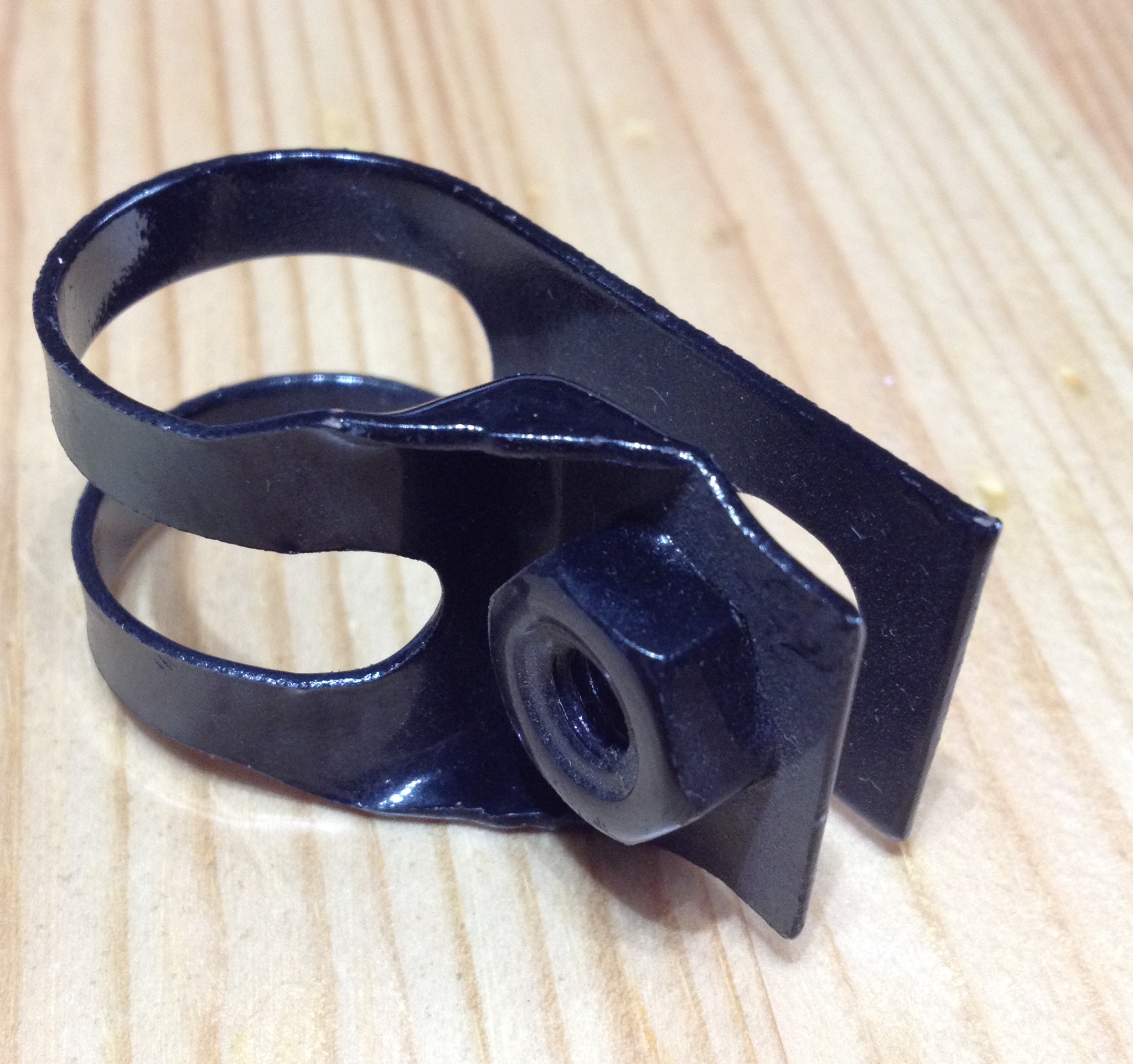 also used on 1976 Honda MT125 as the Skid Plate Mounting Clamp (band skid part no. 50358-358-000), I'm not sure why the toolboxes are missing from so many bikes, were they taken off or did they tend to fall off? It would seem odd if they did because the seat bolt holds them on as well as the clamp. Any ideas veterans?
also used on 1976 Honda MT125 as the Skid Plate Mounting Clamp (band skid part no. 50358-358-000), I'm not sure why the toolboxes are missing from so many bikes, were they taken off or did they tend to fall off? It would seem odd if they did because the seat bolt holds them on as well as the clamp. Any ideas veterans?
The XL250K3 in the Honda Collection Hall was missing this part when I visited. I offered to send them one but they didn't understand and didn't get back to me..S
Also hard to get are the side panels especially the left/battery one (but you can buy a fibreglass copy on ebay from Thailand) but remember a NOS panel is black, and you need to find the decals to go on it....and.....wait for it.....
the plastic cover for the battery terminal that fits on the rubber battery strap (part no. 31532-385-000). It is the number one hardest part to get in my experience, and it looks like this:
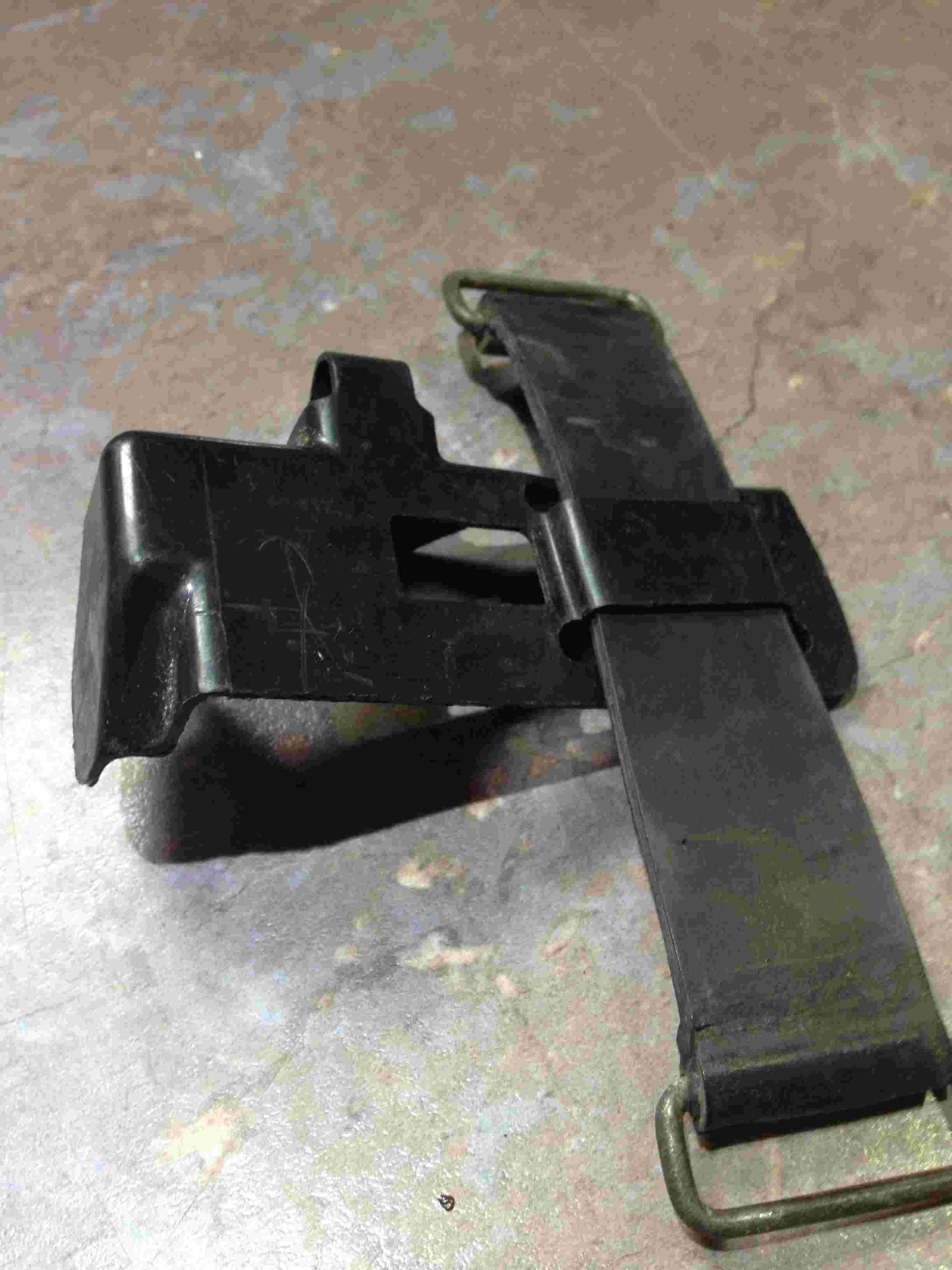
Oh yes, the rear brake spring (part no.45452-044-300) fitted on many Honda models and yet mysteriously unavailable as a new part, but it is 10mm x 70mm so plenty of other springs will do the job, and used ones are plentiful.
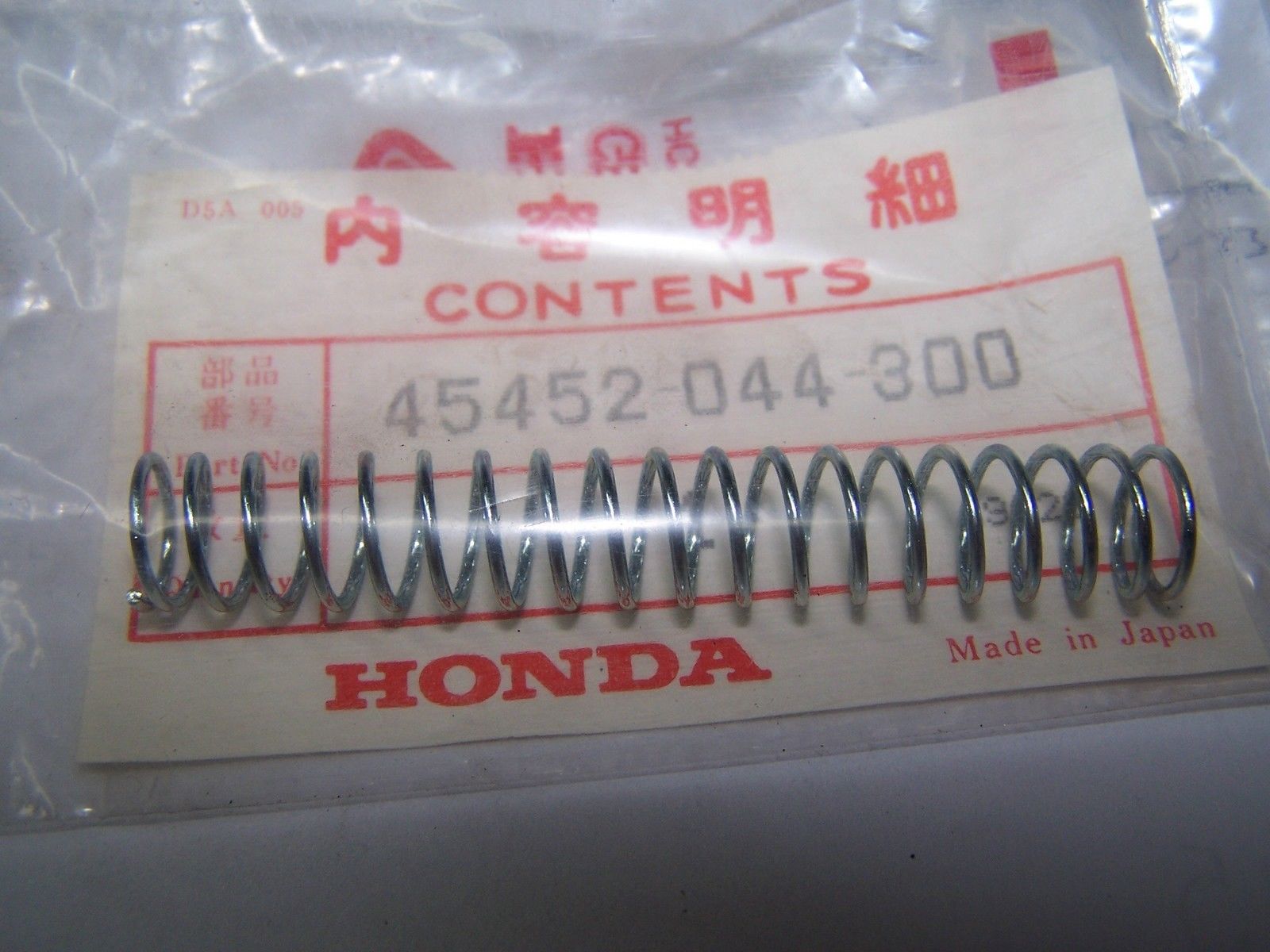
14 turns of 1mm wire
also hard to find is the rear rubber tank mount, 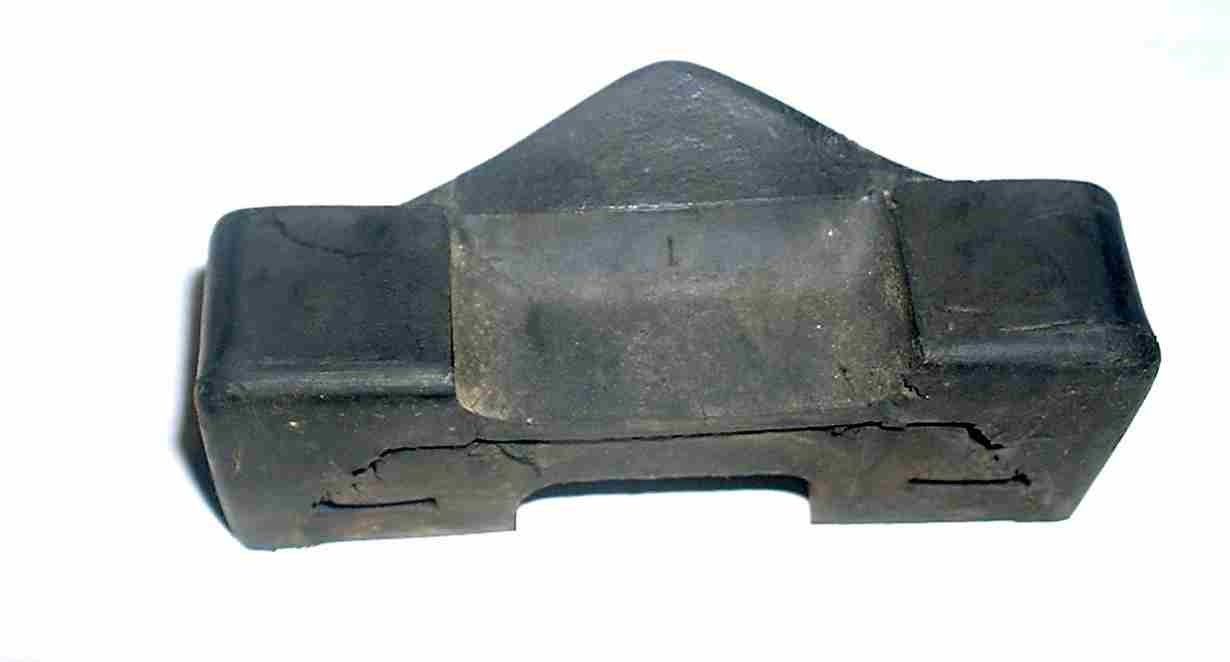 which is part number 17613-385-000 shown as part number 10 below:
which is part number 17613-385-000 shown as part number 10 below:
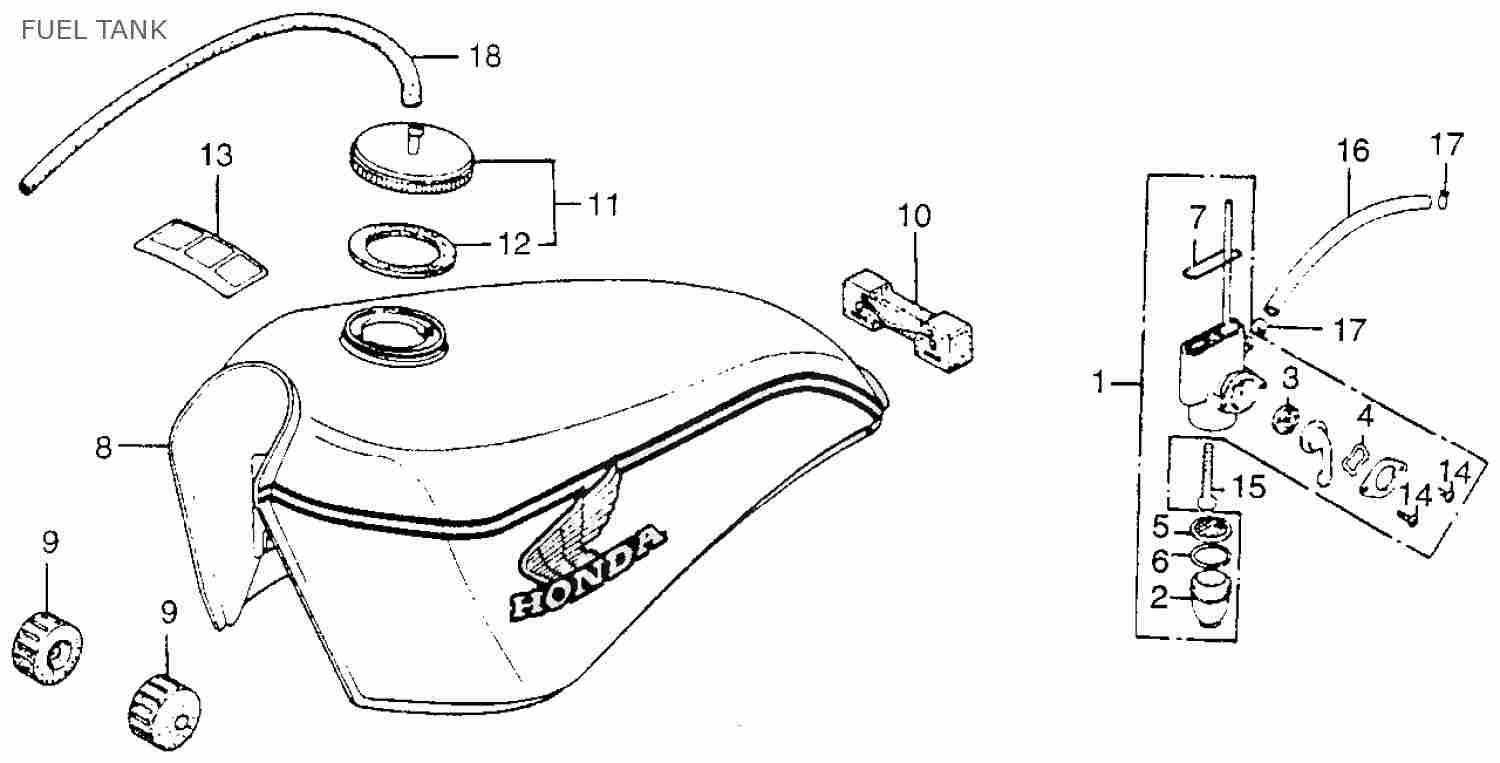
Another very elusive part is the sump guard rubber (part no. 81330-567-000) even though it was also used under the rear seat of the Honda Civic in 1975 to 79. It took 2 years to find these three! They look like this:
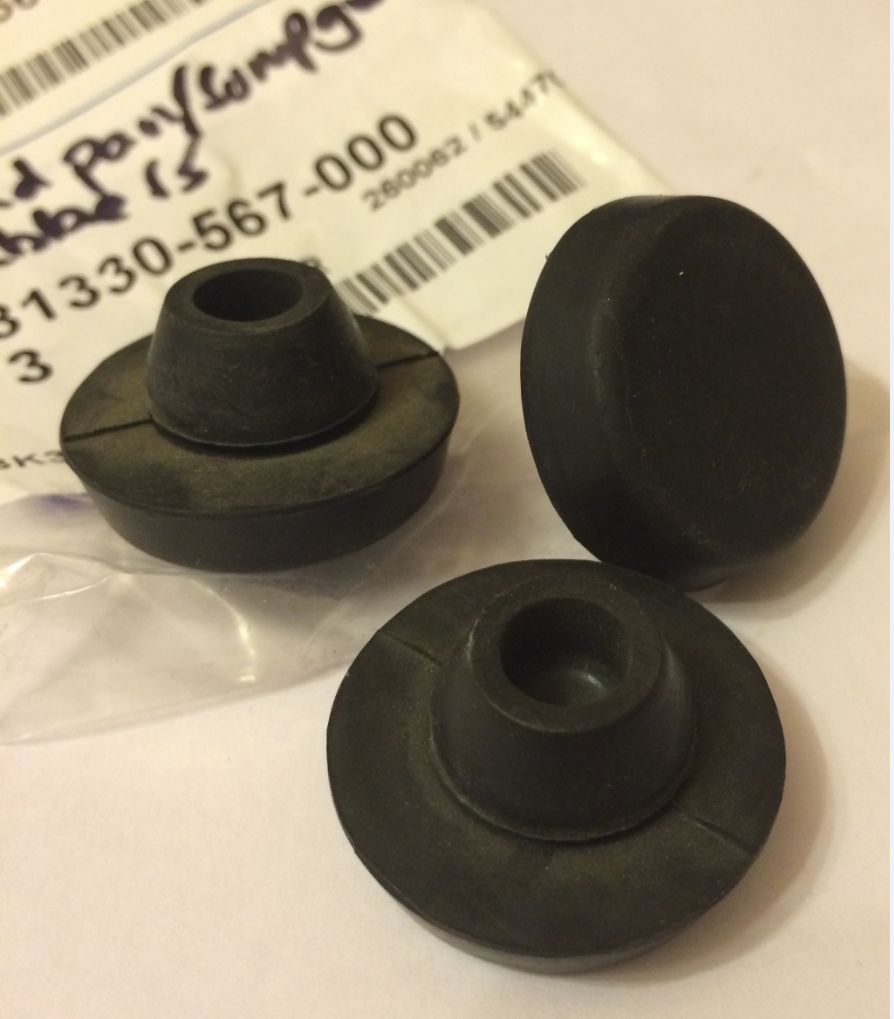
Other hard to find parts if you haven't got them on your bike are the complete exhaust system part 18231-329-000 and all its many bits and bobs.
The hard to get choke cable is also obsolete, I have some details of it if you click HERE
A note about XL250 seat strap screws
These are not listed by Honda, and are what is called in the fastener world 'truss screws'. They are M6 and have a big JIS head. Mine were rusty and snapped off when I tried to undo them.
However, there is a fairing screw that is Honda part 90107-KR0-000 that is kinda similar, and only £2 each, so I have ordered a couple and will see what I can do with them and how they look. I may have to turn the shoulder down in my lathe but it would be a start.
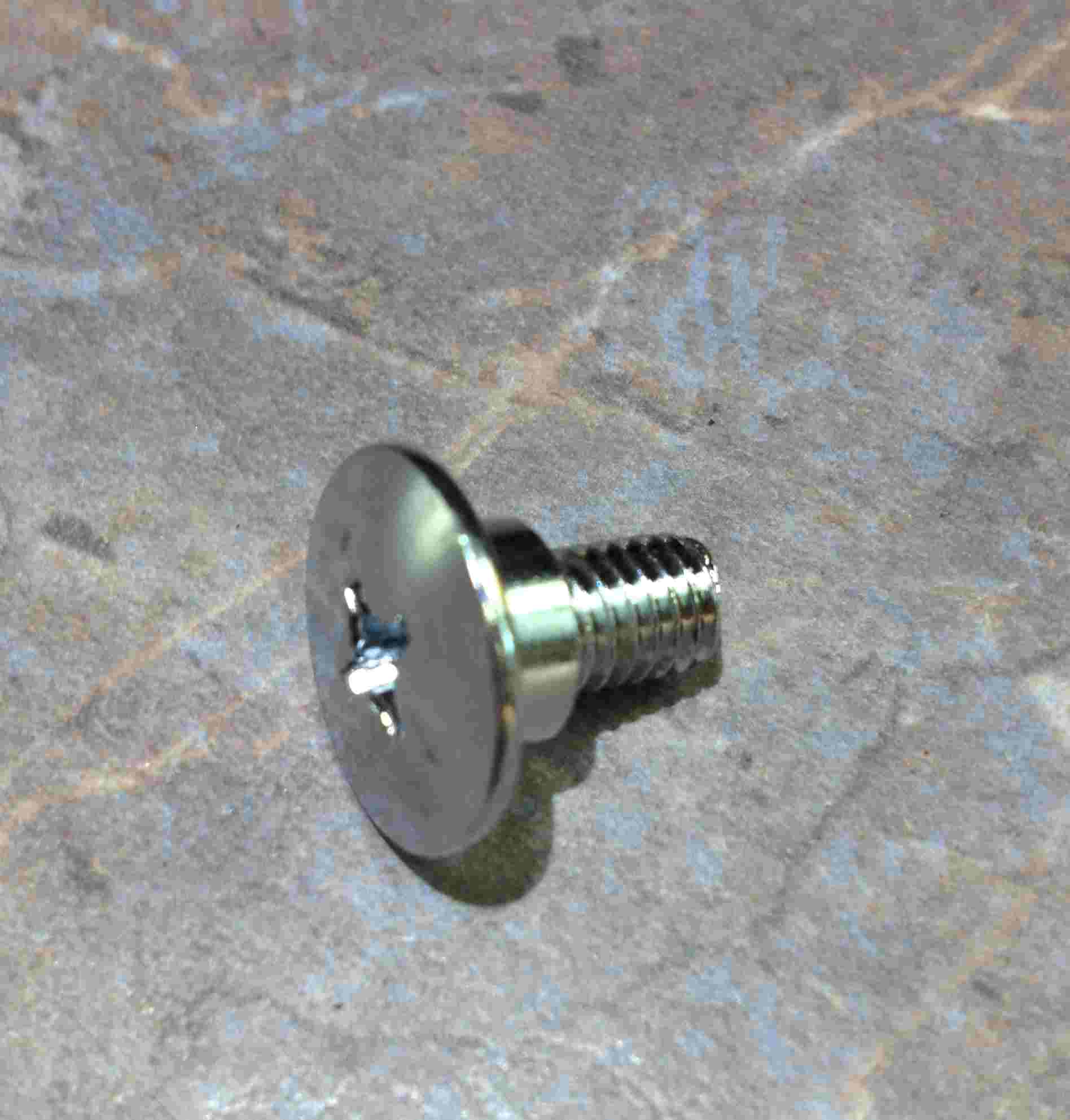 might become
might become 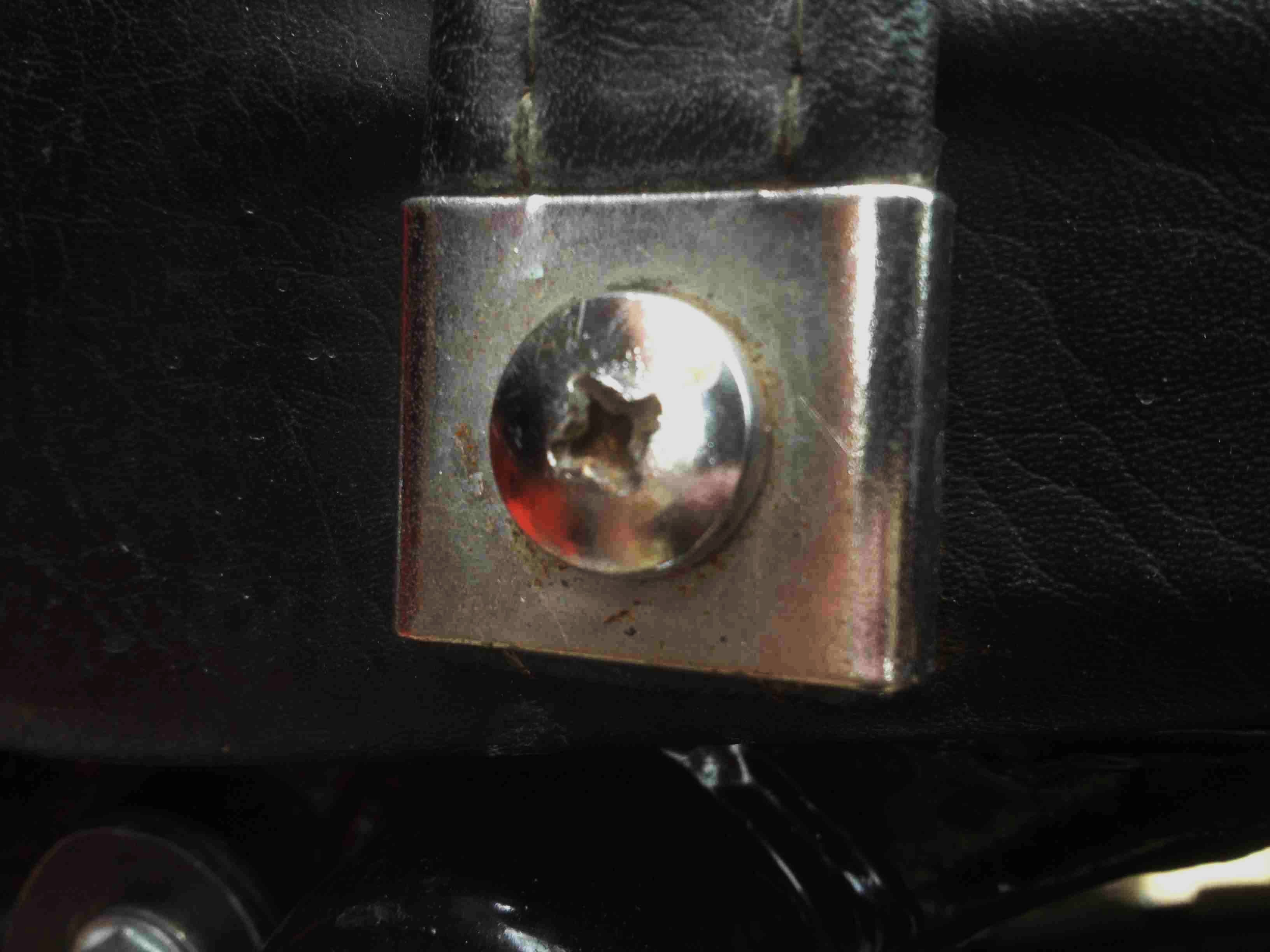 (this is the one currently on my road bike).
(this is the one currently on my road bike).
I can make a bolt but not with a pozi type head! It is worth a try to see if I can put the cosmetically correct head on the seat strap on the re-covered seat off the restoration bike.. a word of caution, Honda have used the part number 90107-KR0-000 for these screws with both the pozi head and allen key socket head. I asked which version David Silver had and they have said the pozi type.
So here is an update, look at the next photo, it shows my broken off screw and the new one. The heads are the same diameter but a different thickness.
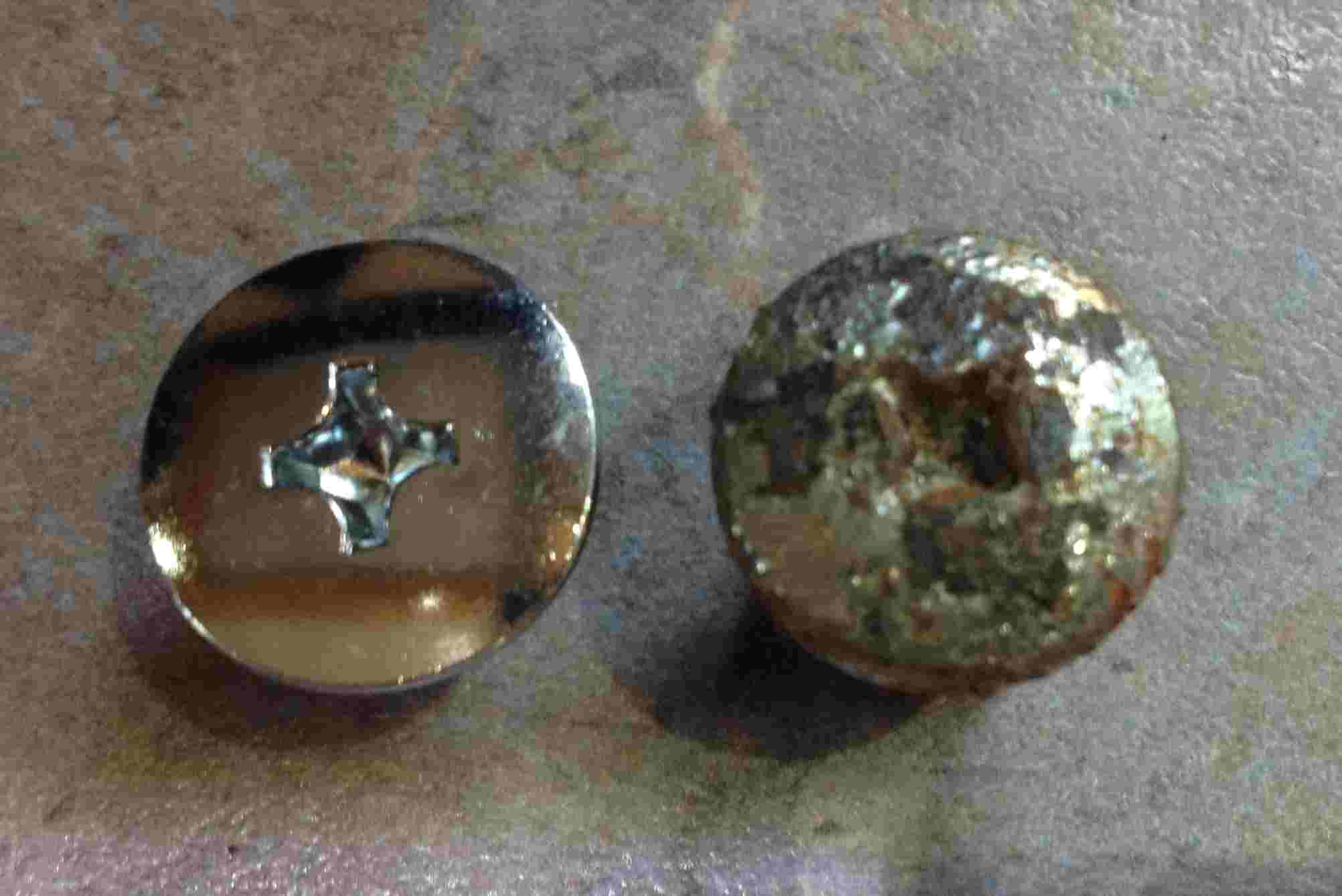 the underside looks like this
the underside looks like this  so it is a start, but the screws go through the seat handle chrome ends and then through the seat cover then into captive M6 nuts, so it would need to be at least twice as long. I am sure there will be an engineering solution, but it requires further thought..... and a boxful of cunning. Hmmmmm.....
so it is a start, but the screws go through the seat handle chrome ends and then through the seat cover then into captive M6 nuts, so it would need to be at least twice as long. I am sure there will be an engineering solution, but it requires further thought..... and a boxful of cunning. Hmmmmm.....
Meanwhile..
Some parts are still available from Honda themselves of course, through their many franchised dealerships and through specialists like CMSL in Holland and David Silver Spares here in the UK. In the USA try Honda Restoration they have a lot of good NOS parts and a helpful website, and there are also good fiches etc at Bikebandit . Dans la belle France essayer DDMototeam und in Deutschland meine Freunde versuchen Lo-moto. There is also Roger at Honda Classics Restoration Services here in the UK.
There is a good amount of XL stuff at Oldrice.com including a forum HERE
Many items are also reproduced, usually called aftermarket parts, like the indicators, mirrors, cables and some are very good quality, especially the Japanese made parts; which implies some are not. See petrol tap later. OEM (stands for Original Equipment Manufacturer) is meant to be a part made by the maker who made the parts originally for Honda. Some sellers (especially in the US) seem to think that always means a genuine Honda part. They are nearly the same but no Honda packet.
Fortunately Honda use a lot of the same parts on different bikes and ATVs, and NOS parts (New Old Stock) also keep turning up as old dealer stocks and hoarded items are found and sold, usually on ebay. Searching with the word OEM (Original Equipment Manufacturer) NOS (New Old Stock) and Genuine helps find these.
If looking at eBay in the US, (ebay.com) search both XL250 and XL350 (especially XL350 as they seem to list a lot of 250 compatable parts only under 350) as many common parts are listed in only one or the other. The XL350 and it's many parts were sold for 11 years in a row so supply is fairly plentiful. There are often XL engine and cycle parts listed only under TL250, but of course no indicators or lights!
Another ebay search tip is to use American Terminology, as we were once described (possibly by George Bernard Shaw, possibly not) as two nations divided by a common language thus,
UK ENGLISH = US ENGLISH
exhaust = muffler
indicator = winker or turn signal or even blinker in Utah
Petrol tap = petcock or gas tap
Foot rest = foot peg
Mudguard = fender
Breaking = parting out, wrecking
rear light = tail light
Brake light = stop light
handlebar lever bracket = perch
headlamp shell = headlight bucket
number plate = license plate
Rear light holder = tail light tag bracket
rim tape = tyre flap
cylinder barrel = jug
gudgeon pin = wrist pin, piston pin
footrest = peg, footpeg
foot rest rubber = foot peg cushion
pillion or rear footrest = buddy foot peg
swinging arm = swingarm
side stand = jiffy leg or kick stand
gearbox sprocket = front drive sprocket or counter shaft sprocket
gear lever = shift lever
tyre lever = tire iron
kickstart = kicker
tappet cover = valve adjusting cover
Petrol = gas or gasoline
petrol cap = filler cap/gas cap
Spanner = wrench
water pump pliers = Channel locks
sump guard = skid plate, bash guard
gear lever = shift lever
brake disc = brake rotor
tyre = tire
transmission = tranny
tranny = cross dresser
steering yoke = tripletree or top tree or triple clamps
indicator stalk = signal stay
exhaust pipe = header pipe
exhaust clamp = muffler band
skimmed (as in cylinder head) = decked
fork stanchion = front fork shock pipe
cable holder/guide = cable stay, cable receiver
disc (brake) = rotor
Perspex = Plexiglass
Allen key = 'L' wrench
grub screw = set screw
very annoyed = pissed
pissed = drunk as a skunk
We are not interested in your oil = we are gonna invade your country and kick your ass
Police = Feds, Cops, Five 'O', Federales, Pow Leese, Heat, Cherry Tops* (Cop car)
*Note that in England it was common to call a highway patrol police car (in UK the correct name is Traffic Car) a 'Jam Sandwich' ( I believe this would be a 'jelly sandwich' in the US?) because they were white with a red stripe.
The police officers who drove these were generally known to be somewhat fiercer and less tolerant than normal police... you may still hear this phrase occasionally in the UK.

This is a Jaguar 'Jam Sandwich'; see, you can learn a lot of crap on this site.
If you are an American and want to learn more English have a look HERE.
Another ebay tip my friends and I have discovered is that it is a Very Bad Idea to buy or bid on stuff on ebay if you are pissed (UK meaning).
I like America and American people but Americans can not only be very nice but also a bit odd.....

There is something odd I have noticed about some Americans, in so much as they seem to like taking things apart for no good reason. I don't mean to be rude to all Americans, but my friend Jon had an uncle who lived on his own that went like that, would quietly take everything like his lawnmower or bed springs apart - every single part, nut and bolt but for no reason then put the bits in a box. Then he died. It's not normal. There are eBay sellers in the USA who take say an XL250 carb, take it completely apart and then try to sell every little bit seperately. They list the part over and over and over.
Maybe they hope to get more for it that way but for God's sake....well good luck with that idea. Who wouldn't just buy a whole carb someone else is selling? In England we would just list the carb complete; and nobody ever called us odd or wierd.
In my defence, I would like to point out that I do know by heart all the words to both the intro and outro songs of The Beverly Hillbillies, much to the surprise of my children when they were small.
End of observation on odd, probably bearded Americans who may also live alone and too far from other people..
Buying from foreign countries - cautionary notes
United States:
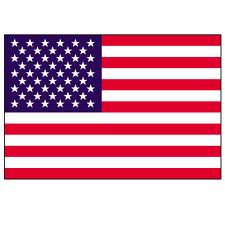
Beware of higher than expected postage, and handling charges/ import VAT etc when buying from the US. Whereas the Chinese will mark stuff 'gift' on customs declarations the Americans won't do that as they do not seem to want to commit a Federal Offence or something. So buy something from the US for £100 and pay £30 fees 'handling charge' duty etc. Grrr! Interesting fact about the USA: only 30% of Americans have a passport.
Australia:
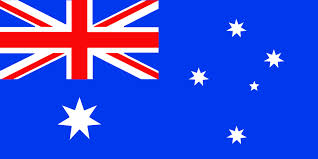
If you buy something other than a jar of Vegemite from Australia, best shake it out for poisonous spiders on arrival, just to be safe... the most dangerous are the Sydney Funnel Web, The Redback, The Mouse Spider, Trap Door Spider, White-tailed spider, Aussie Tarantula, the Recluse spider, Huntsman spider and the Common garden orb weaver spider and there are many more.... I don't wish to be alarmist. Waddy lives there and says they are not as bad as they are made out to be.... Interesting fact: Australia was the first nation to produce latex gloves.
Germany:
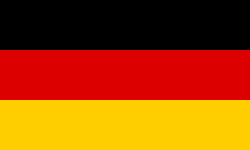
Besondere Hinweise über Deutschland:
(Special note about Germany)
I have managed to get some good bits from ebay Germany, but it is really hard because many sellers stupidly don't take Paypal (I thought you had to on ebay?) and sending a few quid by bank transfer to Germany from the UK is an expensive nightmare, last time I tried Lloyds TSB Bank took the money out of my account, but couldn't send it so put it back but charged me £30 for not sending it, so I have sent the cash in euros in a letter and so far so good (three or four times now), it has arrived safely.
Germany! Wake up! Smell the coffee! Take Paypal! (Deutschland! Wach auf! Riechen Sie den Kaffee! Nehmen Sie Paypal!) I don't mind even paying the fees if I have to. Apparently in Germany a tachometer is a speedometer. I did not make this up.
That is the end of the German rant.
Das ist das Ende der deutschen geschimpfe.
Interesting fact about Germany: There are 1,300 beer breweries in Germany, making some 5,000 kinds of beer. German people are the world's second biggest beer drinkers after the Czechs.
Ebay France sometimes has a K3 part but most of the items listed in France are actually for sale in Germany.
"Life is too short to learn German"

Richard Porson (1759-1808)
In a calmer mood,
Here are the pictures from part of a Honda ad from 1976....
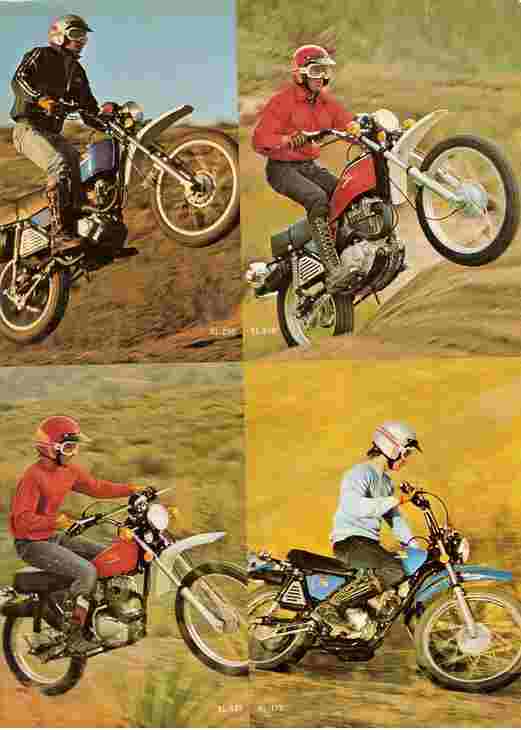
I seem to have accumulated a Honda XL250 Parts Photo Library.......... this bit is in case you missed the earlier mention as it is quite useful and as a result of my new found website skills, you can find a photo of many (but sadly not all) Honda XL250K3 parts in part number order HERE the list grows weekly, sometimes daily sometimes not at all.
and here is how the oil flows in an XL250

There's a nice 'see through engine' diagram/video at Oldman Honda it's worth a look at this site dedicated to 70's and 80's Honda bikes...
Meanwhile the XL350 was being promoted a lot by Honda in 1976, they had a winner and wanted the world to buy it.... especially in the U.S.A. (and Germany..see earlier rant) and guess what? They did buy it. Lots of them.
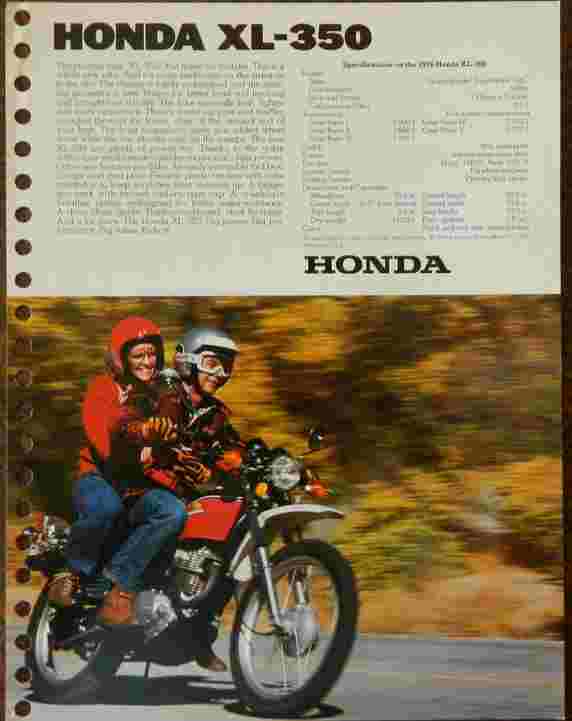 >
>
Here is a picture of my restoration Honda before I took it apart:
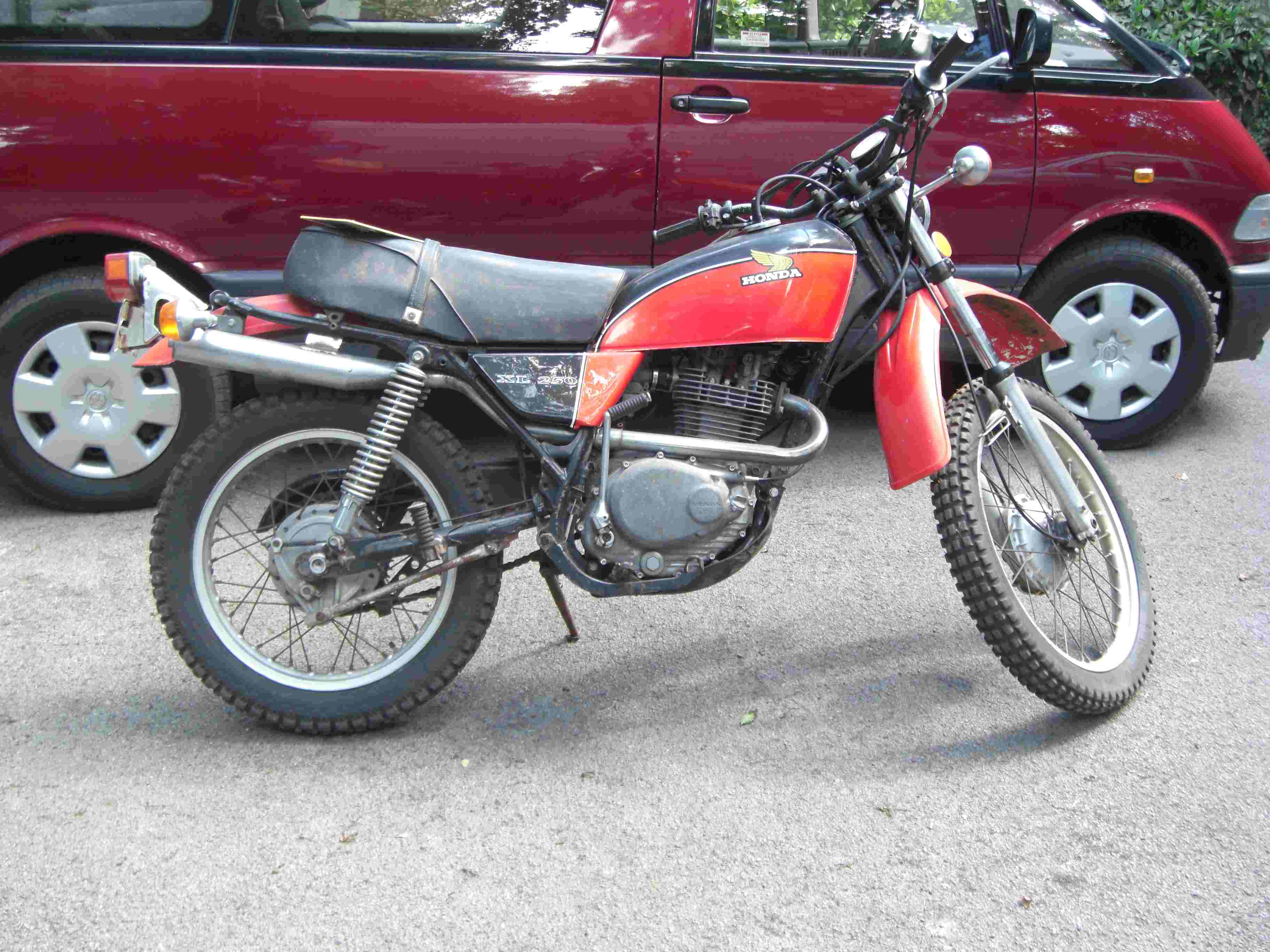
No, it isn't done yet but it is on the way. I'll give more details later when I get time. I got the tyres on this week (Sept 2013) and then will be able to get to the next stage, the Rolling Chassis.
I used to think that it was fairly standard (ha! how stupid was I?) Apart from the aftermarket exhaust (which I still have in my garage) but like most bikes it has in fact been messed with in 37 years since new, so here are a few items you may spot...
wrong type of front mudguard, front indicator and back indicator stalks the same (should be different lengths) stainless steel clamp on carb manifold, wrong rear footrests (someone had drilled the M10 fine nuts welded into the back of the swinging arm and put bolts through) rear mudguard red not white, rear number plate cut off short (I have scar on my arm as it was left razor sharp). Clutch cover not painted silver so a dull grey magnesium oxide colour). Aftermarket handlebars, no mirrors, and a seat bolt missing. Side panel paint not lined up with tank. Allen key bolts in the crankcases. And I'm not sure about the rear light having amber side reflectors! But it did 70 mph and I loved riding it so there.
If you are going to to rebuild any bike then I really believe there are three really important things to do:
1. Take lots and lots and lots of photographs of the before, and as you strip it down. And lots more.You are more likely to regret not taking enough detailed photographs than you are likely to regret tattooing your face.
2. Buy or download the parts book - it is your bible. If you can't do this sites like CMSL have the pages online. The index is really helpful, as if you find a likely looking new Honda part you can look up the part number in numeric order and see if it right for your model. I use it a lot. It also has wonderful line drawings that aid re-assembly greatly. To be honest I would like to meet the artist at Honda who drew them and shake his hand. They are on ebay from time to time and really really invaluable. The one I have is the UK one, but the nearest CMSL bike fiche is the US one for '76 so mine is different in several places. Oddly some parts like the lock sets (ignition, steering and helmet lock) are only shown in sets. The helmet lock for example isn't listed on it's own but the part number appears to be 50710-086-007.
 click here for an XL250K0 version, and I have put a US XL350K1 copy here. Then get some learning like these items below...
click here for an XL250K0 version, and I have put a US XL350K1 copy here. Then get some learning like these items below...
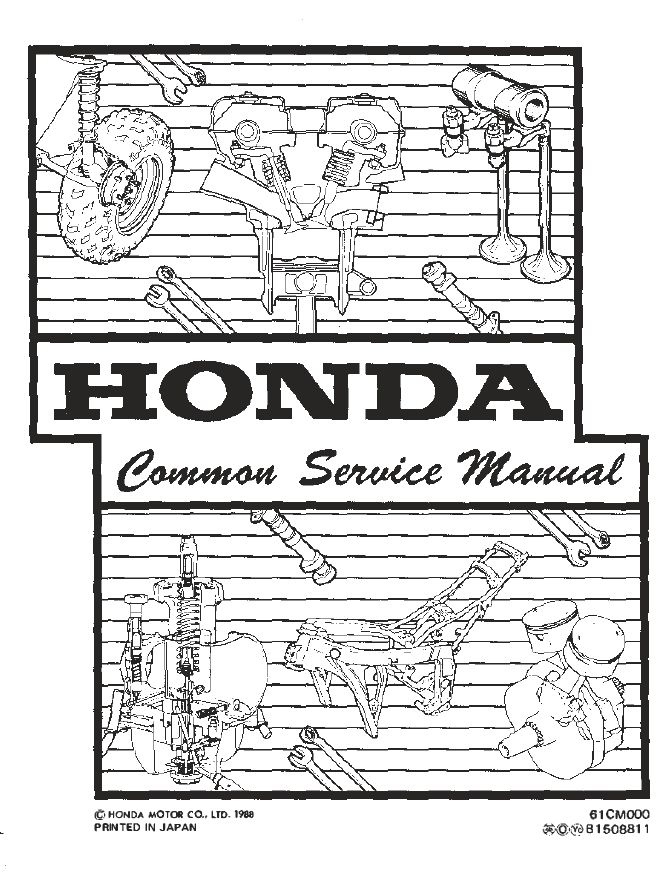 If you click HERE there is a great FREE Honda Common Service Manual courtesy of the XL Forum in Holland, thank you guys!
If you click HERE there is a great FREE Honda Common Service Manual courtesy of the XL Forum in Holland, thank you guys!
and you will find a useful Honda electrics manual like this  HERE
HERE
and a Honda Carburetor Service Manual 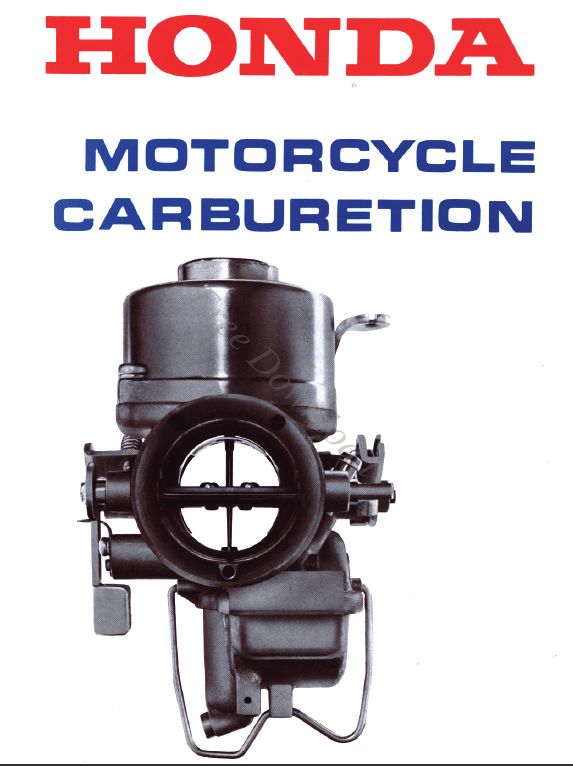 HERE
HERE
You will need a .pdf reader to view these, if you haven't got one you can get one HERE
3. First, if possible try to build the bike as completely as you can in it's initial unrestored form. It doesn't need to be pretty, just as complete as you can get it. Only then should you strip down.
Keep everything in separate section boxes such as 'electrical', 'carb', 'handlebars', etc. with small parts in clear sandwich zipper bags and label them with a Sharpie pen eg 'front mudguard rubbers' it may seem obvious now but will it be so in 18 months time after the box has been knocked off the bench and the contents scattered? Twice?
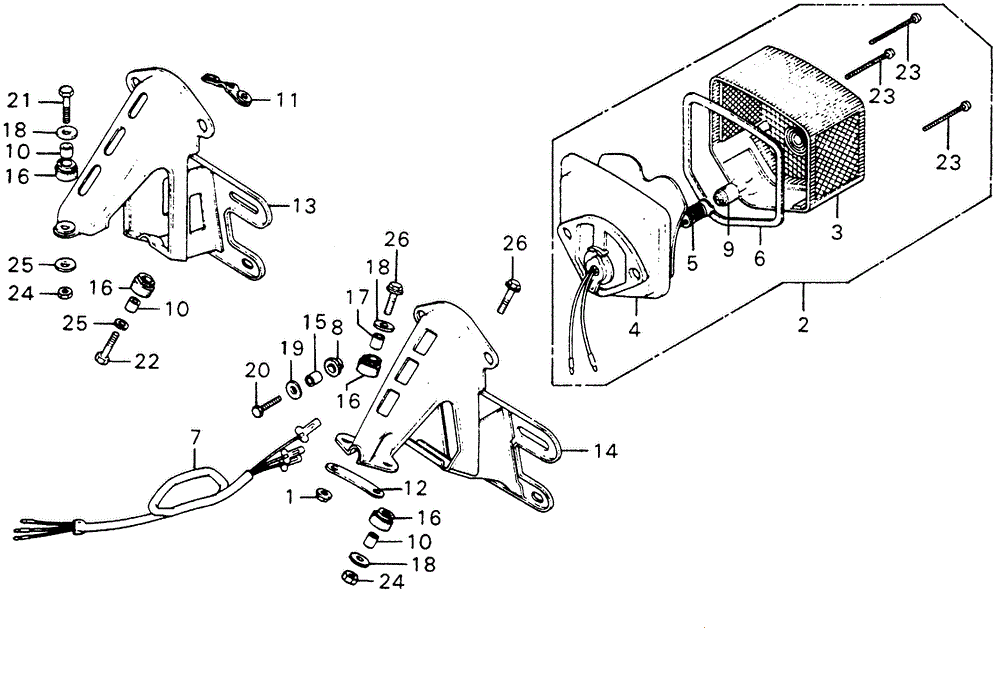
Note on the above part 12 goes above the mudguard not underneath it. It spreads the load on the plastic, and the rubber grommets rest on it. If still confused click HERE .
Chrome Plating
If you send parts away eg. to be chrome plated, put them on a scanner or photocopier and send them with a copy and keep a copy yourself, so you can identify them and know they are not lost in the bottom of a plating tank... talking of plating it is hard to get a good reliable one. There are no cheap ones. The process is basically shitty; polishing, cleaning, acid fumes, poisons etc etc and the guys who do it really earn their money. Basically the item has to be polished shiny like chrome before it is plated usually with nickel, then a flash of chrome that is very thin.
Triple plating is usually reserved for pitted items and Rolls Royces and is an initial coating of copper, then nickel then chrome. I have had items plated by several platers or 'metal finishers' and only the ones who specialise in bike parts are good at bike parts. The ones who do taps all day and only odd bike bits are not so useful. You need to communicate with them like 'I don't want you to polish the part numbers off....' or else they will assume you do.
If possible take the parts yourself and collect. You will still probably be given a time estimate of 4 weeks when they really mean 4 months or more , and several/many phone calls of the 'is my plating done yet?' kind will be needed before the day you get it back. Trust me. I know.
I have up to now been using R & S Chrome in Manchester, the website is flash but their premises are not (I'm sure they would agree), but they are a well established family business and I have been happy with the results and the prices; however getting Mark (the boss) on the phone is quite a bit harder than phoning the Pope in the Vatican. Ok. I'll try again tomorrow. Before 4 pm or early first thing? No joy so try email..
Thomas, the master polisher there is much more with it. However he is not the boss. You get the picture. It made me wonder if it would be quicker to send plating to say India or Taiwan? If you are a chrome plater in Taiwan, let me know.
The most recent batch of chrome I had done (16 pieces collected August 2014) was finished in good time (5 weeks) and to a very high standard by a company that is run by Indians in Birmingham, UK called Broadway Brass it is triple plated and the quality is very high. It wasn't cheap, but good plating rarely is. It is to 'show quality', and they were pleasant and helpful. The contact there is called Raj. They even plated my Honda CB400F exhaust (all of it) without complaint, and I would highly recommend them. They gave me a verbal quote when I took the items over to them, and they stuck to it.
Meanwhile if you want to find a plater to do your fasteners....
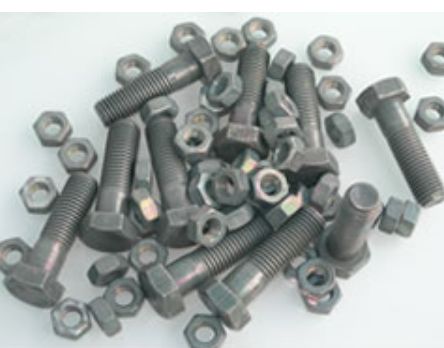
Ian (Motorsport 250 above) advises that he used Chingford Technical Coatings Ltd. based in Maidenhead to do the the zinc plating, he reports as follows:-
"took a chance on them as a few companies locally were just not interested / or gave me any confidence in giving them my parts or in small scale work, the boss (a chap called Steve Searle) looked after everything, turn around was less than a week, cost was a very reasonable £60 for a ton of fastener, there must have been a full set of motosport fasteners then 1 1/2 Rc30's fasteners too. Would use them again without fail".
Another XL350 Advert
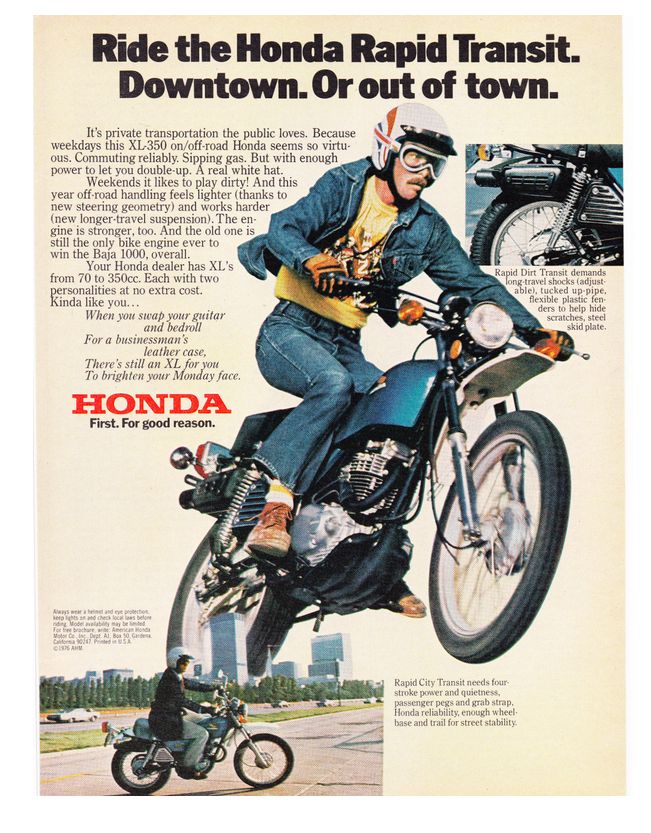
Where did this dude come from?... ah yes from
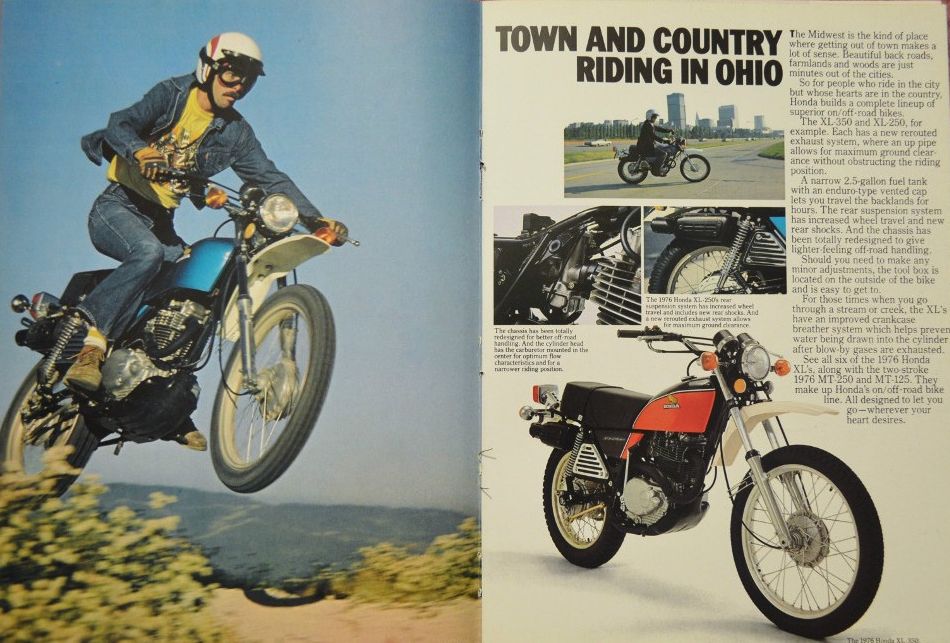
This XL350 advert is from 1974, again trying to emphasize the on road use
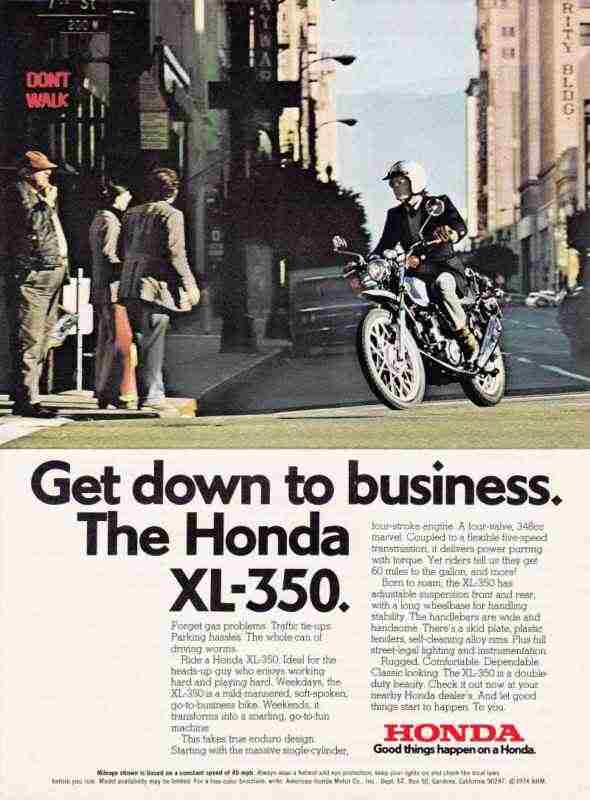
This ad below made me smile. Funny how some phrases have changed their meaning since 1977....
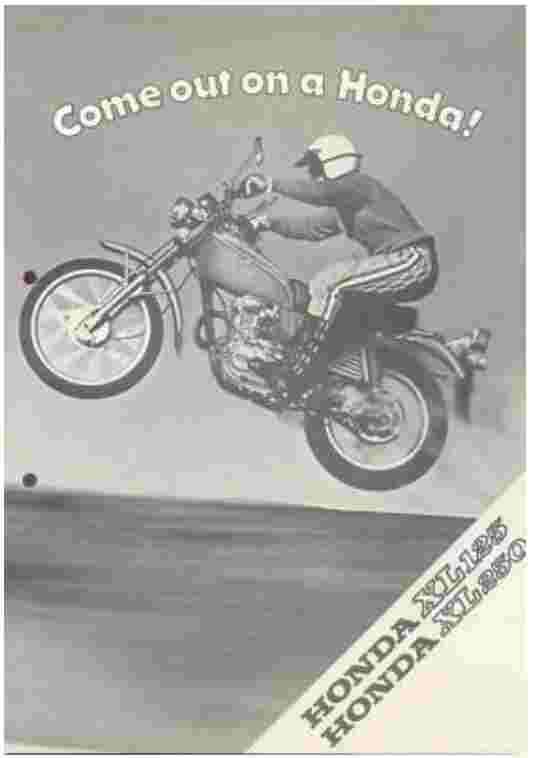
Fork leg plating
I am lucky enough to live very very near a company that specialise in rechroming fork legs! Goodbye stone chip rust pits. They do these and pistons from hydraulic diggers and plant, they grind them, rechrome plate them, regrind and polish them like a mirror to very small tollerences back to the original size. They even straighten bent ones. Cost wise about £75 each, but a bootiful job. They are Mansfield Hard Chrome but they don't do other decorative chrome like mudguards or kick starts so don't ask. I know, I have tried. They have a separate website for fork legs called Forks Rechromed which is worth a look.
Wheel rebuilding/re-spoking
Also near here, in Shirebrook near Mansfield but actually over the border in Derbyshire (NG20 8UG) is a man from Norfolk called Charlie who rebuilds wheels. I used to get wheels rebuilt many years ago by Clarke's of Nottingham, but when they closed down, Charlie bought the spoke threading machine and still does the same service. He has a website for his shop Shirebrook Motorcycles it is a small shop and he sells push bikes too but take him your wheels and get them back re-spoked in about a week or so. He does standard and stainless spokes, and he is A Very Nice Man. If the shop is busy he won't always answer the phone, so give it a while then phone back.
I have my restoration wheels back, I did the respoke myself with stainless spokes from Central wheels, but I wasn't happy with the lacing on the front one, so Charlie and his staff sorted it out and with tyres fitted now so not long till the chassis rolls. I have taken my road bike wheels (top picture on this site) to Charlie for a respoke, as some of the spokes were rusty and some of the nipples very tight whilst the spokes were a little loose. The salt on the winter roads in England is the culprit. I am also having a new tyre on the back, a less square tyre, and a little oversize for fun. I will post some pictures when I have the wheels back, next Tuesday. See bottom of this page.
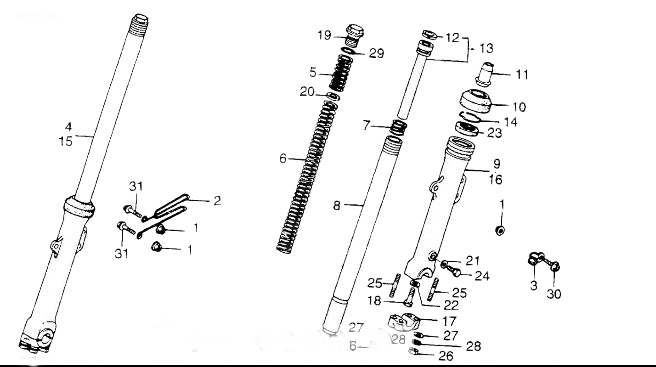
I have done a quick 'how to strip and rebuild the forks' article. Available HERE with even more useful photos!
Oh well must be time for another Honda Dealer sales leaflet...
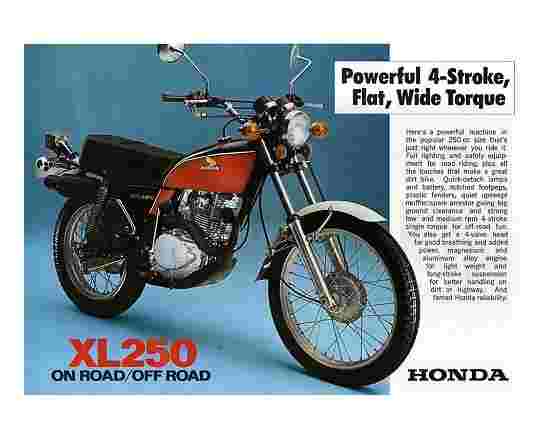
and the reverse side
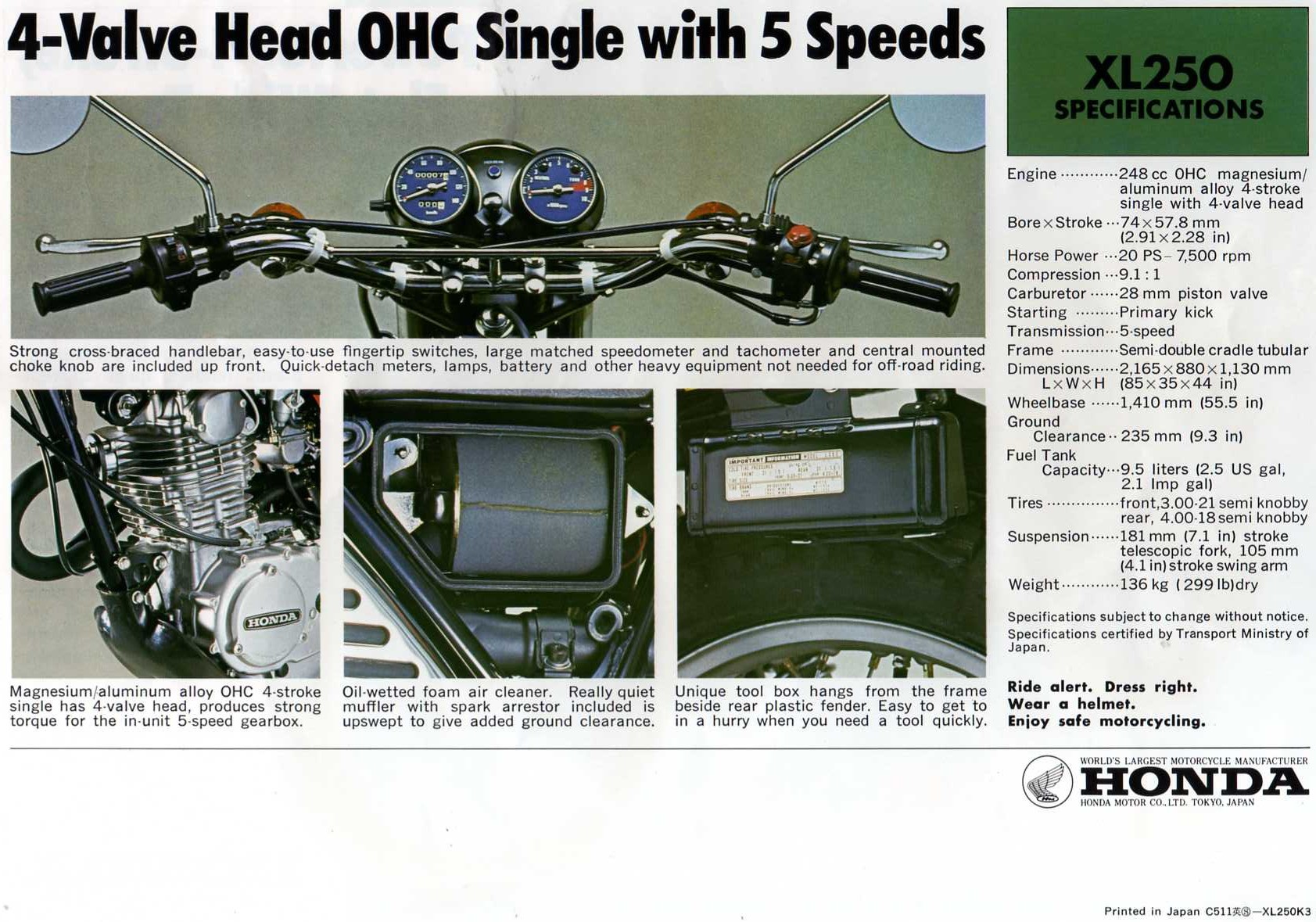
and the XL350 version
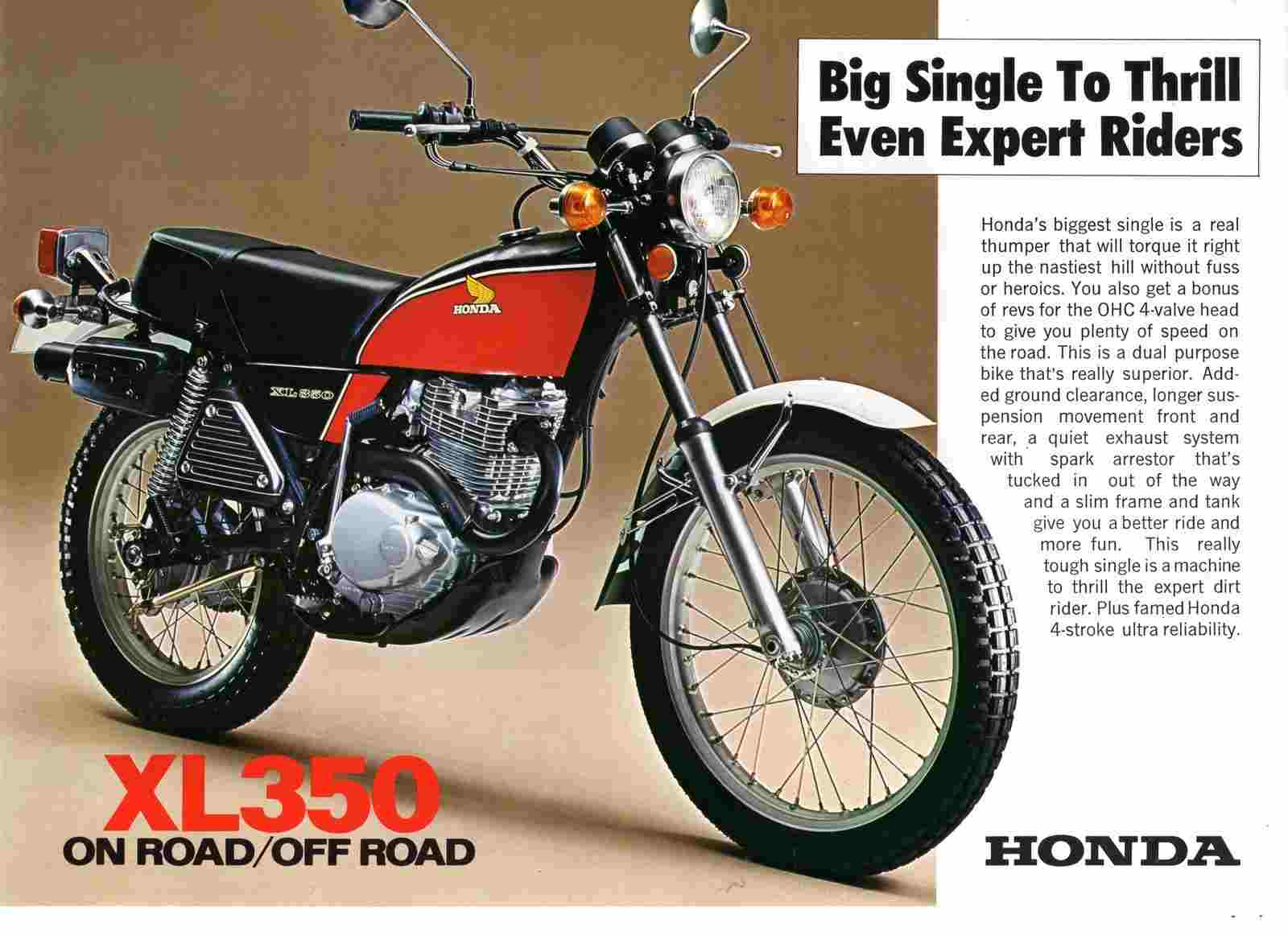
and the other side
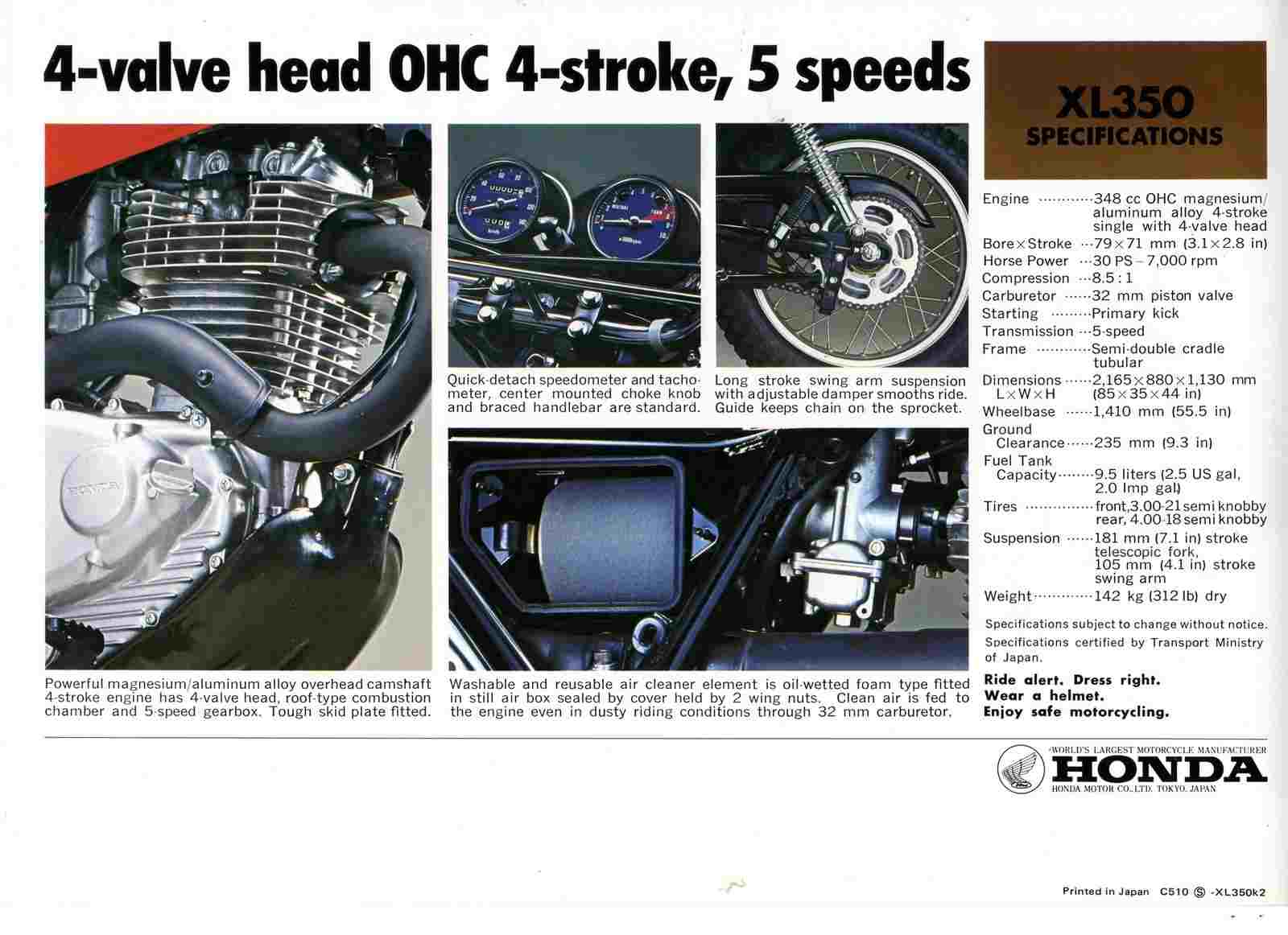
Here is a tip for you, when fitting new handlebar grips squirt them with carb cleaner inside, they will push on easily and stay put when the carb cleaner evaporates. It also helps getting old ones off.
Whilst on the subject of handlebars, (or as Honda calls them, 'pipe,strg.handle part no. 53100-385-000 ') let us reflect on the strange bit in the middle. It looks like this:
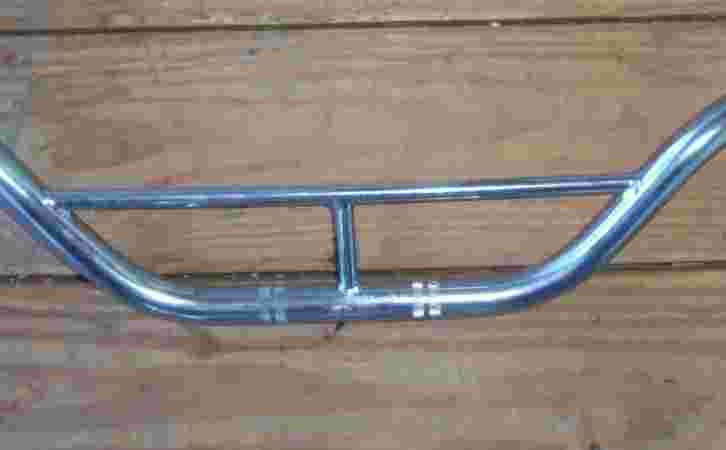 whereas the older bars looked like this
whereas the older bars looked like this 
A bit over engineered possibly? The explanation I heard was that there was an issue with the CB250 G5 in about 1974/5 when there was a recall as the handlebars were breaking in the middle. My friend Don bought a new one in April 1974 and he had new bars with a reinforced centre section supplied and fitted free by Honda. Here is a picture of such a reinforced centre on the main 7/8 inch tube in the middle...
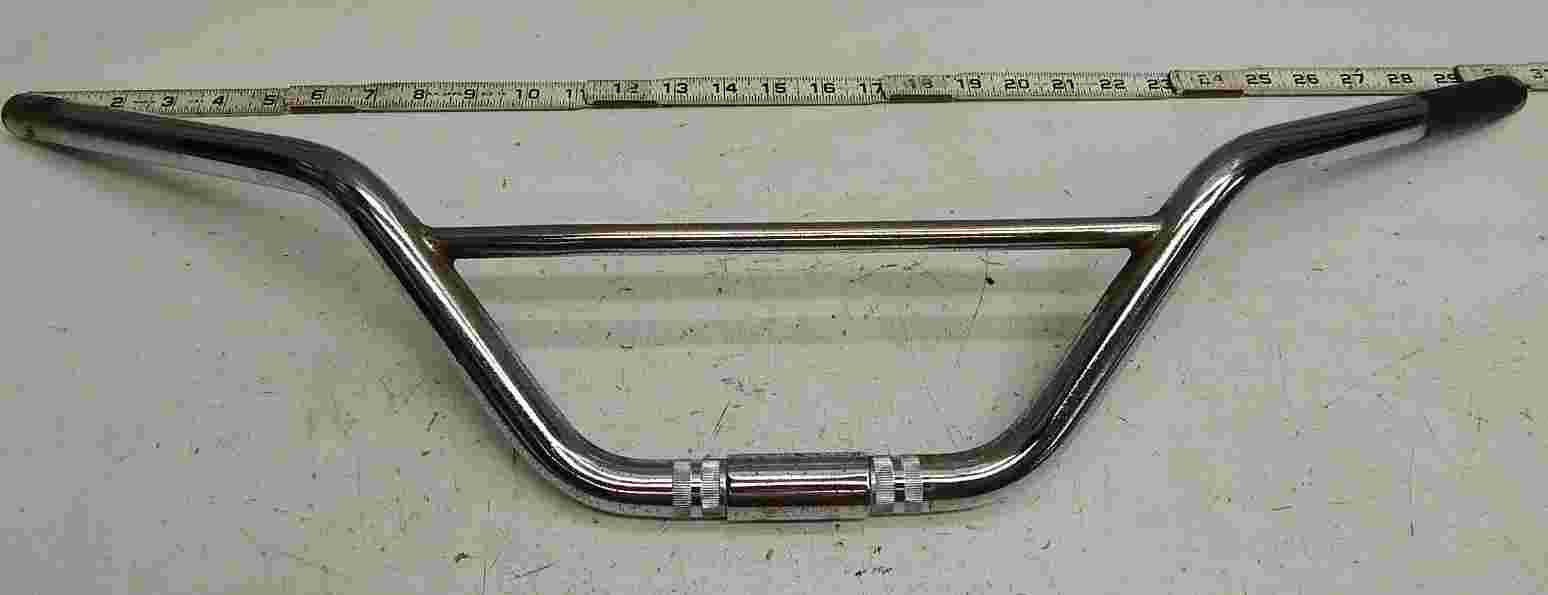
This would be the very time the K3 was being developed at Honda, so I guess that the word went out at Honda HQ not to let that happen again as recalls cost manufacturers a lot of money, and so in keeping with the off/on road image we got double reinforced quirky bars. Nice!
By the way, whilst the XL250 bars were chrome, the later (77/78) XL350 had them in the same style but black to match the 350 black hubs, purely a styling change.
Black is the new silver?
Remember how hi-fi seperates would alternate between black and silver over the years?
By 1978/9 in Honda terms black was thought to be more modern (and also happens to be cheaper than chrome) so the new models had black engines and hubs etc. and in order to make their older bikes look more up to date some owners painted their engine cases and hubs black. Here is an engine stator side cover for sale on the internet in the USA showing it was once painted black over the original silver. The 1978 US model described later had black hubs and silver engine. I think they were using up engine stock.
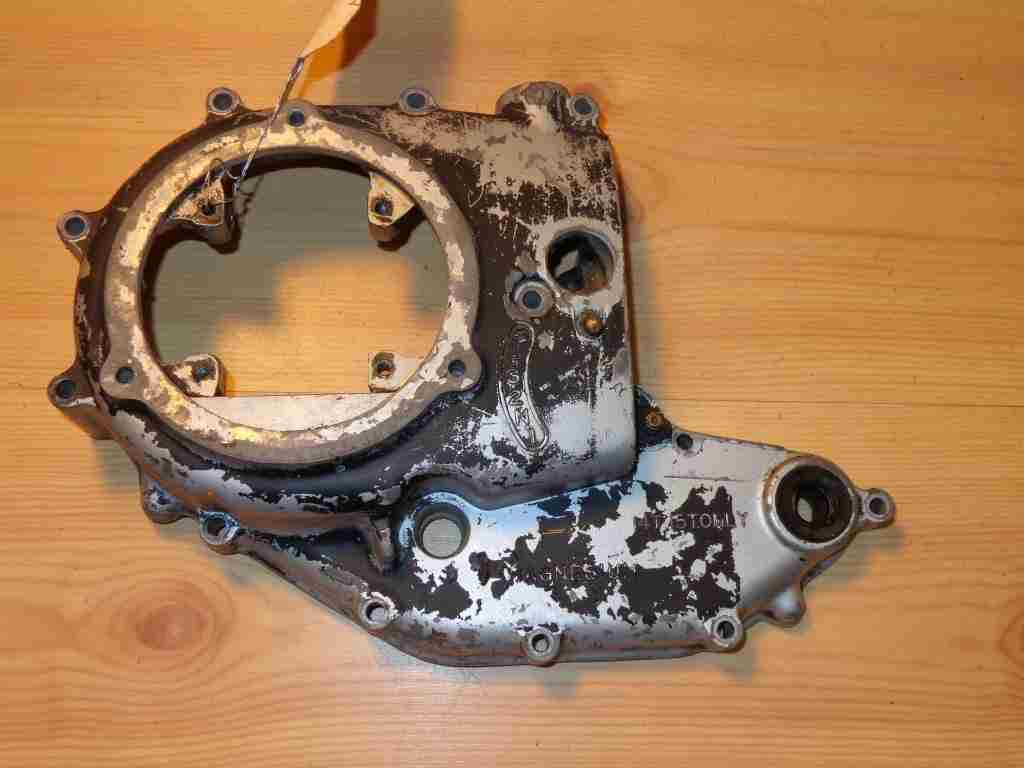
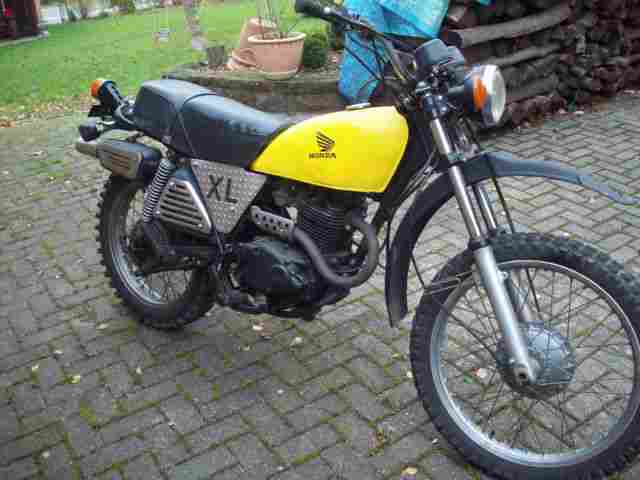
Some still prefer the black look. Dedicated followers of fashion?
Now for some stuff about Honda nuts and bolts - let's call them fasteners?
Lots of bolts on Honda motorcycles are metric FINE that means they are not always the same thread as bolts from the local hardware superstore, even if they say M10 they can be M10 x 1mm pitch or M10 x 1.25 pitch or M10 x 1.5 pitch.
On the XL250 for instance the 2 headlight mounting bolts and the footrest mounting bolts are M10 fine. Put in M10 1.5 pitch and you will bugger up the threads.
Go online and buy a cheap metric thread guage, you will be glad you did.
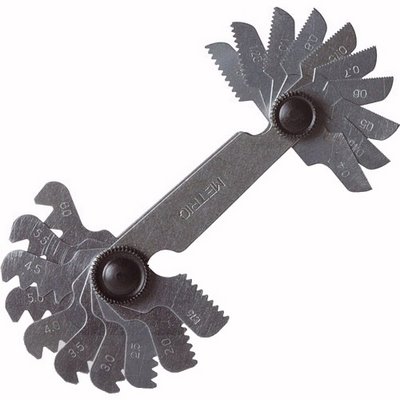
Annoyingly whilst the good old Honda parts manual does give bolt sizes, it omits to say what the pitch is. Standard heads are J.I.S. the Japanese Industrial Standard so the head is smaller and a spanner size down from the usual size in the west, which is a D.I.N. standard. That stands for Deutsches Institut für Normung, a German standard adopted by Europe and most of the world including Scotland.
Scotland is due to vote on leaving the UK sometime, I hope they do because that would be SOooo funny and we can make them show their passports to enter England. Oh wait, the entire UK nuclear arsenal is kept in Scotland.... oh well, it would be worth it!
Back to bikes.
J.I.S. can be hard to get, (especially in stainless) but real Honda J.I.S. bolts are not too dear and though not all, many common sizes are still obtainable with the H on the top..
The 'Pozidrive' bolts/screws such as those round the engine side covers are in fact not Pozi or even real Philips head (though they look it at first glance) they are J.I.S. too and the screwdriver is similar but different!! There is a good explanation of this here. Buy a J.I.S. one and avoid damaging the heads.
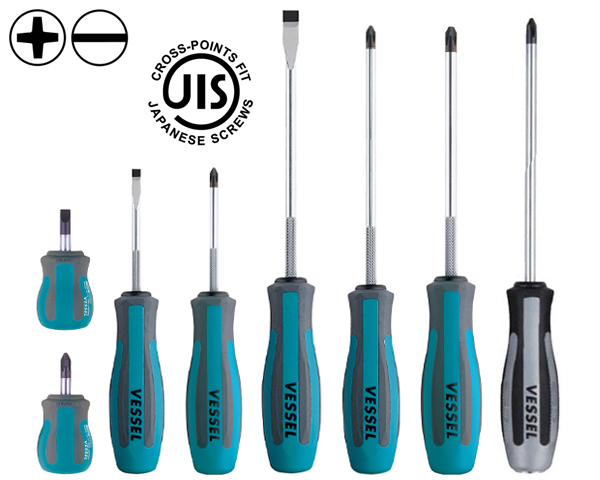
By the way readers (if anyone ever reads this I'd be pleasantly surprised) I have bought some great bolts from Megapack quite cheaply and the right head and thread.
What is a bolt? A bolt doesn't have thread all the way up to the head, because that's called a setscrew. Length of a bolt or a setscrew is measured from under the head to the end UNLESS it is a countersunk head when it it measured from the top of the head. Honda are also known to use some odd sizes like M7 in their engines - in the XL250 see part no. 90081-246-000 as an example. There are even M7 bolts elsewhere on the bike.....give up? The part number is 90155-369-000 and they are the bolts at the top of the triple tree/top yoke. Those are not easy to find in a hardware store! M7 use an 11mm spanner.
lets have another picture ....
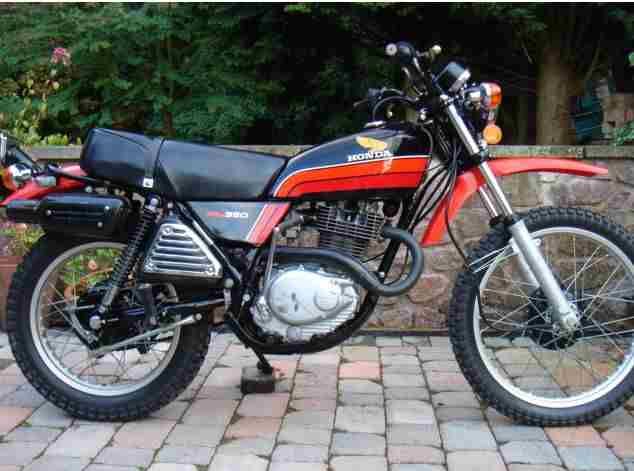
The 1977- 8 XL350 in the US has a cosmetic makeover. I have the remains of one of these in the garage. Note black shocks and hubs too. A taste of what was to come.... A nice bike. I wish it was mine. Mine does not look like this one. Sigh! If you are interested you can look at what I am doing with mine HERE .
Here's the 1978 brochure (left click to enlarge then same again to see it better)
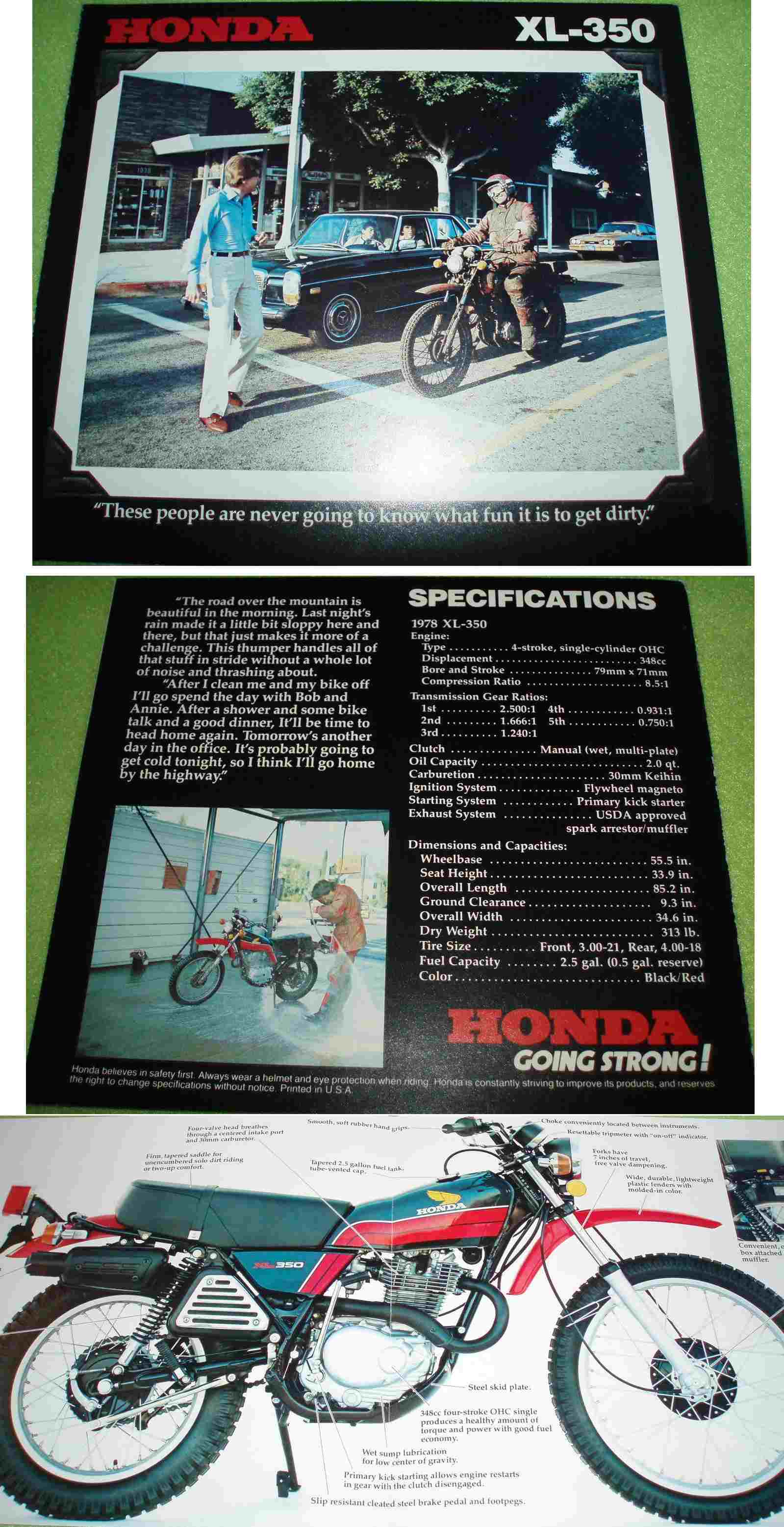
It should of course be a small 'i' after a comma, (dinner, I'tll) who wrote this crap Bob?
Keep your shirt on...
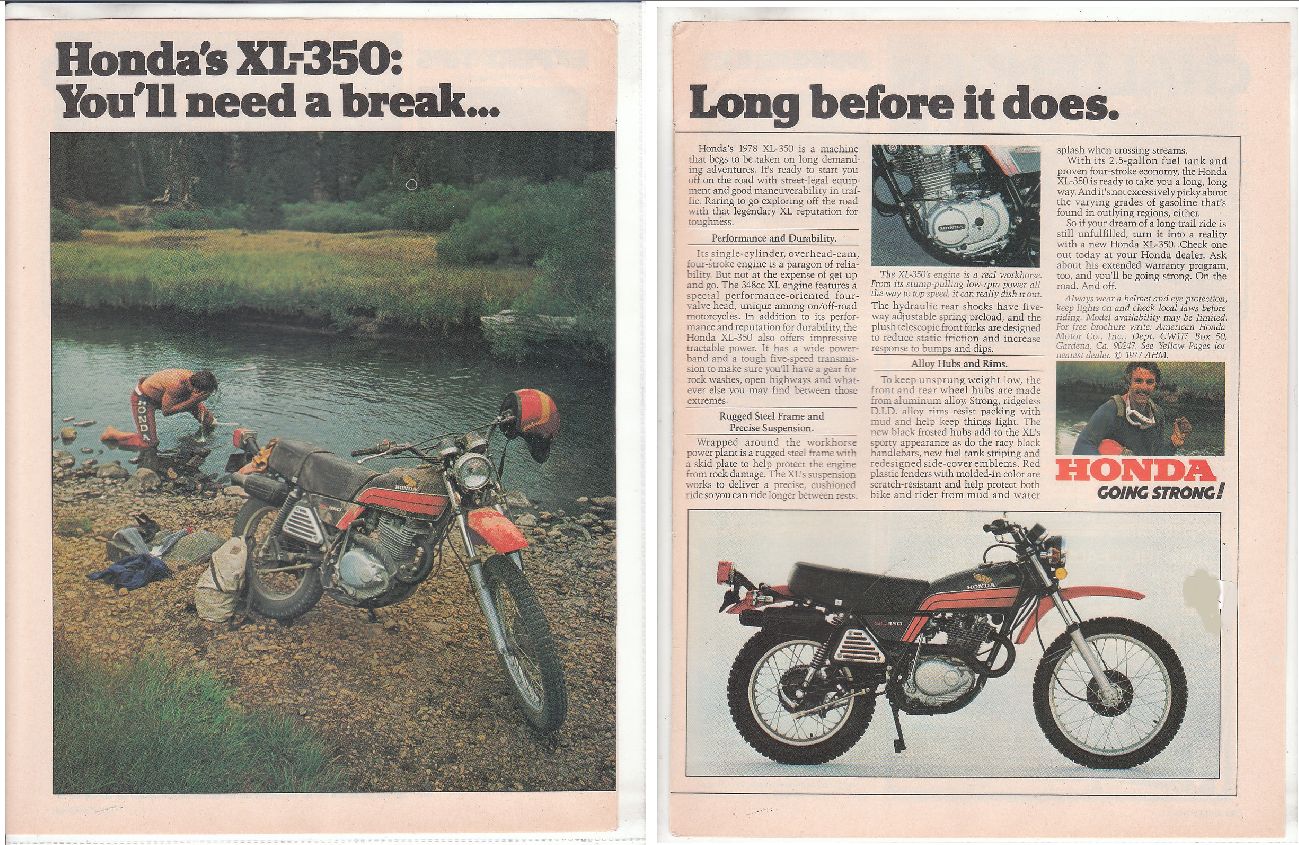
This ad is from 1975 whoever wrote the copy at the bottom may have been on acid..
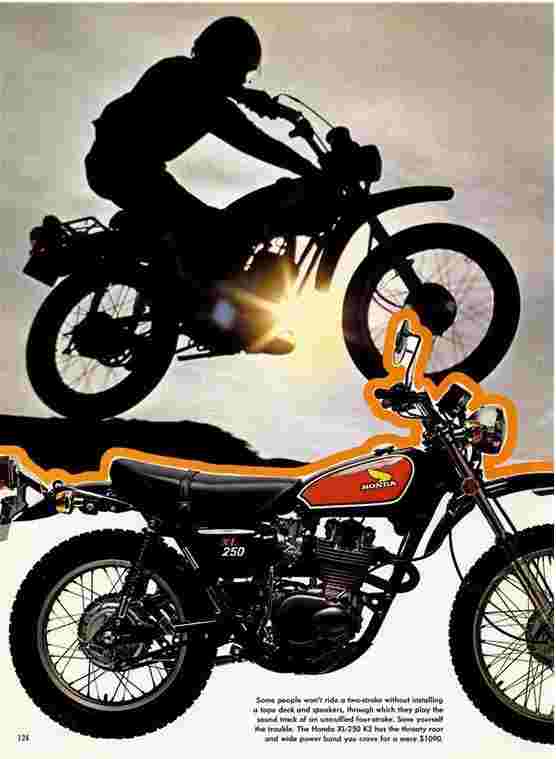
I can remember when $1090 was a lot of money.
Time for an '75 XL350 Honda Dealer sales brochure but notice something odd? What happened to the 'roller type chain guide?' (bottom left) By 1976 there wasn't one. Seems that there was such a guide on the XL350 in '75, it looked like this:
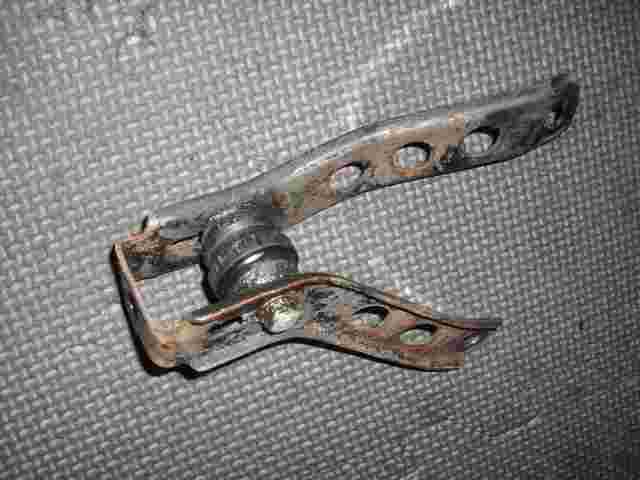
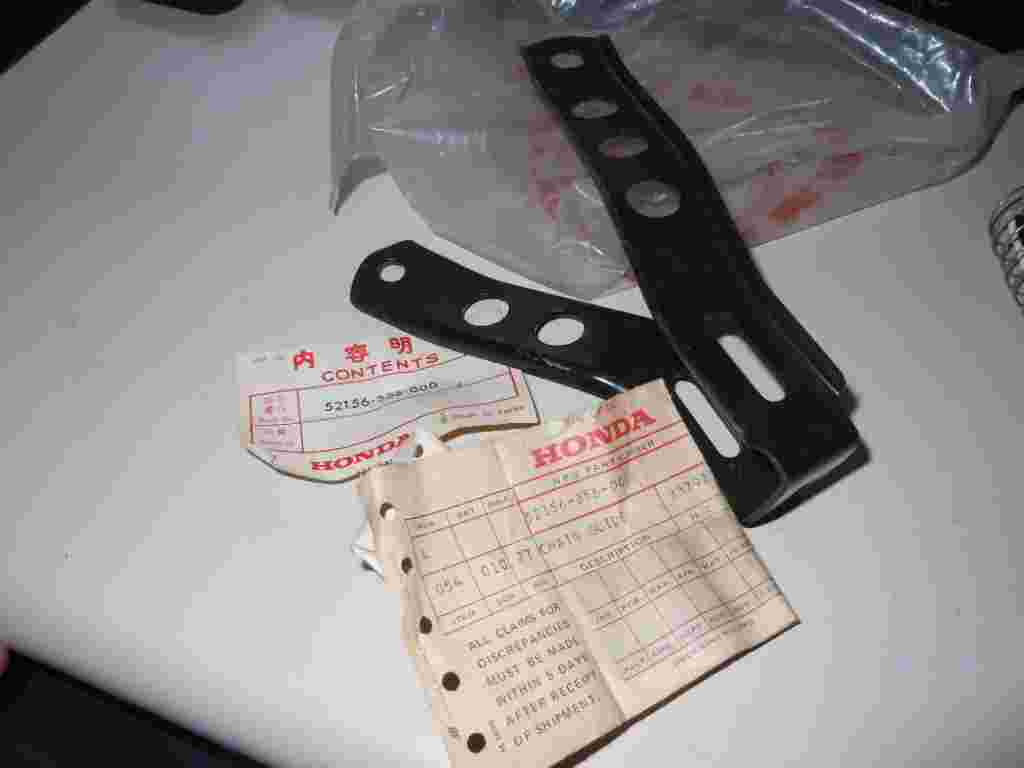
turns out the arm is part number 52156-356-000
I'd never seen this before I found these both on sale on ebay USA today; notice how there are elongated slots to allow the roller mounting to be moved up/down.
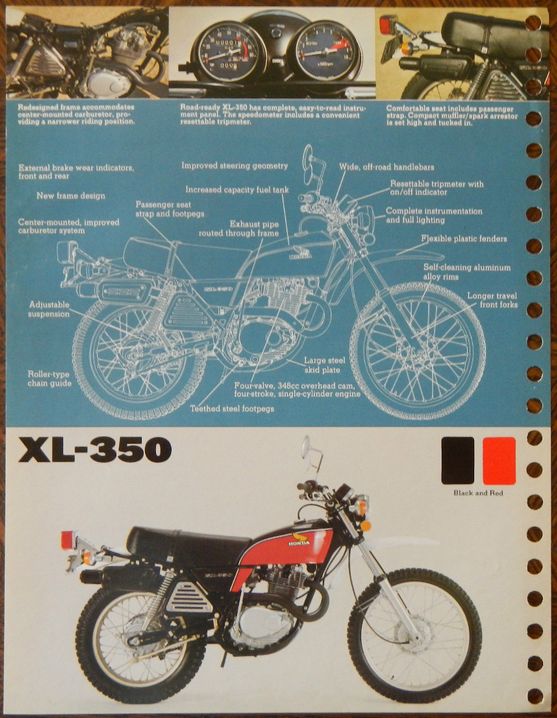
In an effort to tidy up this long page, I have moved the section on the bikes' electrical system to HERE
and the lots of good stuff about the XL 250 exhaust system to HERE
I have heard it said that the xl250's do tend to run a bit rich, and that if you have a sooted plug after a run with the choke off, (check it is really going off when pushed down) it probably means you are running too rich. Sometimes the cables get kinked near the ferule, and the kink can trap the inner of the choke cable.
The original choke cable is hard to find but the pattern ones are readily available and are OK. The original says 'choke' on it, the pattern ones usually have a choke symbol on them. I got a NOS one from Canada. It is still the only one I have seen for sale. Ever. I have a page about the choke cable you might find useful HERE.
If too rich, then you can drop the needle a notch. Easy to say, but you need to take the carb off, remove the lid, bend down the locking washer, undo the 10mm nut, remove the slide, remove the clip, drop the needle then put it all back in reverse order.
The needle is set as standard on notch 3 of 5 ie. in the mid position. Dropping it down one will lean the mixture. Similarly the standard spark plug the NGK D-8ES-L is a mid heat dissipation range plug. An explanation of the numbers on NGK plugs is below. See if you can figure out what D-8ES-L stands for.
I recently replaced the stator cover on my rebuild bike, it turned out to be a bit harder than first thought, you can read about it here
1976/7 advert, the message is clear - get yourself a Honda XL and you will get a girl (and very white teeth! Or are these The Osmonds?)
On the road bike there were a few rusty chewed case bolts so I thought I'd change them. This shouldn't take long, but one wouldn't come out, no way, even after much screwdrivers, hammering, chisel, pipe wrench, cutting slot with angle grinder, and so on so I ended up arc welding a bolt to the damaged head and slowly undid it with a ring spanner. Result! That's a technique I last used in 1978 when I couldn't undo the rounded off oil filter bolt from my Honda CB400 Four. Sigh!
This is the US frame with a different and more substantial steering lock fitting, ie. the big lug on the steering tube, which in real life looks like this:
Did you realise that there are 2 different shock absorbers for the XL250 K3 both made for Honda in Japan by the SHOWA CORPORATION? One is basically narrower than the other, and the top spring collet is different. The parts from one will not fit the other.
As you can see the top one is narrower than the bottom one. Likewise the top castellated spring adjuster is narrower than the bottom one. If you want to re-use your springs etc you can't buy the wrong centre damper bit.
My advice if you want some new dampers? The chrome spring ones are rare (and very expensive if you find any) and if second hand often tired, and cannot be repaired if they leak, so buy the 1978 XL350 ones from CMSL with the black springs and have the springs chrome plated. The part number is
52400-385-700 CUSHION ASSY.
They are about 150 euros each. That's cheaper than just the centre oil filled damper bit.
Let's have another Honda ad! I am not altogether sure what point Honda were trying to make in this old K1 advert? The guy has an XL350, his girl (or is it his sister?) has an XL250 and they get out and about and like buying junk from old ladies (or is it his Mom?) Huh?
So you have nearly reached the end for now, I hope you looked at some of the links, but here is a new one that is about renewing the rear brake arm and stuff like that, find it HERE
Another random schematic, this time a cylinder head.
Maybe it would be nice to see the Honda Dealer Toolkit for bikes such as the XL250? It is called "Kit 'D' Motor Cycles up to 400cc".
They sometimes come up for sale but are rarely 100% complete. They were very expensive to buy from Honda.
I picked up the wheels this morning, they are fab, cost £175 for the 2 including removing old tyres, remove old spokes, clean up, respoke, true, new rim tapes, refit existing front and new rear tyre I supplied. I think that is a bargain. So, I refitted the wheels today, also a new front brake cable, a new chain and a pair of chain adjusters, a new front wheel nut as the old one was corroded, a new rear brake hub spring, and the oversize rear tyre (4.60 x 18) looks cool and rides well see piccy below.
I didn't realise that when I bought the genuine Honda chain adjuster bolts they would each also have a flanged M8 nut in the packet with them. However the nuts were awful, they were soooo tight, that I couldn't get them onto the bolts without running an M8 tap up them first. Odd for Honda san.
Look closely, oops! the rear brake stay is fitted wrongly at the front, should be in between the 2 swinging arm lugs, but someone (previous owner, not me) had it on the outside, and squashed the lugs together as one by tightening the bolt so hard.. of course it isn't like that now.
In the end I decided that there was plenty of life left in the original brake shoes so I kept them on. The new ones can go on the shelf for the rebuild bike.
The hardest bit was removing the speedo cable from the front wheel gearbox. The M5 screw was chewed and I couldn't get it out ('again') so I opted for the old welding of a Philips cordless screwdriver bit into what was left of the cross on the screw head and undid it with a small adjustable spanner on the hexagonal shaft of the bit. The only other alternatives would be harder and have made more mess. Doing it this way isn't for the faint hearted. Does this look familiar?
I then eventually fitted the right JIS countersunk raised head M5 with a smear of red grease.
because were not on them, nor My Face or Your Space or anything.... here's a tweet for you "get a life" no-one cares that you are catching a bus or walking your dog or waiting in a queue at the post office or looking for a birthday card for your mother. Nobody.
One day everyone will deny they were ever on Twitter or Facebook, trust me. Remember, when you go for a new job they look at your facebook page...
End of Social Media Rant.
Crikey! Some deeply poetic words from 1972/3 from an Aussie presumably, about his bike, his girl Jane and the smooth strokes when they have a ball together..... I wonder which he loves more? I think it's the Honda, but you decide.
Now I don't want you all to think I have my head up my arse about Hondas, I also have some BSAs (1937 and 1938) and an old Connaught from 1923, plus this everyday bike for popping out for a ride through the Derby Dales and having a small cold beer outside a country pub on...
If you missed some of them, here are some easy links with super new 'did it myself' rollover buttons! Is there no end to this man's website talents?? Yes..... yes there is.






 calls a cheese eating surrender monkey, in France, belonging to M. Clement Bour it's very very nice indeed.
calls a cheese eating surrender monkey, in France, belonging to M. Clement Bour it's very very nice indeed.

 (part 21 below)
(part 21 below) 








 (this one is a wasp)
(this one is a wasp) 



 might become
might become 














